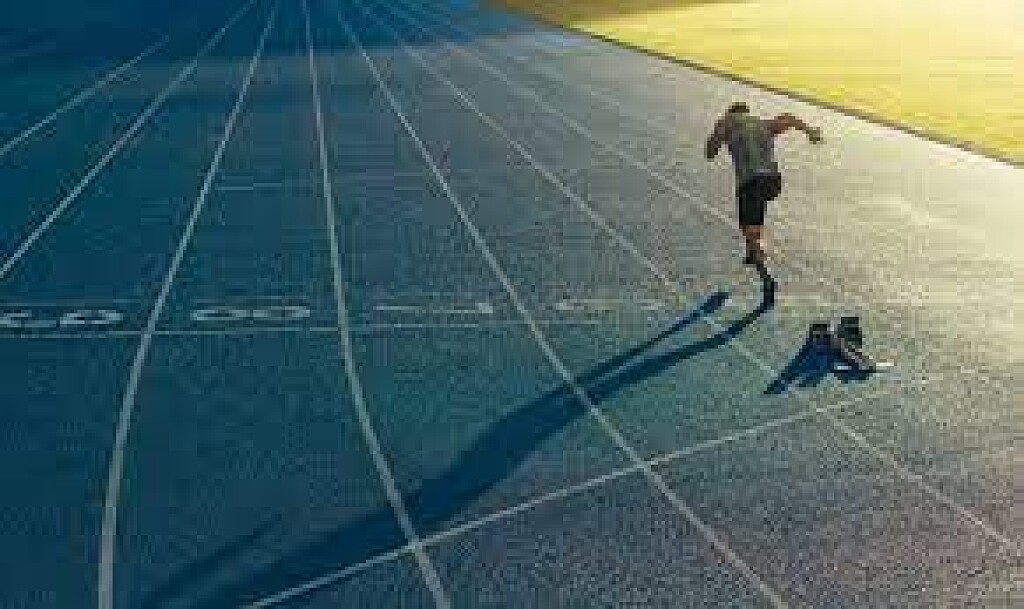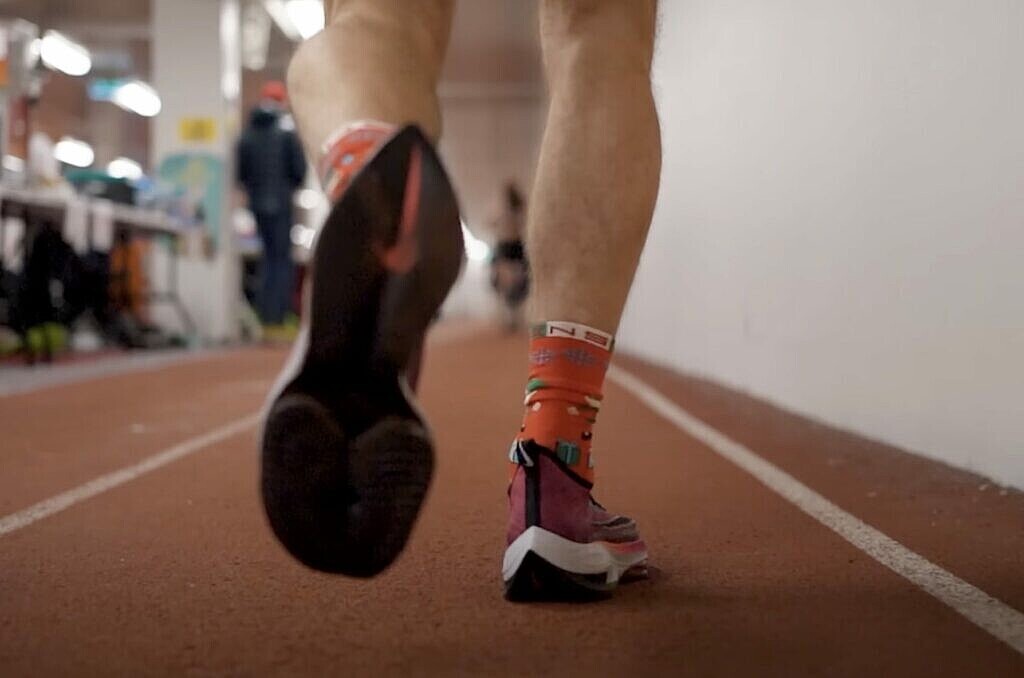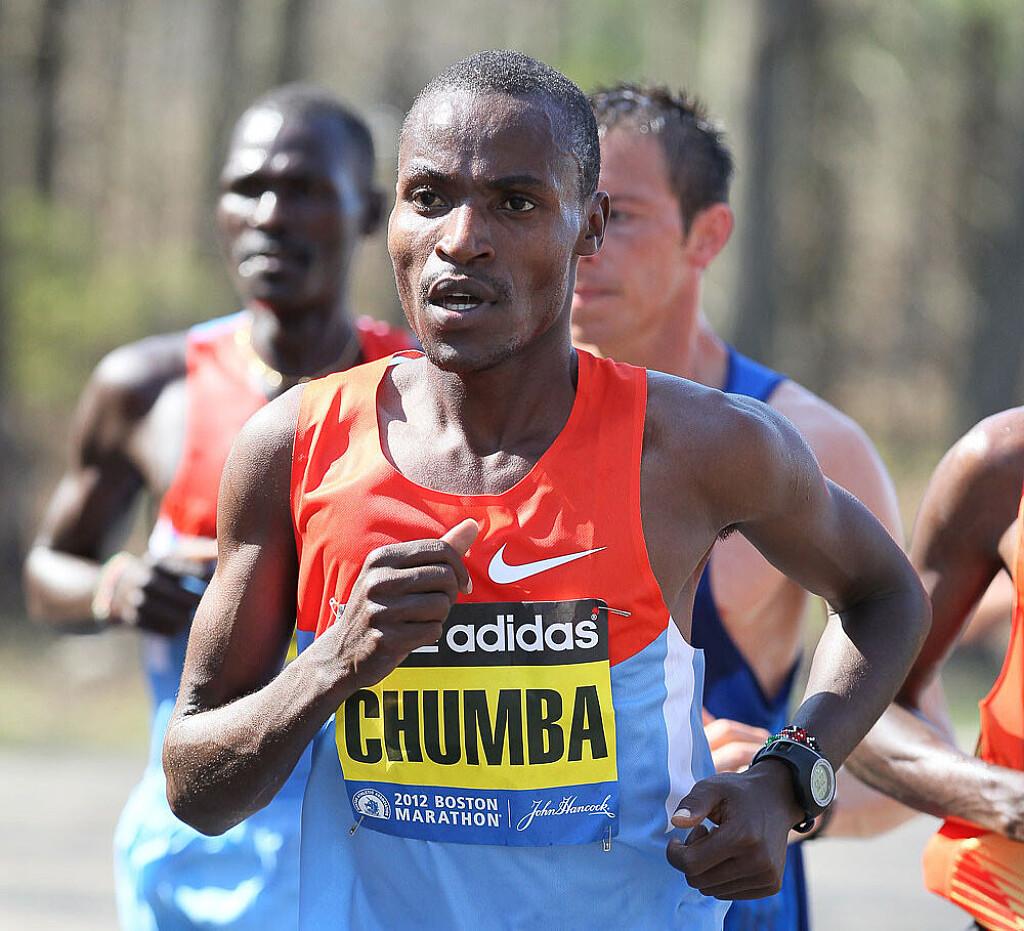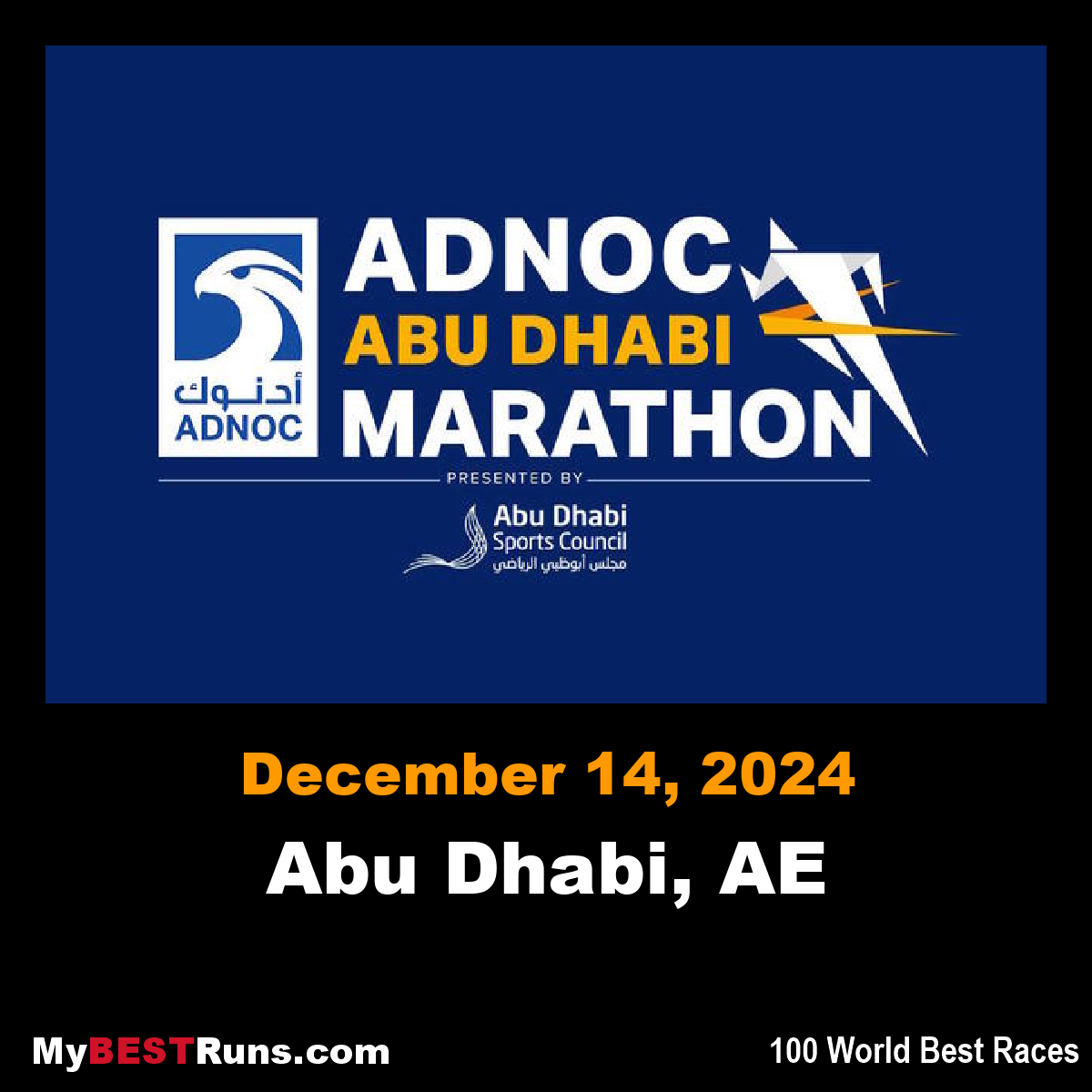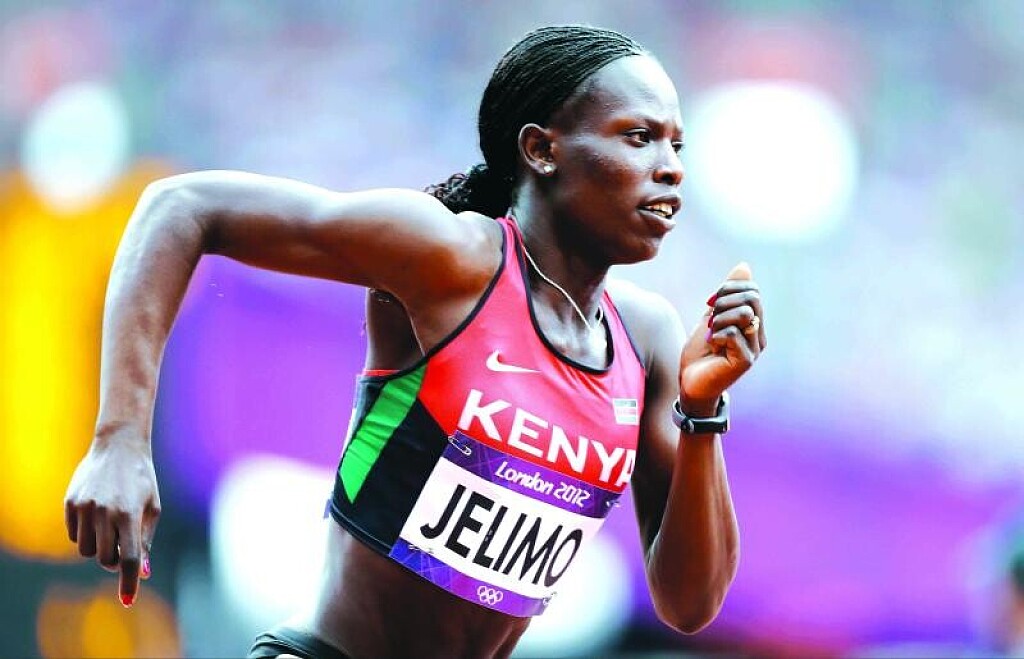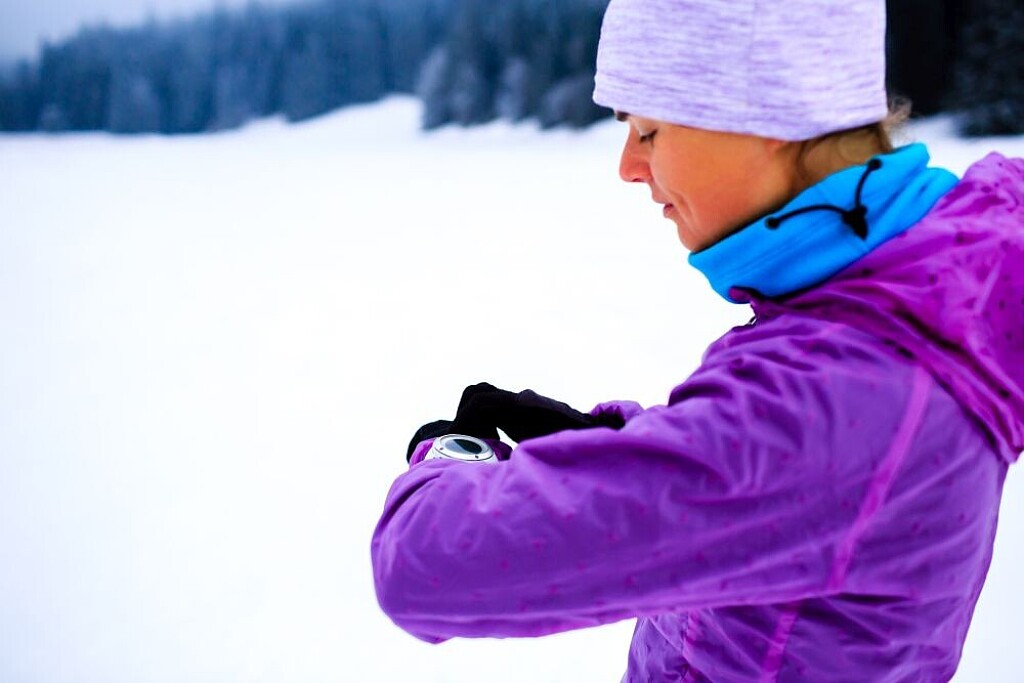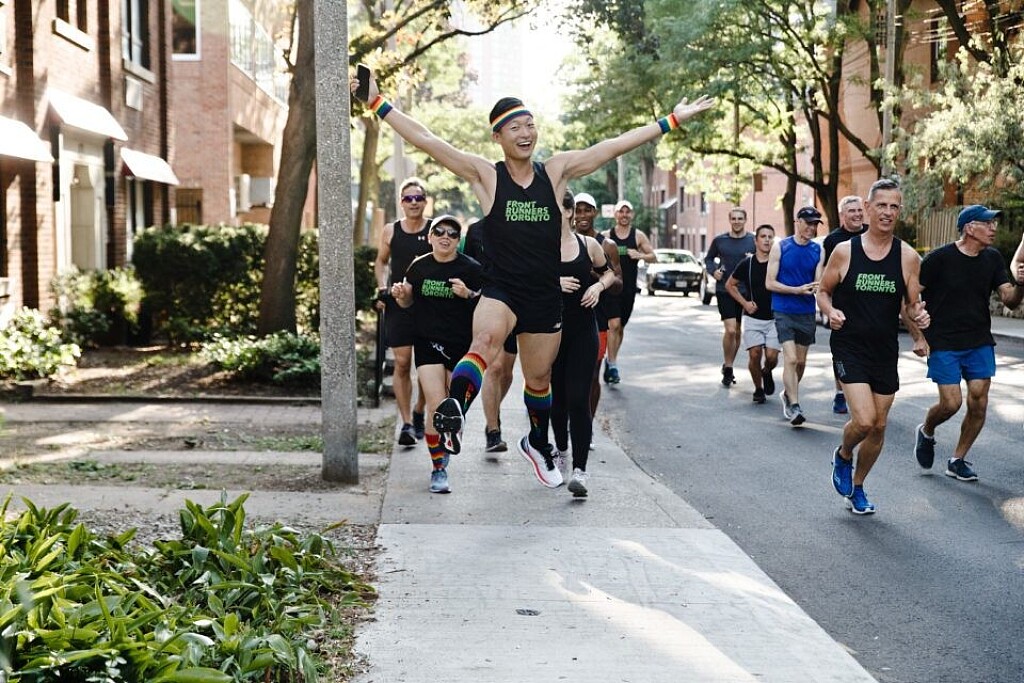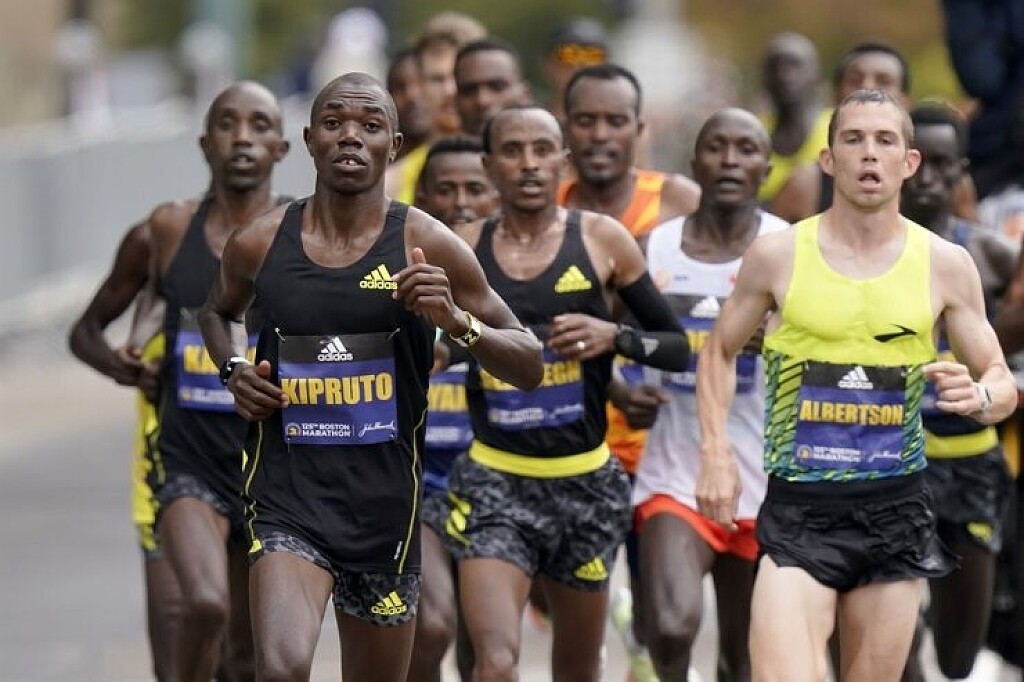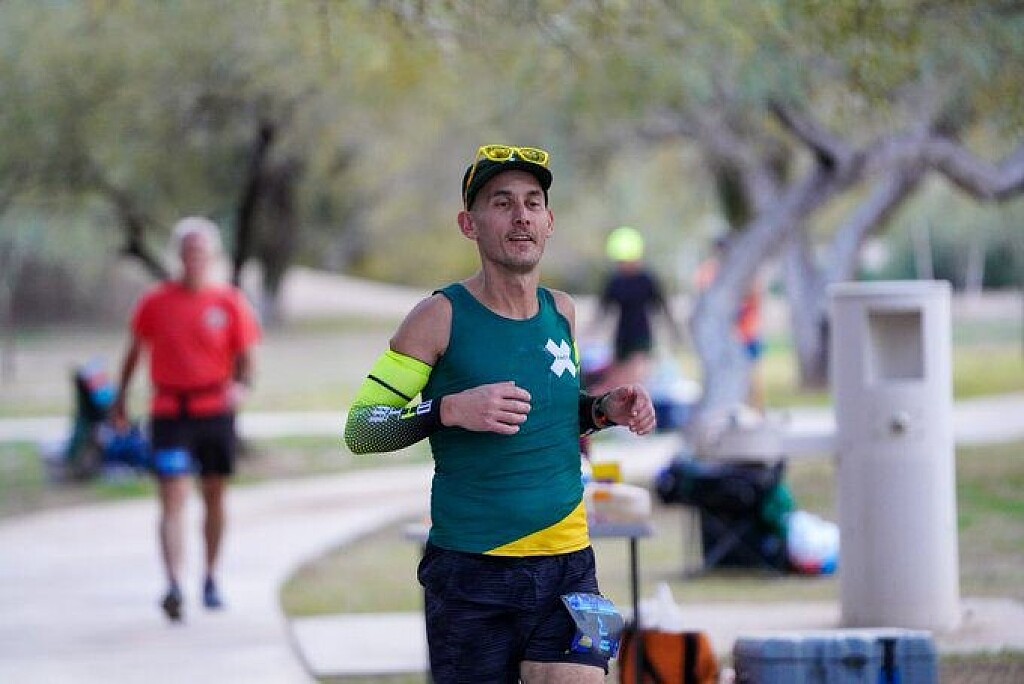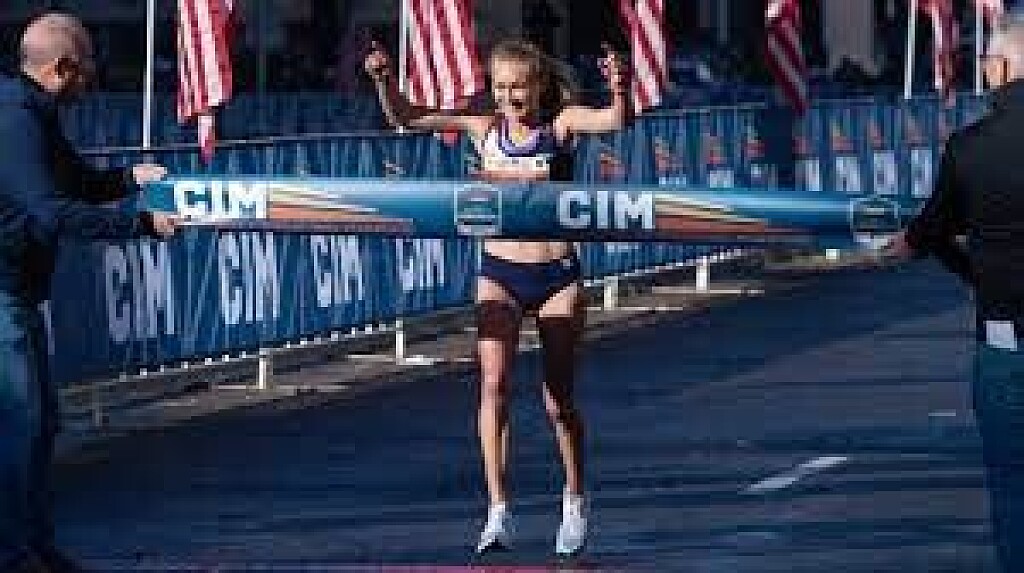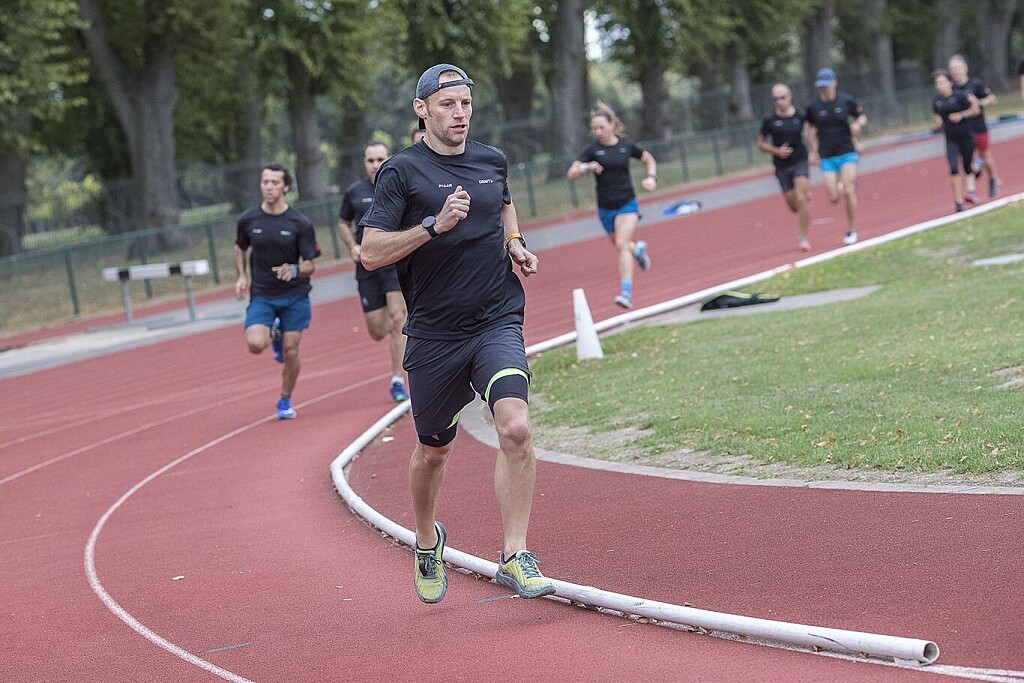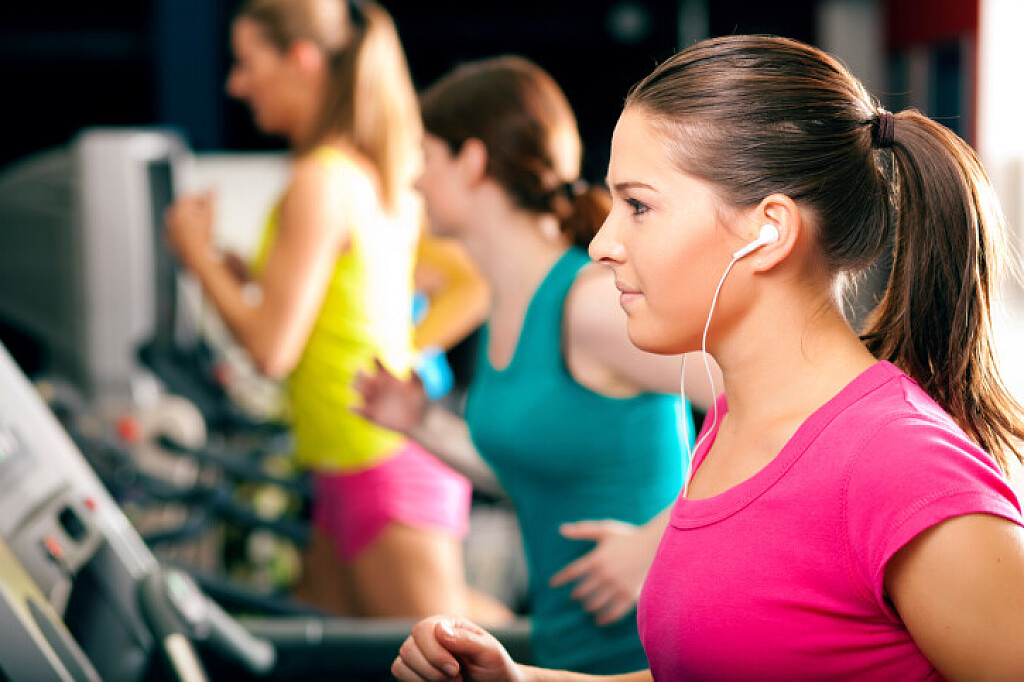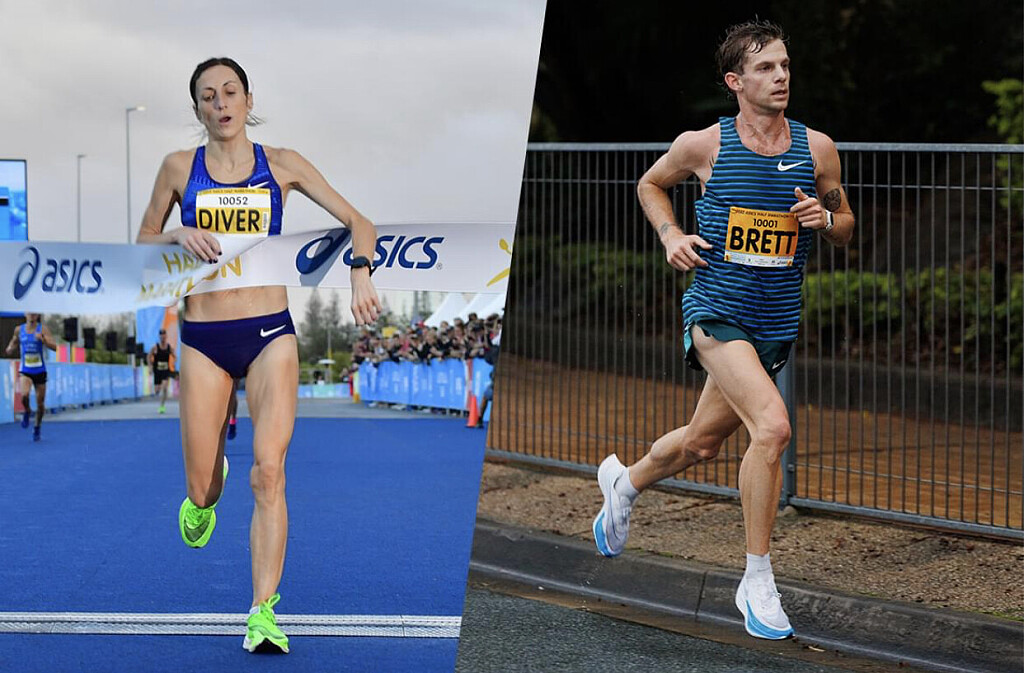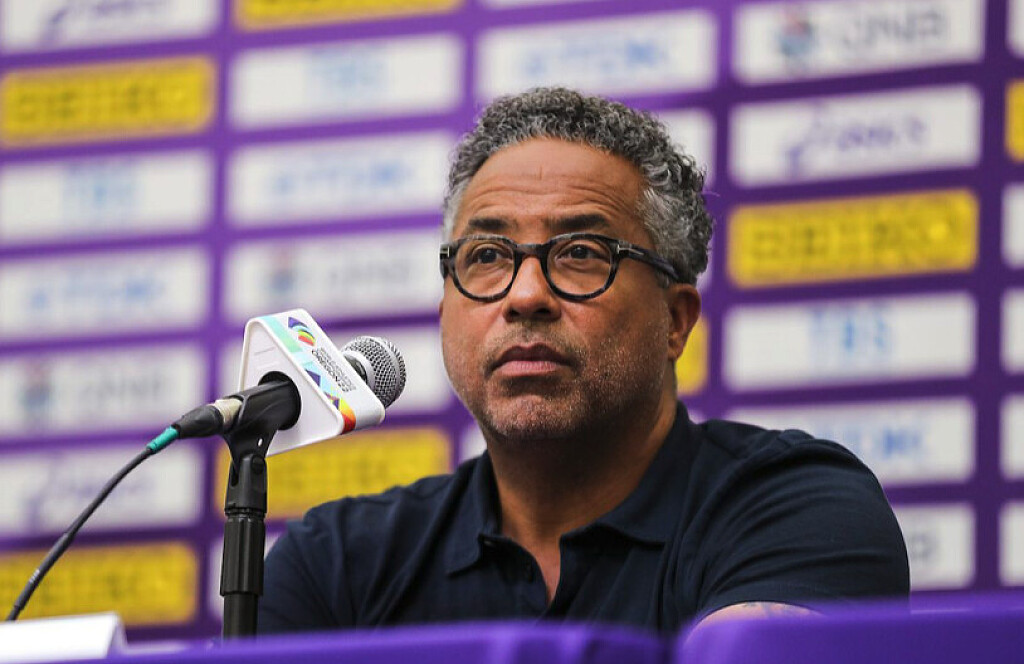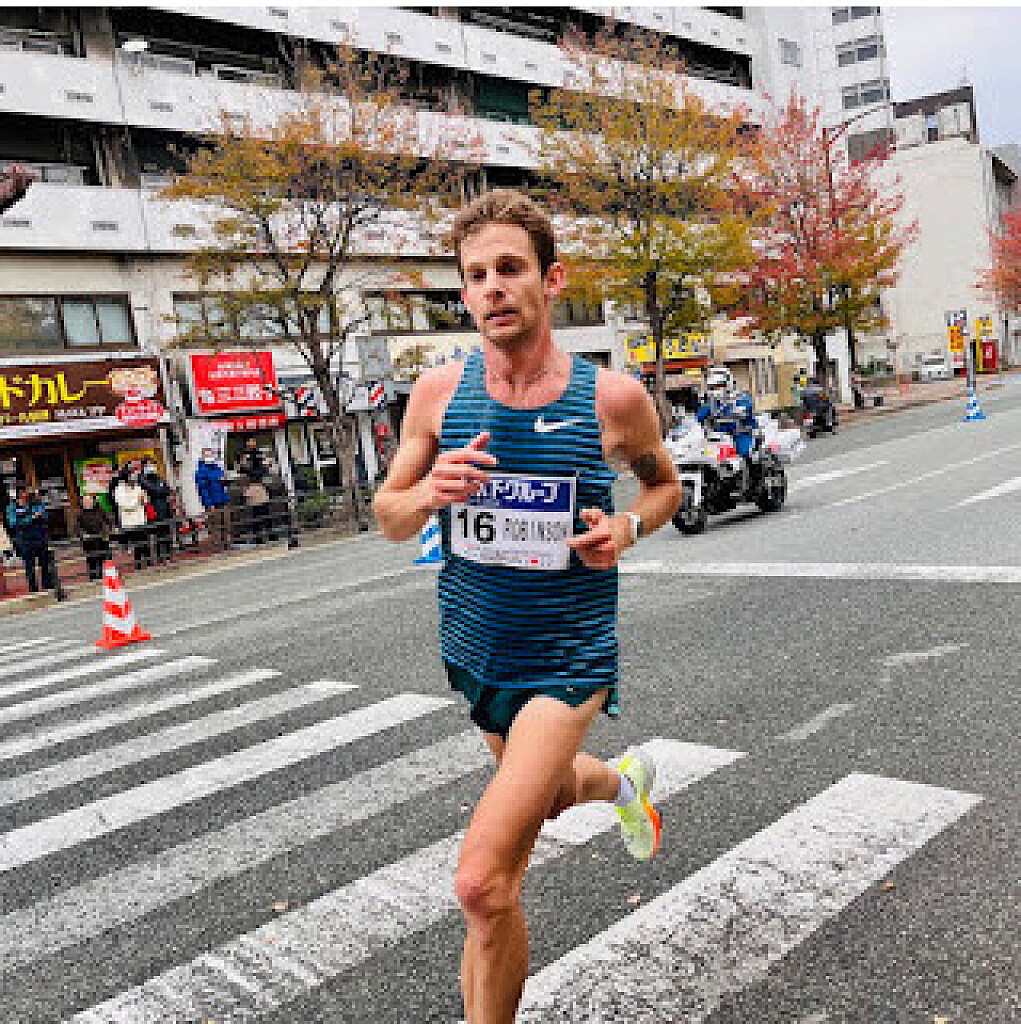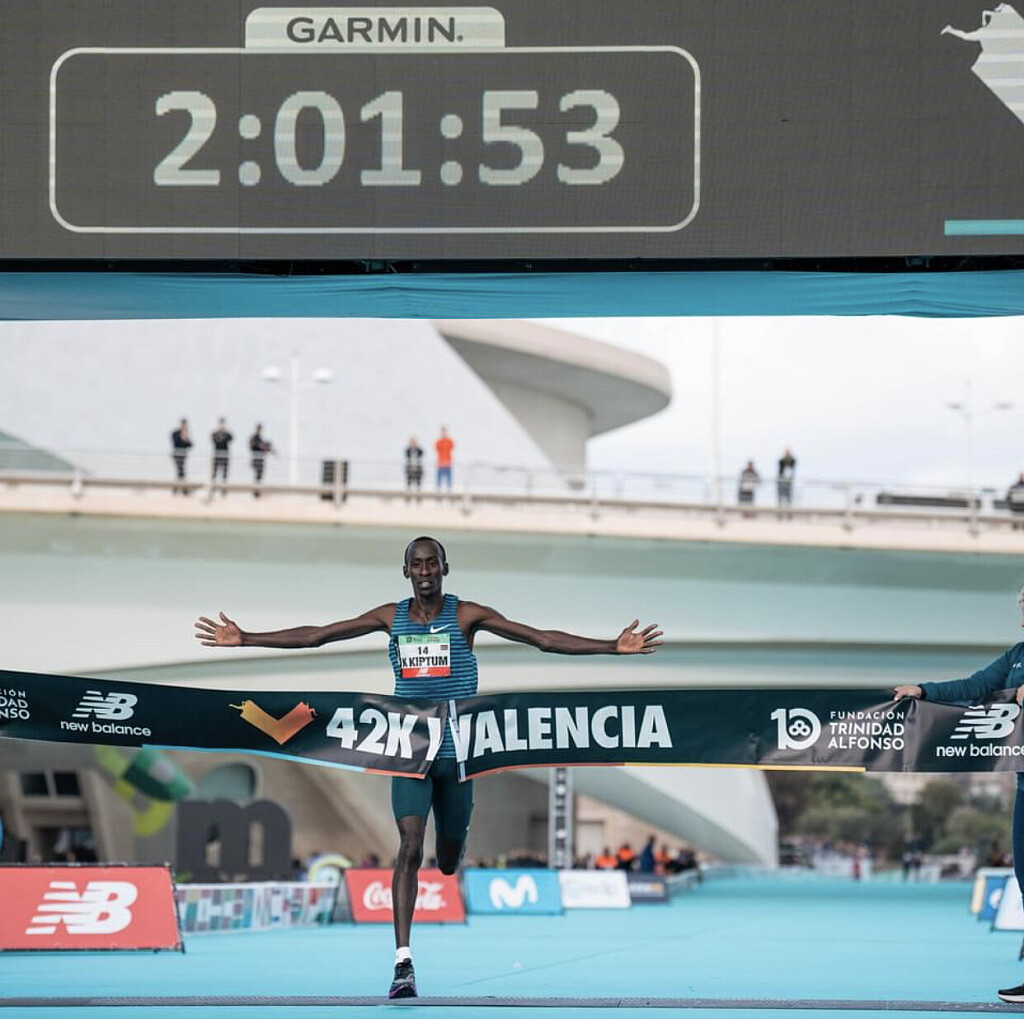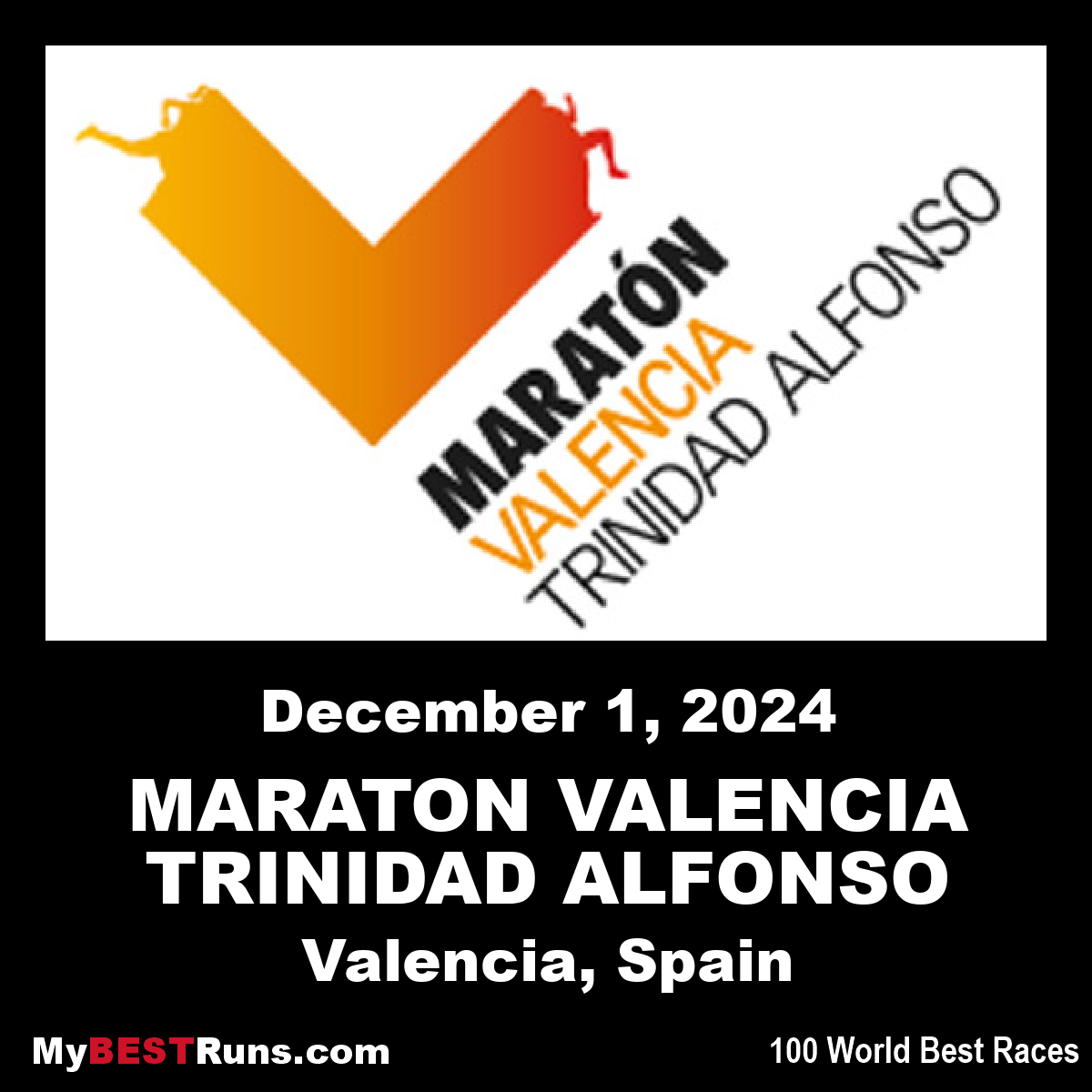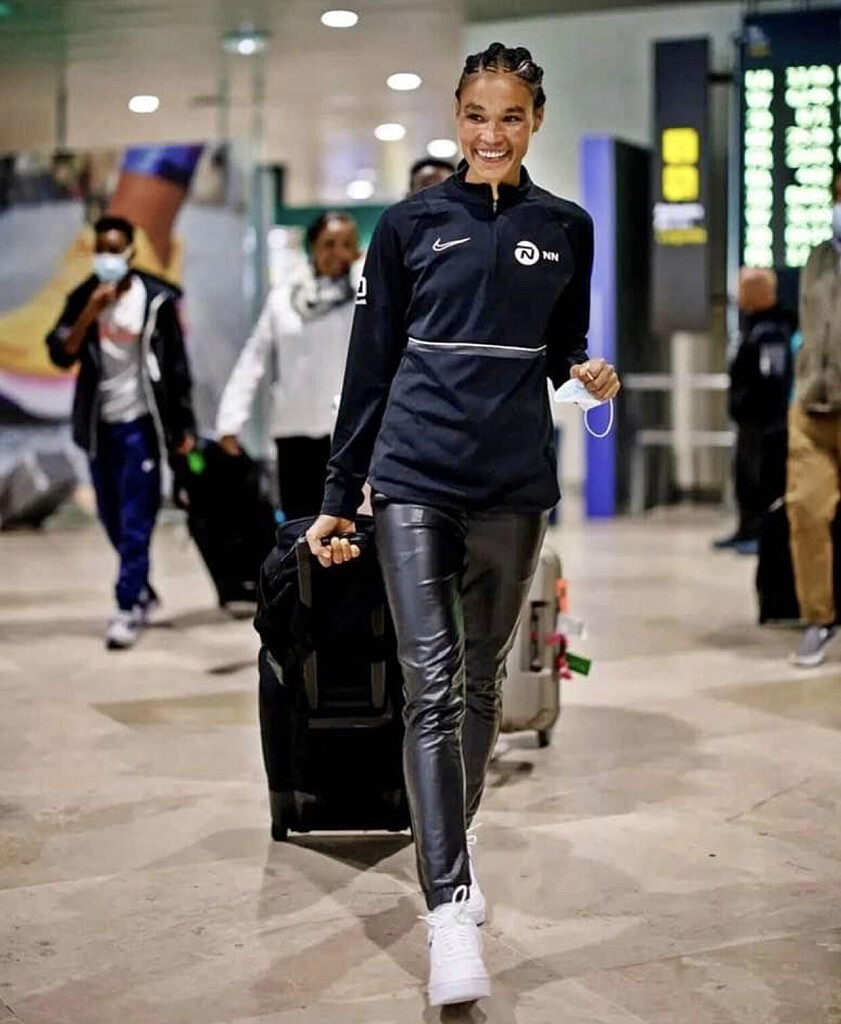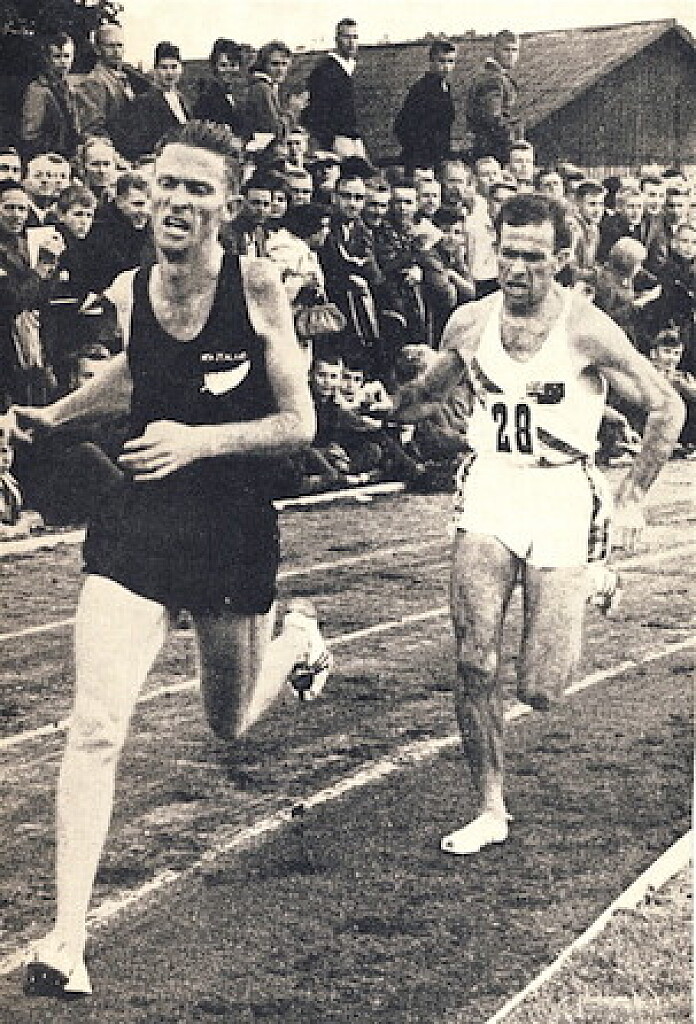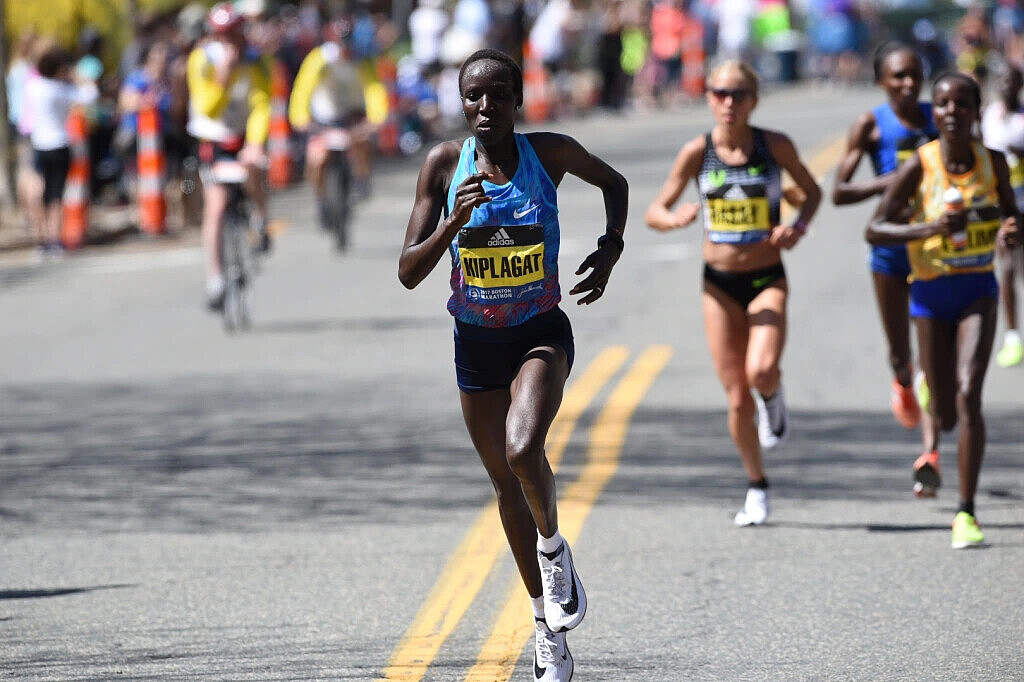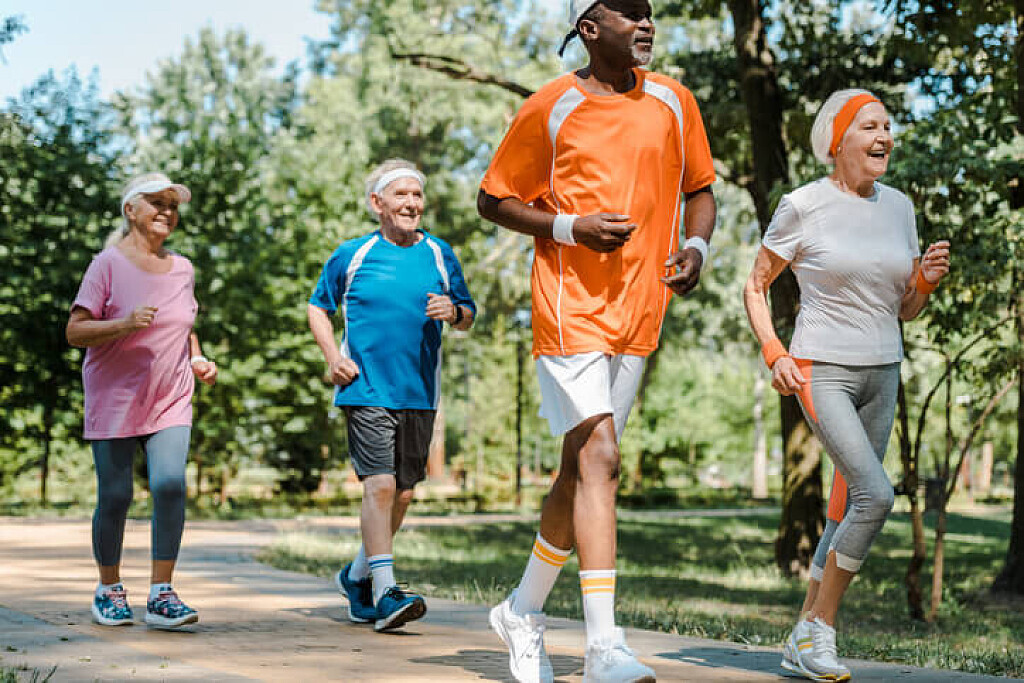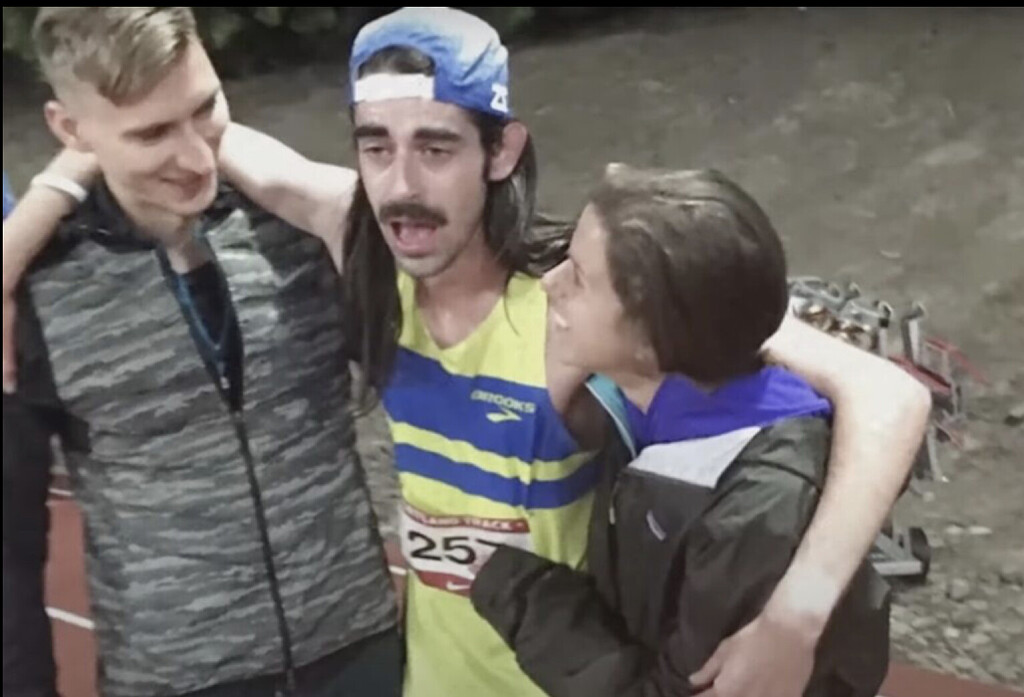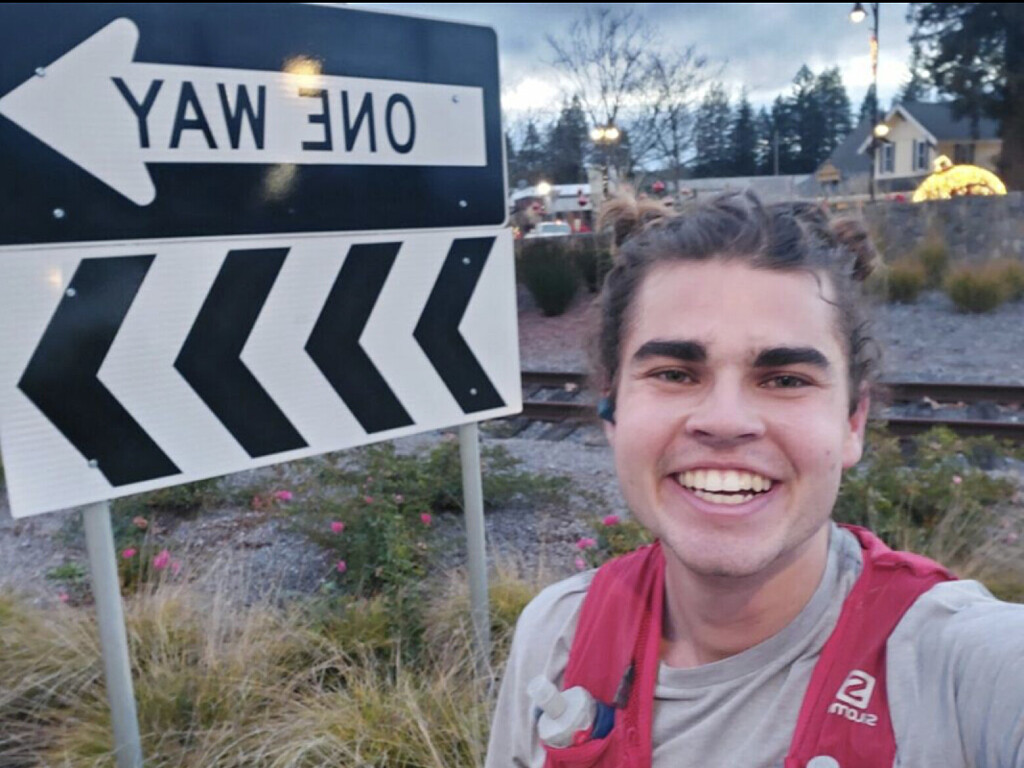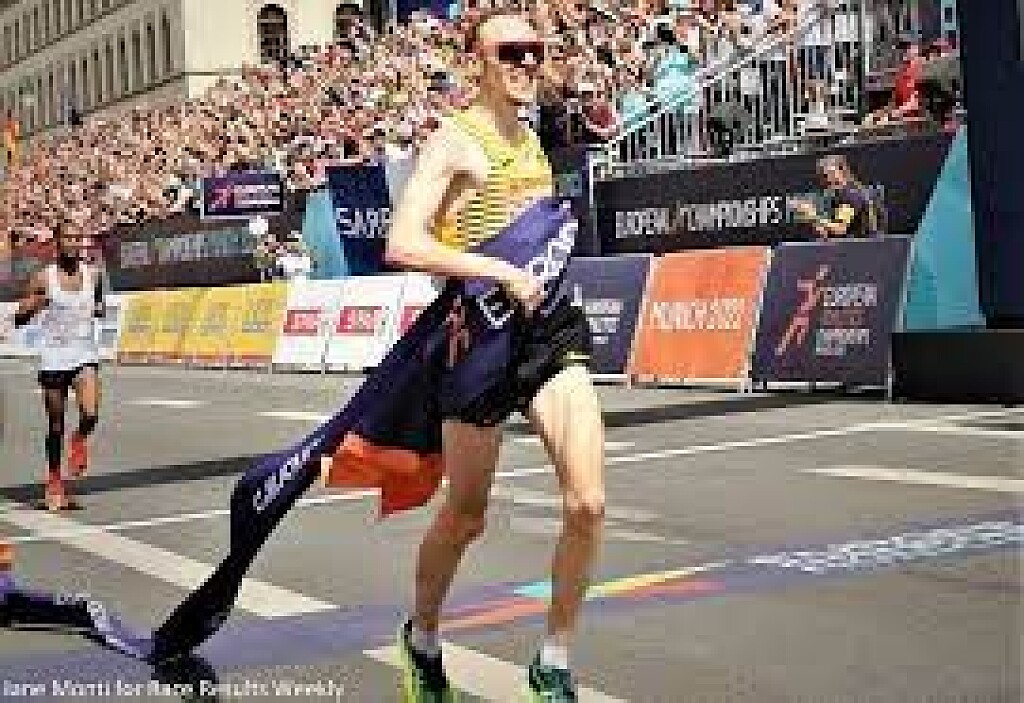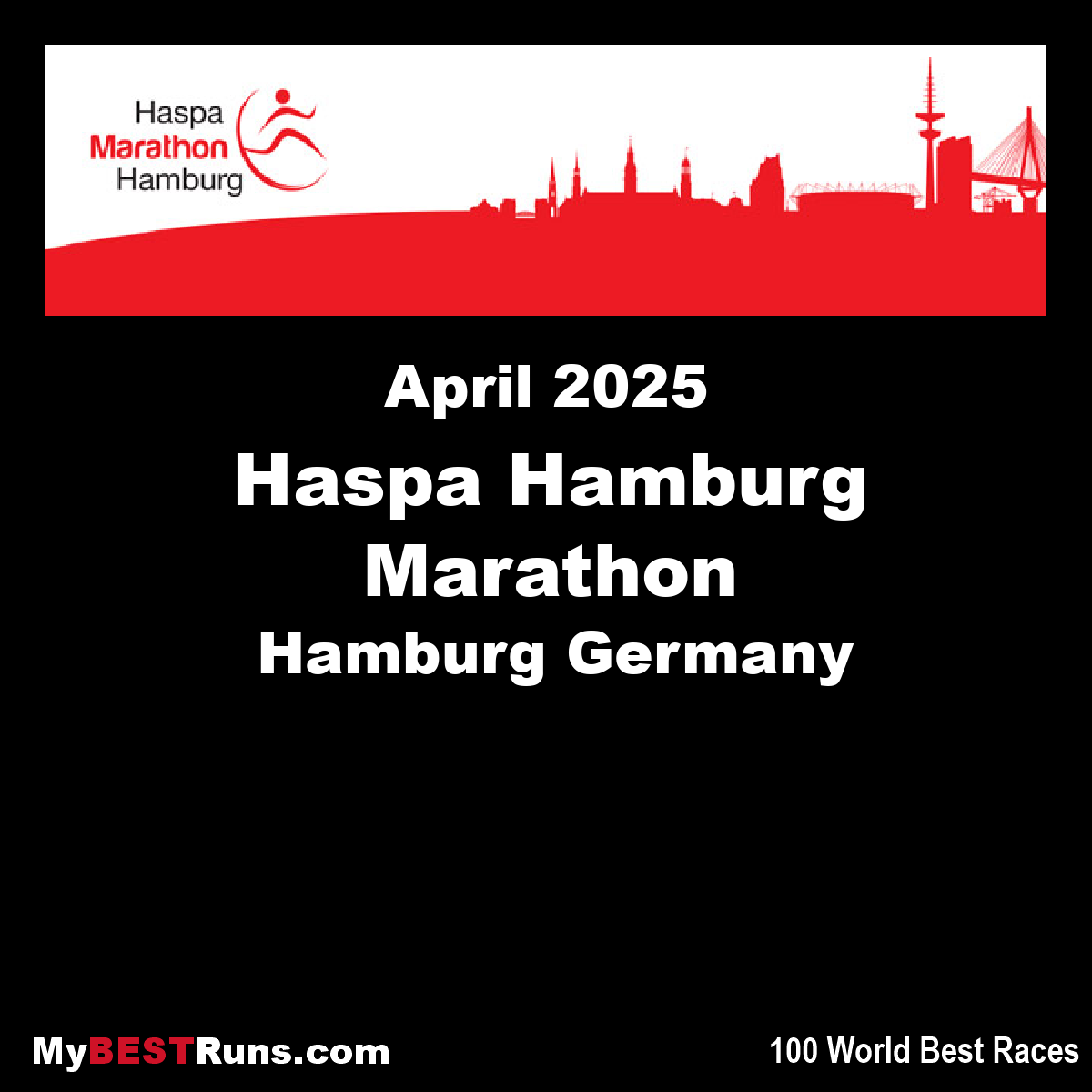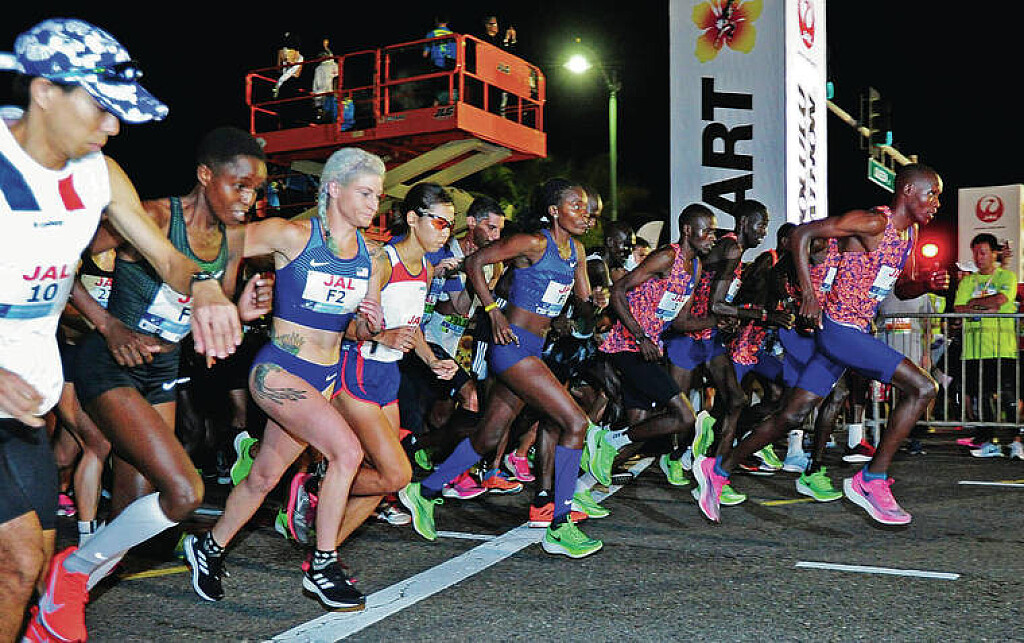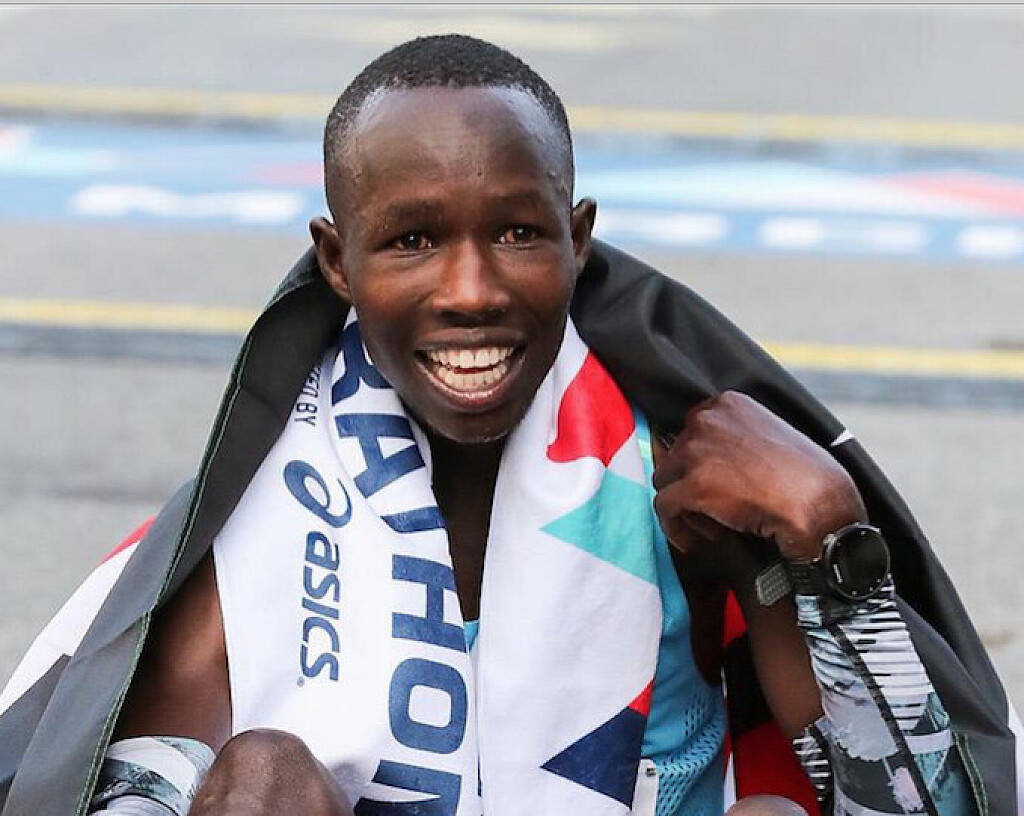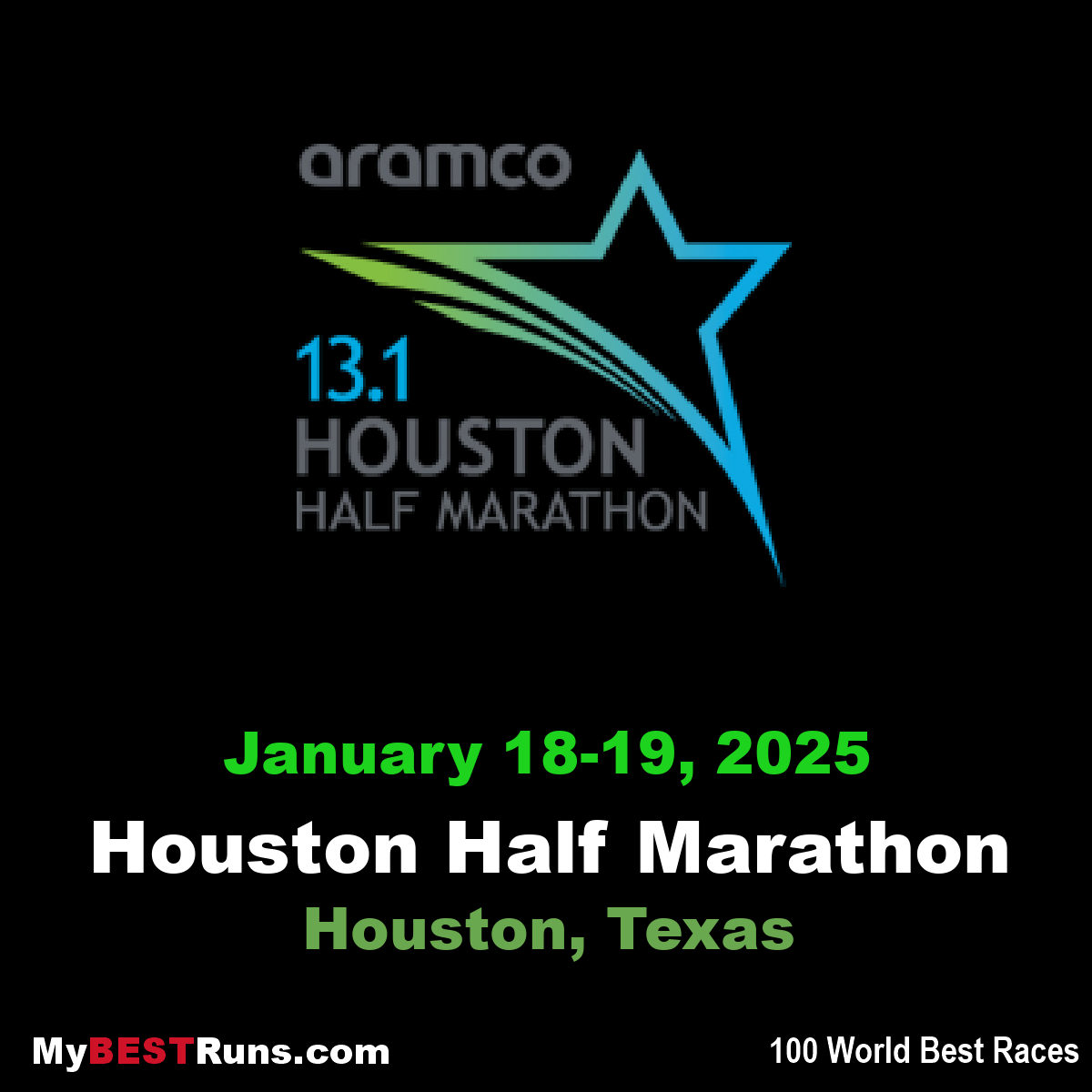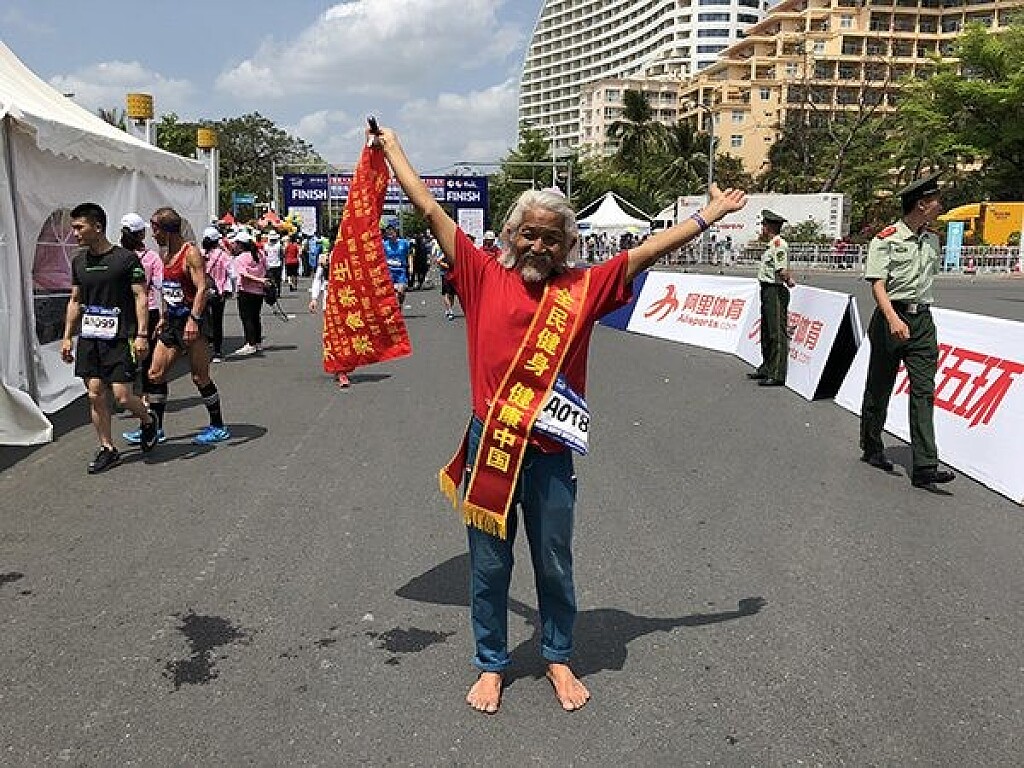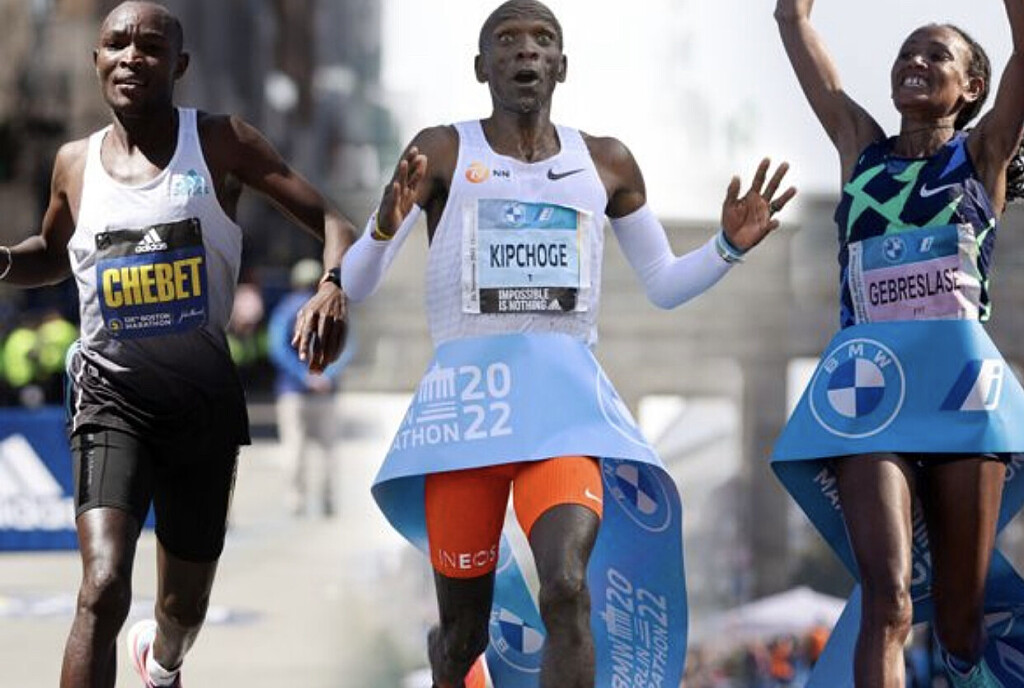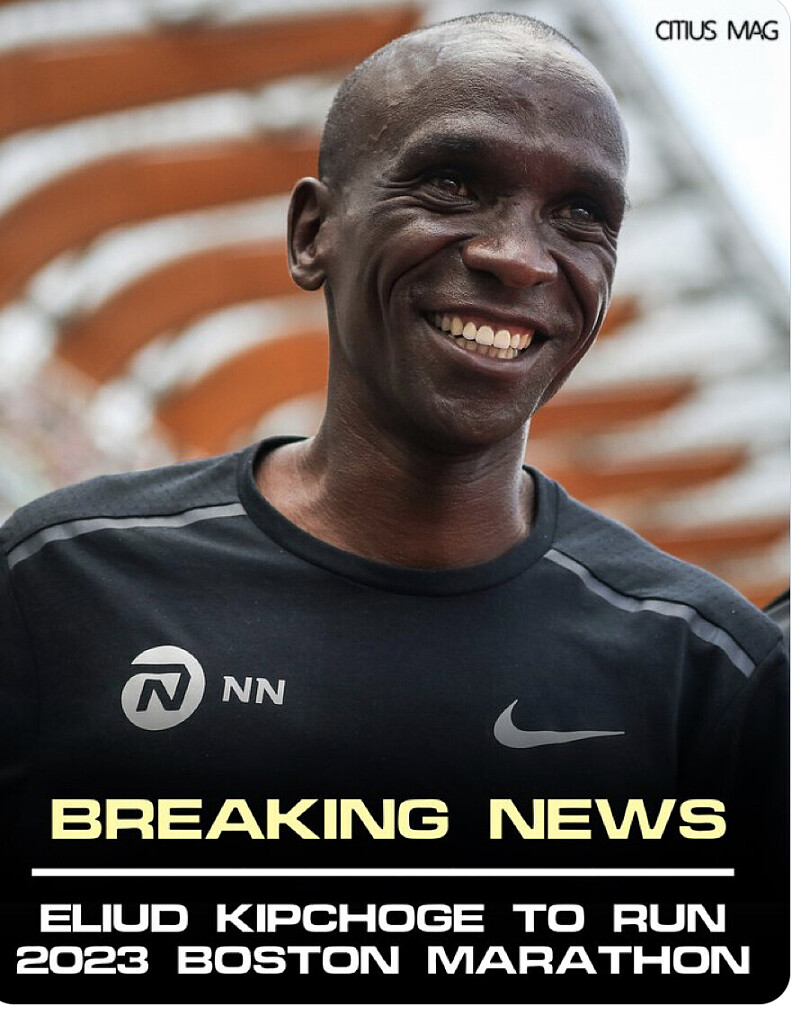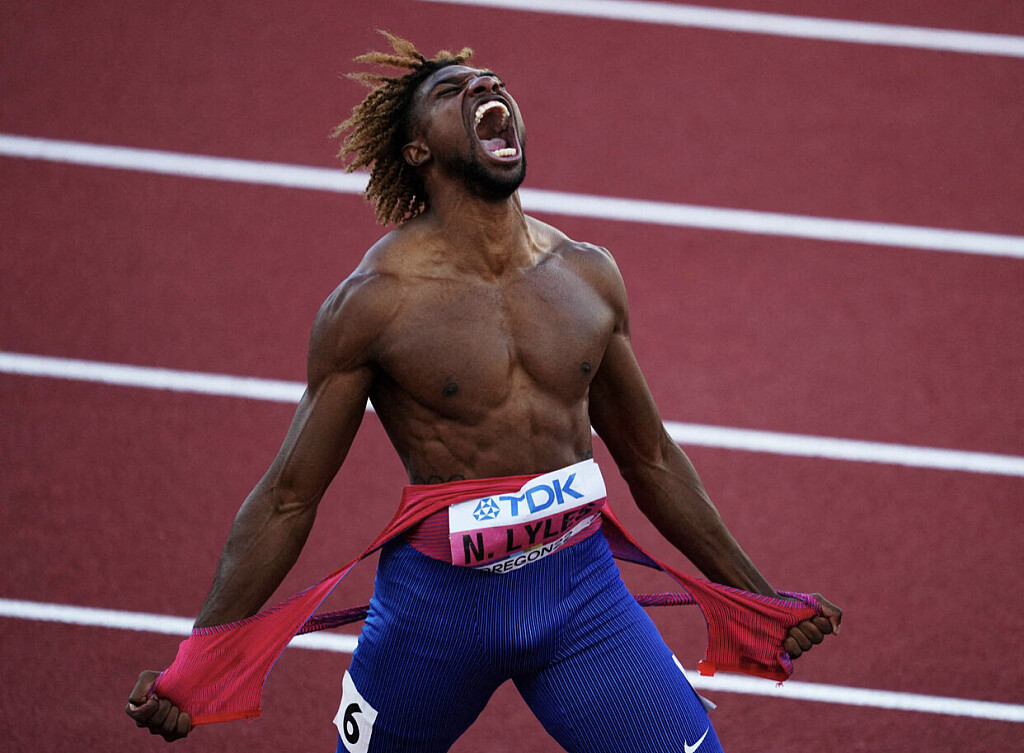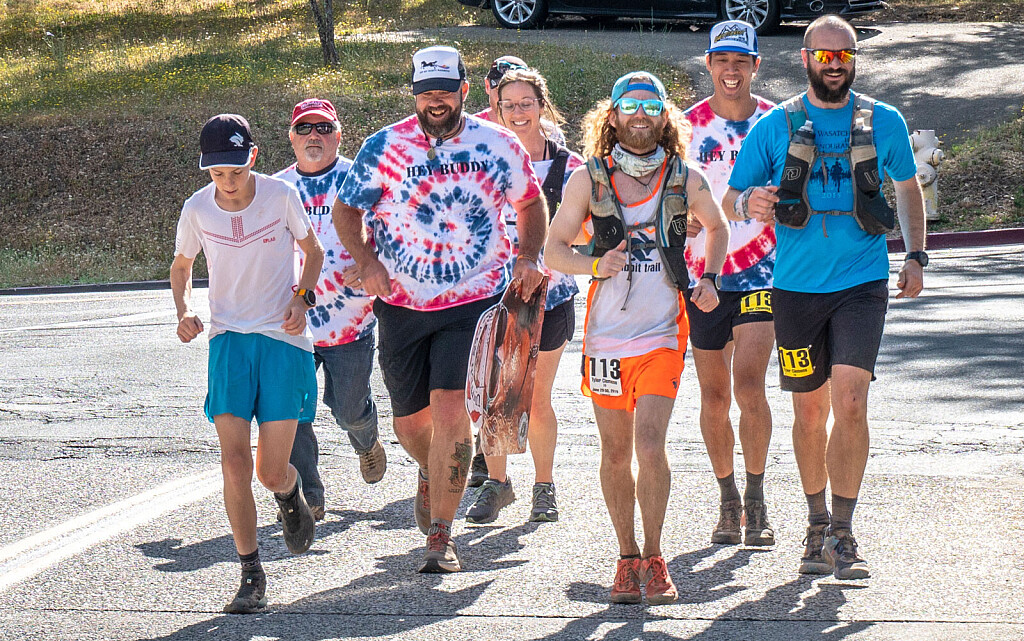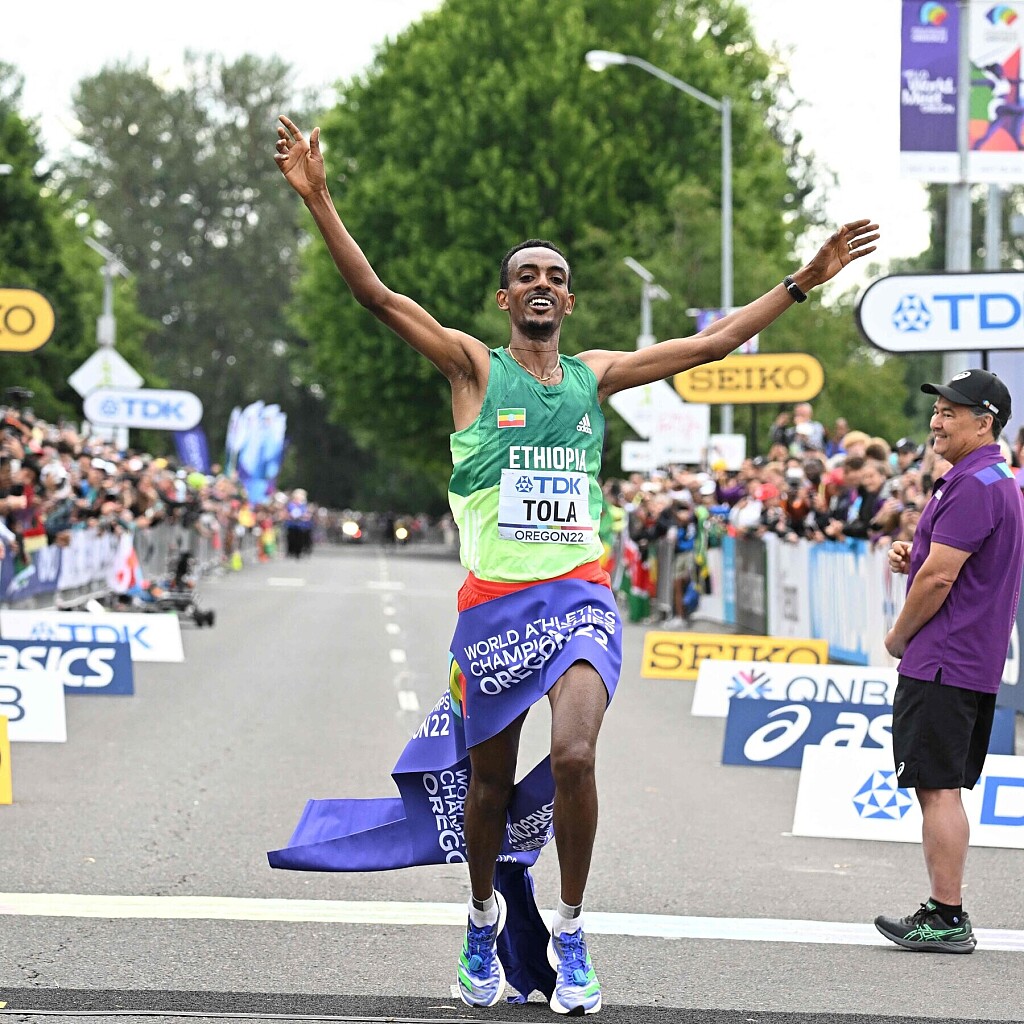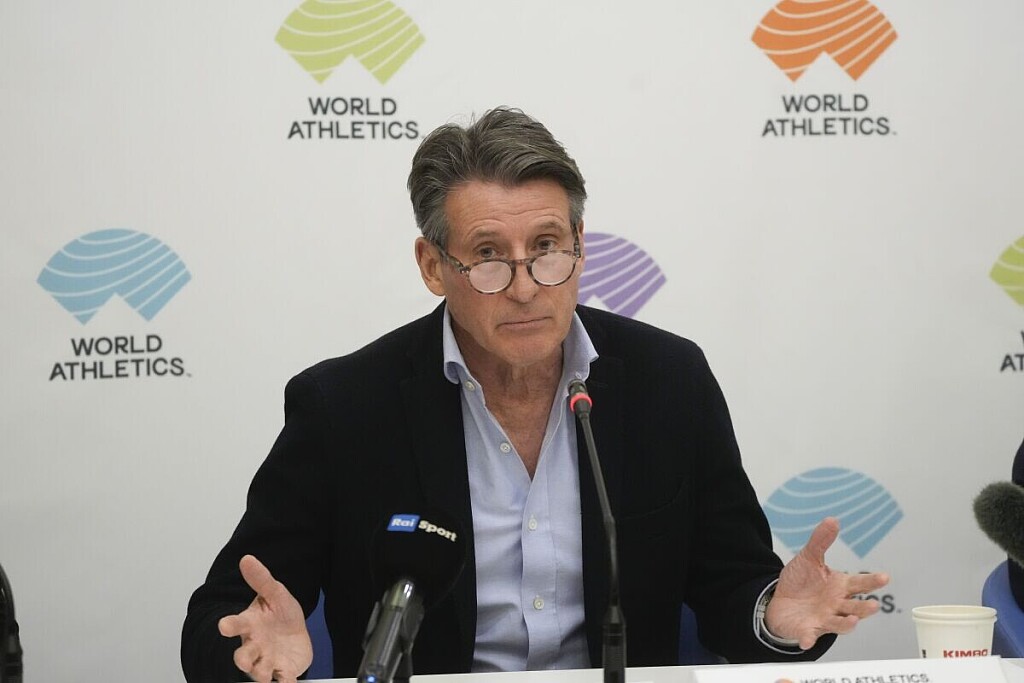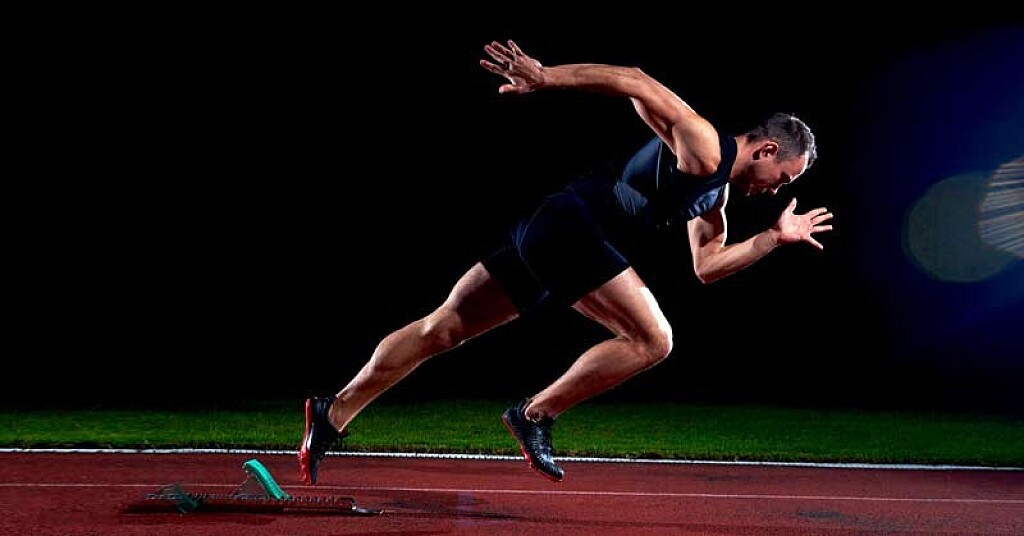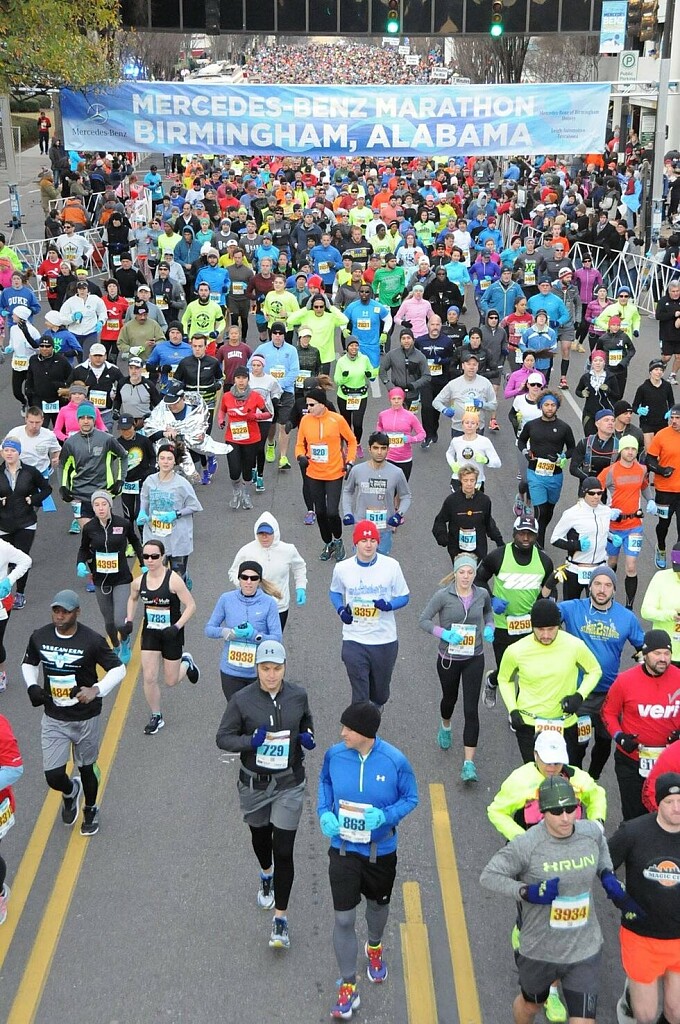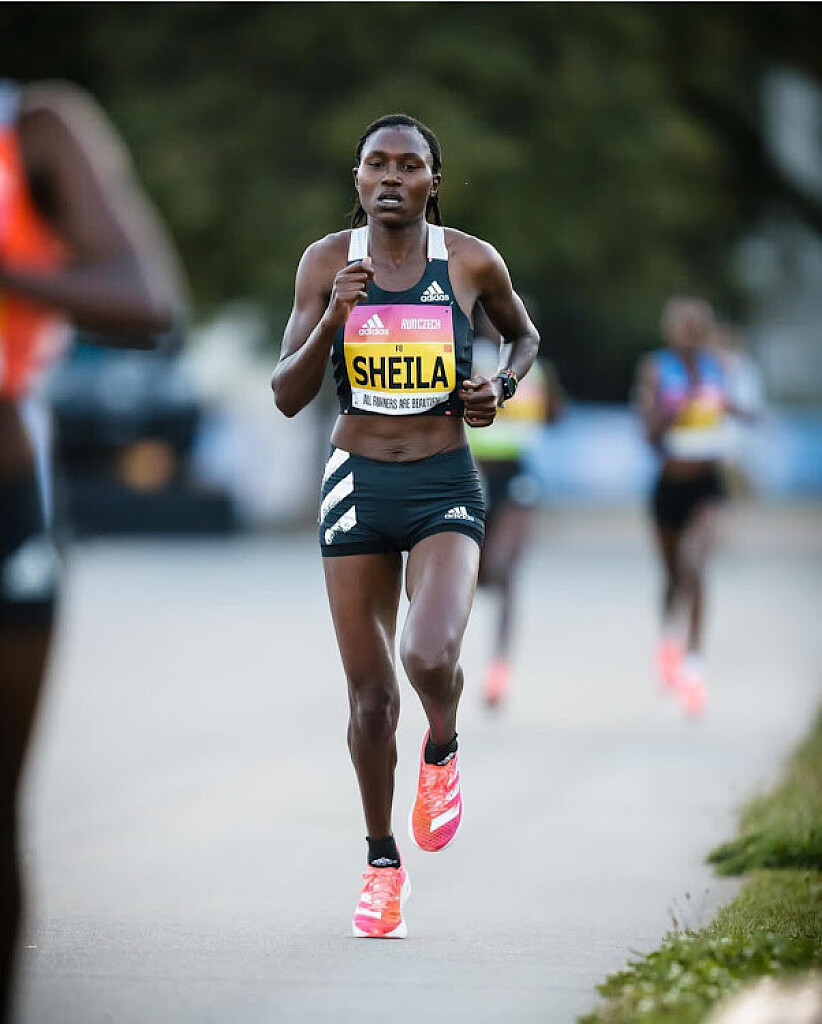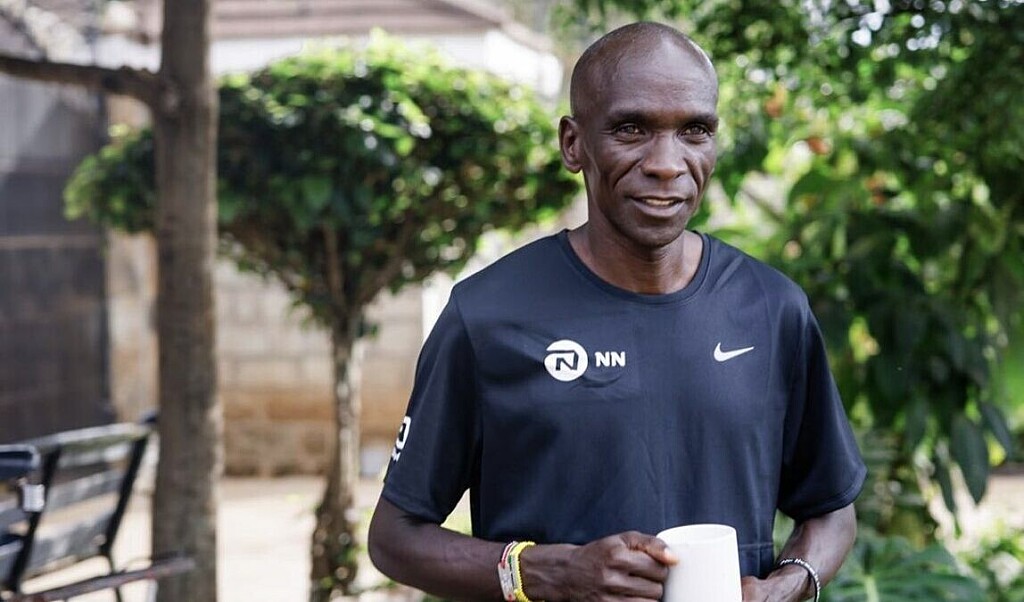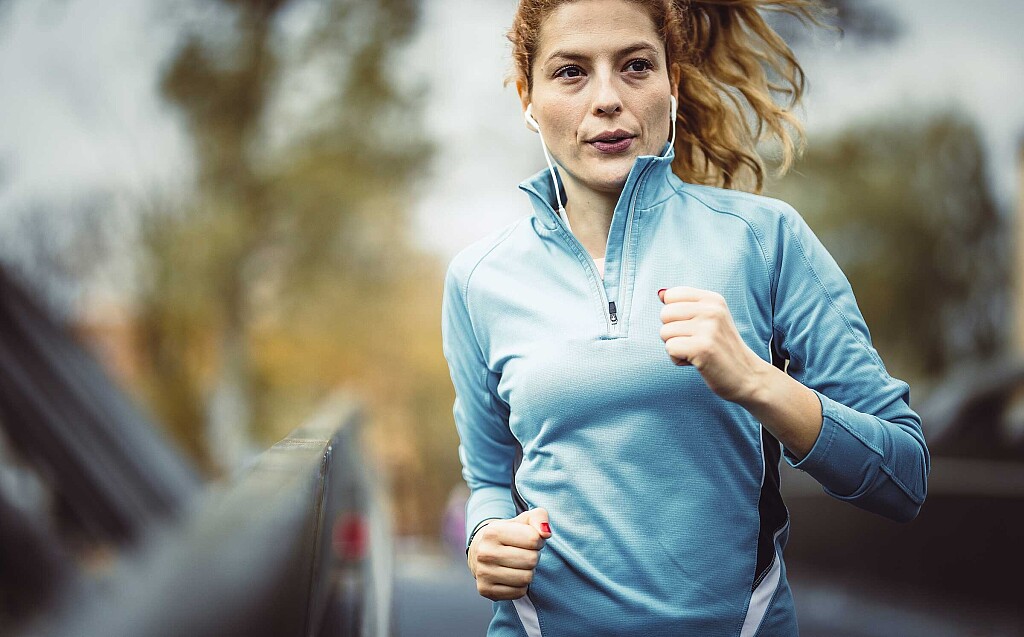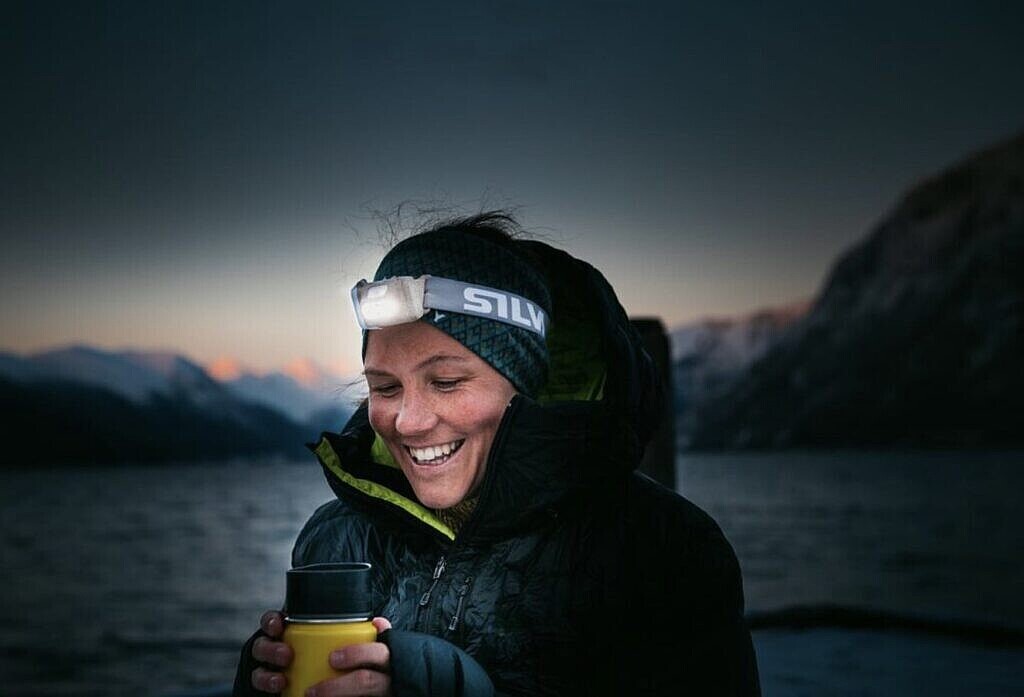Running News Daily
Running News Daily is edited by Bob Anderson. Send your news items to bob@mybestruns.com Advertising opportunities available. Train the Kenyan Way at KATA Kenya and Portugal owned and operated by Bob Anderson. Be sure to catch our movie A Long Run the movie KATA Running Camps and KATA Potato Farms - 31 now open in Kenya! https://kata.ke/
Index to Daily Posts · Sign Up For Updates · Run The World Feed
Increase your aerobic capacity and strength in just four short laps around a standard running track
Remember that oval track behind your old high school? It’s not just for track-and-field types anymore. In fact, if you happen to have a track in your neighborhood today, it may soon become the site of your next great workout.
Just under a quarter-mile long, a standard track is full of numbers and landmarks that are great for dynamic, multi-activity workouts. Track workouts like these seem to shrink distance, spicing up your milelong (or longer) runs, and making it easier and more fun for you to improve your aerobic endurance, power and speed.
The concept is simple: By varying your running speed for short distances and adding special tasks and drills, you simultaneously banish boredom and increase your body’s aerobic capacity and strength. As a result, you’ll begin burning oxygen more efficiently, and, over time, you’ll be able to run farther and faster with ease.
Joe Friel, MS, founder and head coach at TrainingBible Coaching and author of Your First Triathlon, says he often has his clients do a dynamic track workout he calls “strides,” which mixes tasks such as plyometrics and skipping drills with running.

“I consider this one of the most important workouts my athletes — pros and novices — do to improve their economy and form,” Friel says. And, he adds, every physical activity — running, cycling, swimming, basketball — will become easier when you make this a part of your exercise routine.
“Each lap specifies a fresh set of tasks to complete, which gives you multiple goals you can achieve during a single run,” explains Troy Jacobson, national director of endurance sports training at Life Time in Chanhassen, Minn. “And collectively, those laps add up to one big goal: running a full mile.”
Plus, unlike simply going out for a jog on a sidewalk, using a standard running track to guide your workout gives you clear measurements to gauge your progress, augmenting your feeling of incremental accomplishment and motivation.
Still worried that a mile is too far to travel? Listen to music or recruit a workout buddy, suggests Amby Burfoot, former Boston Marathon winner, editor at large for Runner’s World magazine and author of The Runner’s Guide to the Meaning of Life. “You can time each other during the fast intervals and help record each other’s progress over time.”
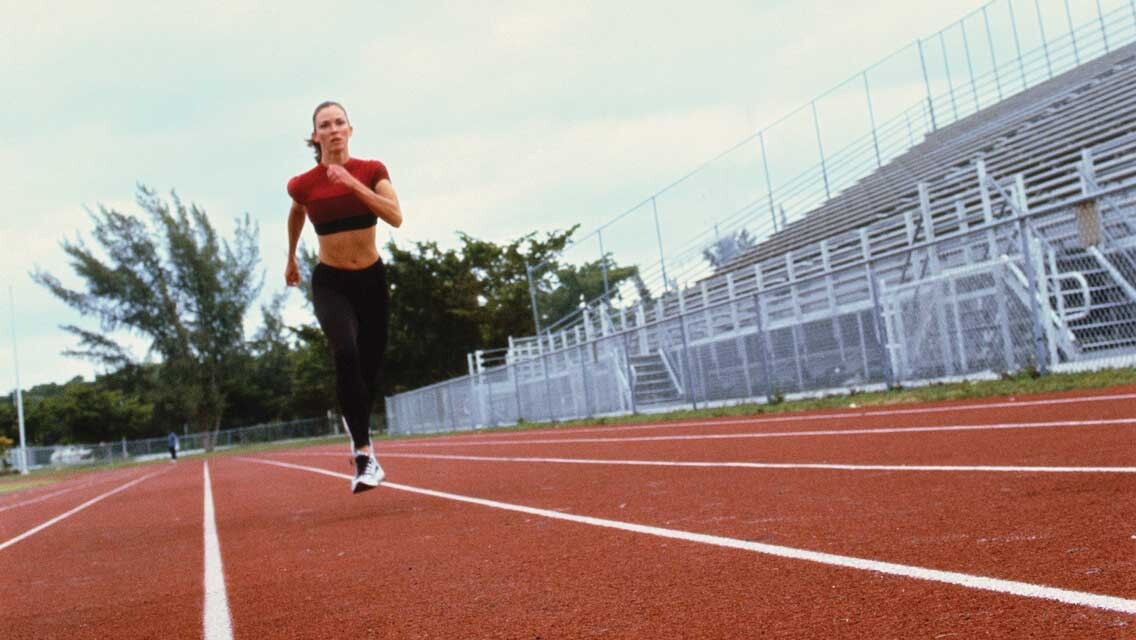
The Workout
This fun, milelong track workout should take between 20 and 30 minutes for beginners (between 10 and 15 minutes for more highly trained athletes) to complete. For each of the four laps (it will be eight laps if you’re on a 200-meter indoor track), do your best to complete the suggested tasks based on your current fitness level. If you find any part of the workout too challenging, you can back off on reps or intensity, or skip an exercise in favor of jogging the equivalent distance on the track. Just build up to doing more of the exercises over time.
Note: Before getting started, begin with a five-minute dynamic warm-up that includes exercises such as light jogging, arm and leg swings, high-knee pulls, and body-weight squats. (See “The Art of the Warm-Up”.)
Lap 1: Run + Walk
Do what’s called a “fartlek,” or speed-play, lap. Jog or walk the turns and go fast on the straights. If you’re with a friend, walk the turns and race each other on the straights. If you’re on a small indoor track, complete the fartlek by time, not distance (jog or walk for 30 seconds, then sprint for 30 seconds; repeat for three minutes).
Goal Achieved: Speed intervals improve cardio endurance and overall running speed. Varying your speed makes the lap feel shorter, too.
Note: “Beware using the inside lane for any prolonged sprinting,” Burfoot warns, since tight, one-directional turns can strain your knees and ankles. If the track isn’t too busy, switch directions or use the outside lanes to keep things balanced. (For more tips on using the track, see “Anatomy of a Track,” below.)
Lap 2: Run + Calisthenics
Jog 100 meters (generally a quarter of the track), then do 10 pushups: Get into pushup position, hands just wider than shoulder width. Keeping your back straight, bend your elbows to lower yourself to the ground. When your chest is just off the ground, push yourself back up to the starting position.Sprint 100 meters, then do 10 crunches: Lie on your back on the grassy infield and bend your knees. Place your hands behind your head and contract your abs, raising your shoulders a few inches off the ground. Keep your neck neutral and your chin pointed toward the sky. Slowly lower yourself back down and repeat.
Jog 100 meters, then do 10 prisoner squats: Stand with feet slightly wider than shoulder width, toes pointed slightly outward, and lace your fingers behind your head. Keeping your elbows pointing straight outward, bend at hips and knees until your thighs are parallel to the ground. Press back up to the starting position and repeat.
Sprint 100 meters, then do 10 squat thrusts: Stand with feet together. Squat down and place your hands on the ground just outside your feet. In one fluid movement, thrust your feet backward, landing in a pushup position, jump back to the squat position, stand and then repeat.
Goal Achieved: Varying the speed of your 100-meter segments continues that fartlek-interval effect, while the various tasks in between build core strength, working your major muscle groups and giving you more power. Plus, the variety of exercises keeps your mind occupied so you don’t realize you just completed another quarter mile.
Lap 3: Run + Plyometrics
Run 100 meters, then jog up and down a flight of stairs or bleachers. If no stairs are available, then “high step” or run in place, raising your knees as high as you can, for 30 seconds. This exaggerated movement will put more spring in your step and help your normal running stride feel easier.
Sprint 50 meters, then do 10 plyometric box jumps: Find a sturdy platform (such as a stair, step or box) approximately 12 to 24 inches high. Stand in front of the step with feet shoulder-width apart. Jump straight up and land lightly but squarely on the step. Step down and repeat. If no step is available, jump in place.
Sprint 50 meters, then do walking lunges for 50 meters: Step forward with your right leg, lower your hips toward the ground and bend both knees to 90 degrees. Your back knee should almost touch the ground; keep front knee aligned over ankle. Push off the heel of your right foot, lift your left foot and bring it to center, then step forward with your left leg. Alternate legs, continuing for 50 meters.
100 meters running with butt kicks: As you run, bring your heels to your butt without arching your back; repeat as you move down the track for 100 meters. You should feel a strong stretch in your quads.
Goal Achieved: This lap is all about building speed, power and conditioning while keeping you distracted with the tasks, says Jacobson. Speed is a simple equation of stride length times stride frequency, Burfoot explains, and moves such as butt kicks and walking lunges will improve both stride and frequency. They also help improve your running form, which will make you more efficient, so you’ll need less energy to travel the same distance. Try to move seamlessly from task to task without resting in between. As you build endurance and strength, you can increase the number of reps or the distance.
Lap 4: Wind Down
Run 100 meters along the straightaway, pushing your pace from a jog to a stride, but keeping it short of an all-out sprint.
Pump arms overhead, as if punching the sky, as you walk or jog 100 meters around the next curve.
Side shuffle the length of the straightaway, taking care to keep your feet from touching each other. Switch your lead leg halfway down to balance the muscles.
Pump arms overhead as you walk or jog around the final curve.
If you have time, walk one additional lap while sipping water. This will help you cool down further, rehydrate, and begin to flush the waste products out of your muscles.
Goal Achieved: This gradual cool-down also works your upper body, quads and hamstrings.
(12/08/2022) ⚡AMP
by Gina DeMillo Wagner
Norwegian athletes spend 24 hours running laps in a basement
If you’ve ever read about a race or endurance event and asked yourself “why?” this short film is for you. “I love running and can truly understand why people want to challenge themselves both mentally and physically,” says endurance athlete and filmmaker Göran Winblad. Despite that, the Bislett 24-hour Indoor Challenge, held in the basement of the Bislett stadium in Oslo, Norway, left Winblad baffled.
Winblad heads to the event to figure out what motivates the athletes “running in circles with nothing but cement walls to look at.” Arriving at the stadium after the 20th hour, Winblad says he doesn’t know what to expect or if anyone will even be functioning well enough to speak to him.
Watch this short film for the remarkable humans Winblad talks to and the insight they share, but also for Winblad’s stunning filmmaking skills–who would have thought a race in a basement could be beautiful? Frank Løke, who completes 217 km by the end of the event, calls it the “toughest thing he does all year.” But, he adds, it helps him train to summit Everest and K2. “How can you train for the toughest mountain in the world? You have to do some crazy sh*t,” Løke says.
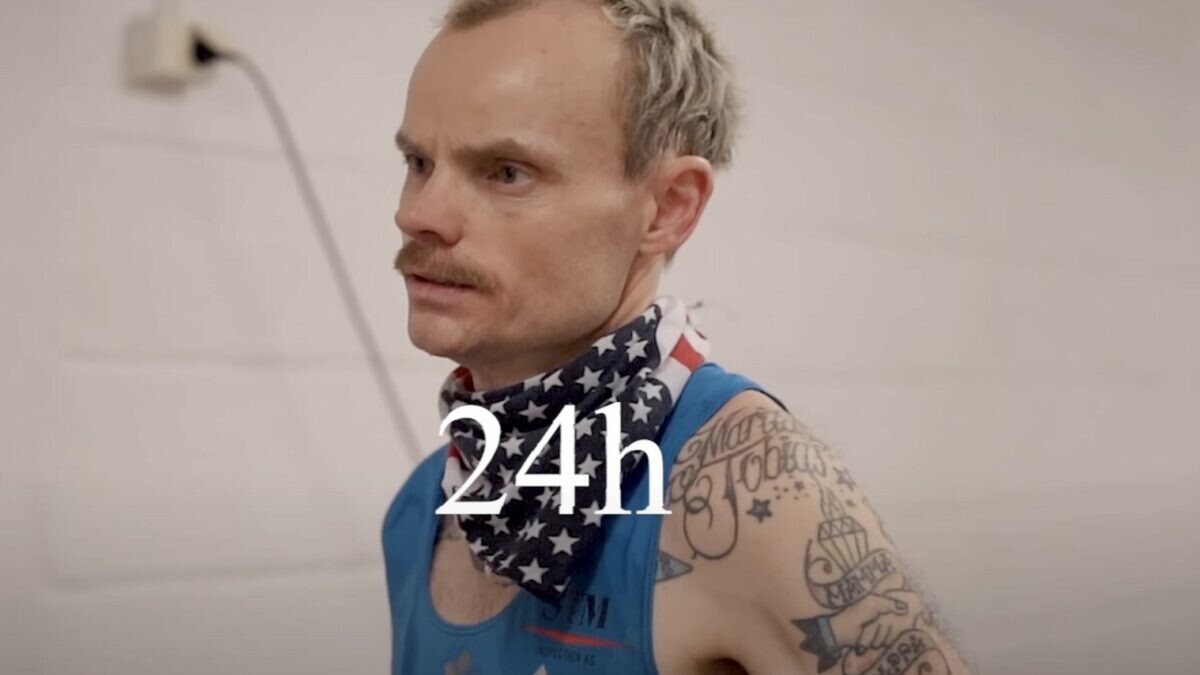
One of Norway’s best ultrarunners, Bjørn Tore Kronen Tarenger (who leads the event with 260 km) calls the monotony and challenge “fun.” (To be fair, he looks like he’s out for a 5K jog in the park.) Winblad asks Tarneger what, exactly, makes the event fun, and Tarenger’s response is what one might expect from someone who enjoys running in circles for 24 hours: “I feel the pain.”
One runner, whose feet are so sore by the time Winblad speaks to her that she’s forced to run “like a penguin,” says she thinks it’s “something you have to do once in a lifetime.” She quickly adds that it’s her second time. Winblad notes that many of the runners say they’ll never do the event again when he speaks to them, yet keep returning year after year–the race sells out in moments.
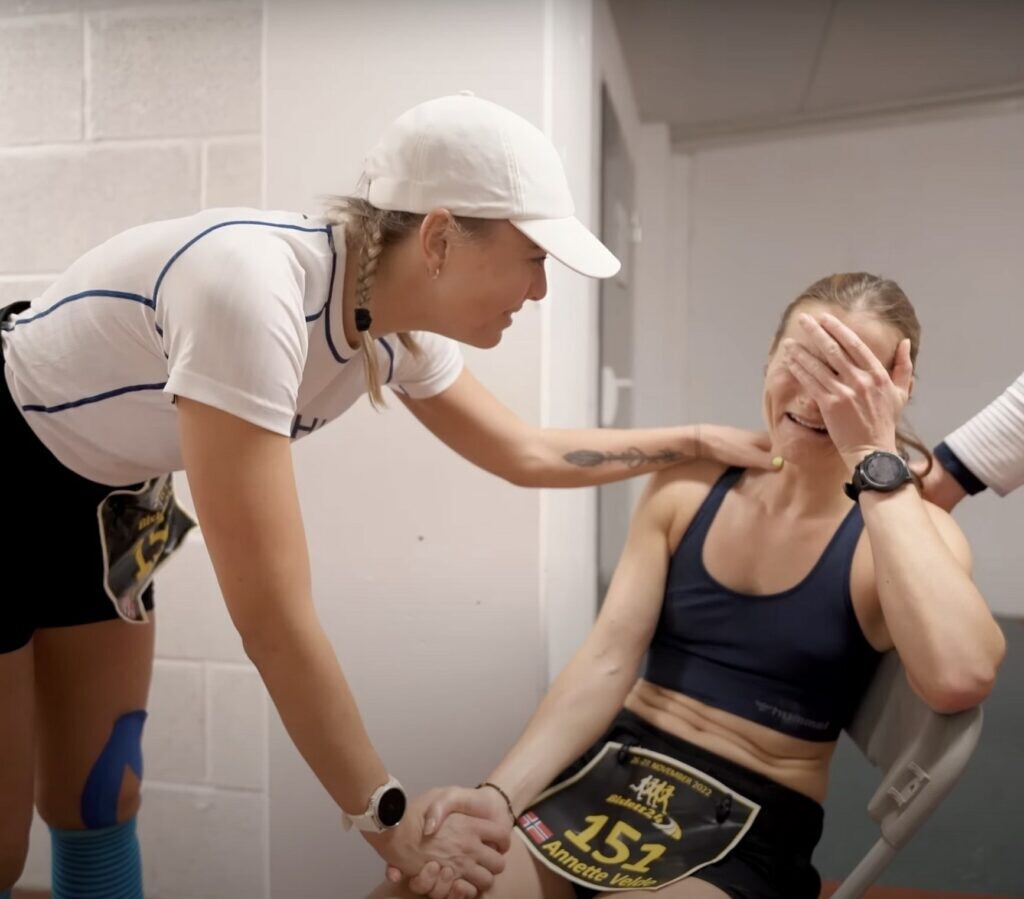
The Bislett Stadium hosts many renowned track and field events, and Karsten Warholm famously set the world 400m hurdles record there, the drive behind which Wimblad can understand: “fame, money, being the best in the world.”
(12/08/2022) ⚡AMPby Keeley Milne
Kenyans Dickson Chumba and Daniel Kibet confirmed for Adnoc Abu Dhabi Marathon
Kenya’s Daniel Kibet, winner of the 2019 Istanbul Marathon and runner-up at this year’s Milan Marathon, is joined by compatriot Dickson Chumba, who has won two of the world's major marathons - Tokyo in 2014 and 2018, and Chicago in 2015.
The women’s race will feature 2015 marathon world champion and 2016 Olympic bronze medalist Mare Dibaba of Ethiopia, and Angela Tanui of Kenya - who won the Amsterdam Marathon in 2021 and finished fourth and second respectively in the 2022 Tokyo Marathon and 2019 Vienna Marathon.
A record 20,000 runners are expected to line up for this year’s event, which includes a new route for the 42.2 kilometer race, marathon relay (two runners completing 21.1km each), 10km, 5km, and 2.5km runs.
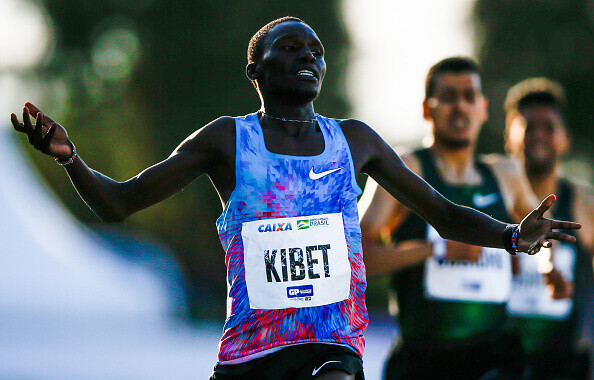
The race starts in front of Adnoc Headquarters, and runners in various distances will cross a host of the city’s most iconic landmarks.
Aref Al Awani, general secretary of Abu Dhabi Sports Council, said the Adnoc Marathon has attracted interest from the world’s elite runners since its inception.
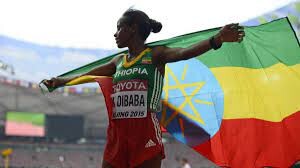
“The calibre of elites for this year’s race speaks volumes of how quickly Abu Dhabi and the Adnoc Abu Dhabi Marathon have earned a reputation on the world’s long-distance running map,” he added.
“Attracting more than 20,000 participants is clear evidence of the event's distinguished position in the community and its ability to enhance collective efforts and encourage healthy and active lifestyles.
“The participation is still open across all distances and accessible to participants of all abilities.
“Therefore, we encourage everyone to register and join us on December 17. The 2.5 km race, named “Run Together”, provides an opportunity for people of determination to compete alongside other participants.”
Meanwhile, race organizers also revealed a new medal design. The new design incorporates the expected record number of participants set to take part in this year’s races.
The Adnoc Abu Dhabi Marathon Race Village will be open from December 13, and will include entertainment for all members of the family.
Registration for the marathon and its accompanying race distances are open. For details, visit https://www.adnocabudhabimarathon.com
(12/07/2022) ⚡AMPby N Sport
ADNOC Abu Dhabi Marathon
The Abu Dhabi Marathon is shaping up to being first class marathon for both elite runners and average runners as well. Take in the finest aspects of Abu Dhabi's heritage, modern landmarks and the waters of the Arabian Gulf, at this world-class athletics event, set against the backdrop of the Capital's stunning architecture.The race offered runners of all abilities the...
more...Holiday Gift Ideas for Runners
Need a holiday gift for that runner in your life? Well, you’ve come to the right place! From one runner to another I’ve compiled a list of gift ideas that any runner is sure to love.
Whether it’s a practical gift that will help improve their running or something to just help them run in style, I want to help you find the perfect gift for the holiday season (or any occasion for that matter!). Great gifts for runners can range in price from stocking-stuffer size all the way up to a few hundred bucks. On this list you’ll also find some great custom gift ideas!
1. High-quality athletic socks

Everyone could use more socks, but let’s face it no one likes to go buy them. It’s a classic Christmas gift that will keep the runner in your life blister-free!
2. A Foam roller

Those with tight muscles (AKA every runner), will absolutely thank you!
3. A Massage gun
The perfect way to target and stimulate those hard to reach sore muscles. These massage guns are newer to the market but are a life-saver for hard to reach tight spots. This is a great gift for a runner who needs serious recovery!
4. A high-power blender
For the runner who loves making a post workout smoothie, and needs some serious power to blend up all that frozen fruit and ice!
5. A race bib and medal display
A perfect gift for the runner who loves to race and show off the results of all their hard work!
6. Phone armband
For the runner who likes to take their phone with them everywhere they go, but doesn’t want any extra weight or bulk.
7. A GPS watch
A good way to help the runner in your life record their runs and also keep track of all the stats like mileage, pace, and cadence.
8. Sweatproof wireless earbuds
Water resistant headphones are a must if you love to listen to podcasts and music on your runs. The latest in truly wireless headphone tech provides amazing sound quality, and the ability to listen with just one earbud for safety. And, no more annoying cables!
9. Lock Laces
This is a great gift for a runner who likes to head out on wet or muddy trails. No more slippery, wet laces that won’t stay tied!
10. Long sleeve or running jacket
The perfect gift for a runner who heads outside no matter the weather! And, you can never have too much stylish running gear
11. Custom Marathon photo frame
A gorgeous way for the runner in your life to show off their race photos!
12. Hydration backpack
For the runner who goes long distances, carrying a water bottle can be heavy and annoying. But, we all know staying hydrated is necessary. A hydration backpack is a great gift for runners to help them bring more fluids on their runs!
These hydration packs also often contain extra pockets for fuel, phone, and house keys – bonus!
13.- Running Journal
A perfect gift for a runner who loves to track their training and reflect on their running journey!
(12/07/2022) ⚡AMPby Stephanie Hnatiuk
10 years later: Pamela Jelimo to receive London Olympics bronze
Though out of the public limelight, the history-making Pamela Jelimo is still winning.
Jelimo, the first Kenyan woman to win an Olympic gold medal with her exploits in 800m at the 2008 Beijing Summers Games, is set to receive yet another medal.
Jelimo, the 2008 Africa 800m and 2012 World Indoor 800m champion, who finished fourth in one minute and 57.59 second set to benefit after race winner Mariya Savinova from Russia, was stripped of the gold medal for doping.

Jelimo, who celebrated her 32nd birthday on December 5, is set to receive her bronze medal from the 2012 London Olympic Games on Wednesday at the National Olympic Committee of Kenya (NOC-K) office, Gallant House, Nairobi.
Legendary Kipchoge Keino, who is an International Olympic Committee (IOC) member alongside NOC-K president, Paul Tergat, will preside over the presentation ceremony.
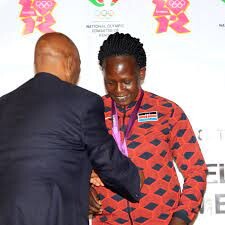
South Africa’s Caster Semenya and another Russian Ekaterina Poistogova, who had settled for silver and bronze, were scaled to gold and silver with their times of 1:57.23 and 1:57.53 respectively.
Kenya’s 2007 World 800m champion Janeth Jepkosgei, who had settled eighth in the race in 2:00.19 and Hellen Obiri, who came eighth in women’s 1,500m at the same Olympics, will receive their certificates.
Another Russian Elena Arzhakova, who finished sixth in 1:59.21 in the same race was also banned for having doped too.
With Savinova and Arzhakova banned, Jepkosgei, who had settled eighth in the race in 2:00.19 was upgraded to sixth.
On November 9, 2015, the Independent Commission Investigation of the World Anti-Doping Agency (WADA) asked for a lifetime ban for doping for Savinova, who had won gold and Poistogova, who had won bronze.
In February 2017, it was announced that Savinova was stripped of her gold medal but Poistogova was suspended in 2017 for two years, backdated to October 2014. Her London result, though, was not affected.
Alysia Johnson Montaño (1:57.93) from the United States of America and Burundi’s Francine Niyonsaba (1:59.63) finished fourth and fifth in the women’s 800m final.
A record four athletes that finished ahead of Obiri, who had settled 12th, were suspended for doping- Aslı Çakır Alptekin and Gamze Bulut from Turkey, who had won gold and silver respectively, Natallia Kareiva of Belarus, who had finished fifth and Russian Yekaterina Kostetskaya, who came sixth.
Maryam Yusuf Jamal (Bahrain), Tatyana Tomashova (Russia) and Abeba Aregawi (Ethiopia) were all scaled to gold, silver and bronze.
Aregwai, who changed allegiance to Sweden was suspended for doping in 2016.
This is the second time Olympics medals or certificates are being awarded in Kenya years later.
Asbel Kiprop received his gold medal from the 2008 Beijing Olympics in Nairobi in 2011 after the winner, Rashid Ramzi , was flagged down for doping.
(12/07/2022) ⚡AMPby Ayumba Ayodi
When life throws a wrench into your training plans, switch it up with one of these fast, effective sessions
If the holiday season (or life in general) has you time-crunched, it can be daunting trying to fit your running sessions in and tempting to skip your workout altogether. Here are a few quick, powerful running workouts to slide into your day when you’re short on time. You’ll feel the burn of a solid speed session without spending hours logging mileage or planning out intervals.
Fast fartlek
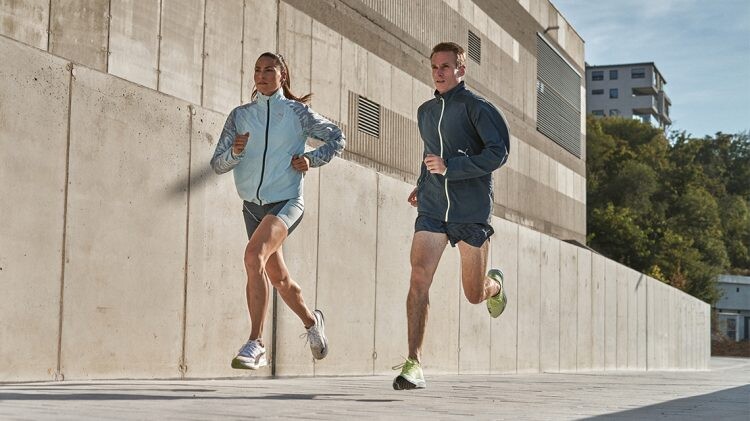
A fartlek run (fartlek is a Swedish word that translates to speed play) is perfect for a busy day because it has no pre-determined length or specific structure. You don’t need to have set interval lengths in mind for this one–just head out the door and run around your neighborhood. If you only have 30 minutes to spare, up the intensity of your workout by picking up the pace on the harder sections and shortening your recovery.
After a short, easy warmup, pick a landmark in the distance, like a tree or lamp post. Run at a harder effort or tempo to run to your target, then come back to your easy pace for a short recovery. Continue to do this throughout your entire run, and choose focus points that are varying distances away to really embrace the idea of speed play. Allow for a few minutes of easy running to cool down at the end.
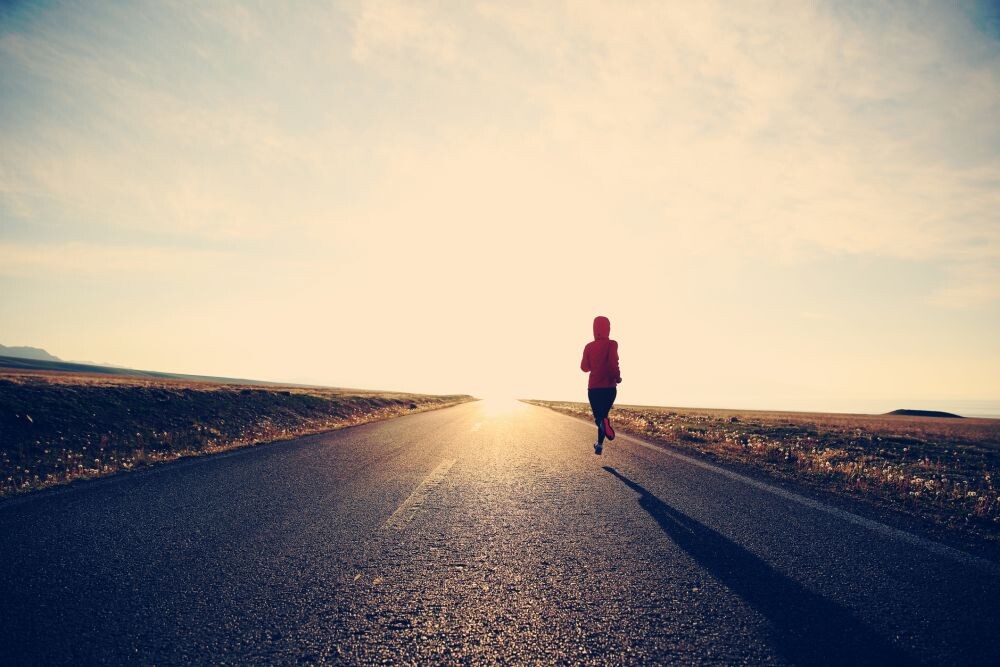
Try a quick time trial
A busy day can be the perfect time to fit in a quick time trial. Whether you run a magic mile or aim for something slightly longer, like 3K, a fast-paced session is a great way to test yourself–try one again in a month or two to compare. Start with an easy warmup of 10 to 15 minutes, then crank things up a notch and see how fast you can cover the shorter distance. Follow your speedy run with an easy five-minute cooldown.
Quick hill repeats
Give your legs a strength boost with a fast hill session. Find a hill that takes roughly a minute to run up (if you’re new to hills, 30 seconds is perfect). Warm up with 10 minutes of easy running, and then shift into high gear as you power up the hill. Run easily to the base of the hill to recover, and run hard back up–repeat five to 10 times (adjust as needed for your schedule) and cool down with an easy five to ten-minute run.
The easy pick-me-up
Many runners follow the 80/20 rule, with 80 per cent of their runs easy. If you’re having a jam-packed day and can’t fit in what you have on the schedule, just get out the door and enjoy an easy 30-minute (or whatever time you have) run. Soak in the sights, take some deep breaths, and give yourself a pat on the back for allowing for flexibility in your running routine. It may not be the long run or speed workout you had initially planned, but you’re still adding miles to the bank. Your brain will thank you, too–the short breath of fresh air and movement will do wonders for your mood, and you’ll navigate the rest of your day with ease.
(12/07/2022) ⚡AMPby Running Magazine
82-year-old Ben Lipschuetz is targeting a world record on Dec 17 in Palo Alto California at the Double 15k
Ben Lipschuetz of Los Altos California hopes to clock the best time ever run for male runners 80 plus for the Double 15k on Dec 17 in Palo Alto.
The Double 15k is a two stage race. First runners run 10k and then take a break. The second stage is 5k and it starts one hour 45 minutes after the start of the 10k. Times are added together for scoring.

The Double Road Race Federation (DRRF) is the governing body for Double Racing. The first Double was held October 2010 in Mexico. The first Double 15k held in the US took place Dec 2012. The overall world record was set May 10, 2015. Kenyan's Julian Kosgei clocked 29:11 for the 10k leg and then followed that up with a 14 minute flat 5k. His combined 43:11 is the current world record.
The Women's record is held by Kenyan's Risper Gesabwa. On Dec 14, 2014 in Pleasanton California she clocked 48:45 (32:55 10k followed by 15:49 5k). The American record for men was set by Joe Moore in Manhattan, Kansas on Nov 9, 2013. Joe clocked 44:48 (30:04/14:48). Kim Conley set the record for women in Pleasanton, Ca Dec 21, 2014. She clocked 49:24 (33:34/15:49).
The best time recently run is 44:40 (29:56/14:44). 4th best time ever. 18-year-old Joseph Njoroge clocked this time in Thika Kenya September 14, 2022.
The next two official DRRF Double 15k coming up are Dec 17 in Palo Alto California and March 25, 2023 in Brisbane California. Both flat fast courses.
The world record Ben has his eye on was run by 83-year-old Eddie Reyna Dec 22, 2013. Eddie clocked 1:59:56 (1:23:02 for 10k followed by 36:54 for 5k leg).
Ben recently competed at the Trailblazer 10k Sept 24 in Mountain View,Ca. He clocked 1:08:09 on the long 10k course.
"I met up with Ben after the Trailblazer race," says Double 15k director Bob Anderson (photo with Ben), "and told him he could smash the 80 plus world record. This might even be an understatement."
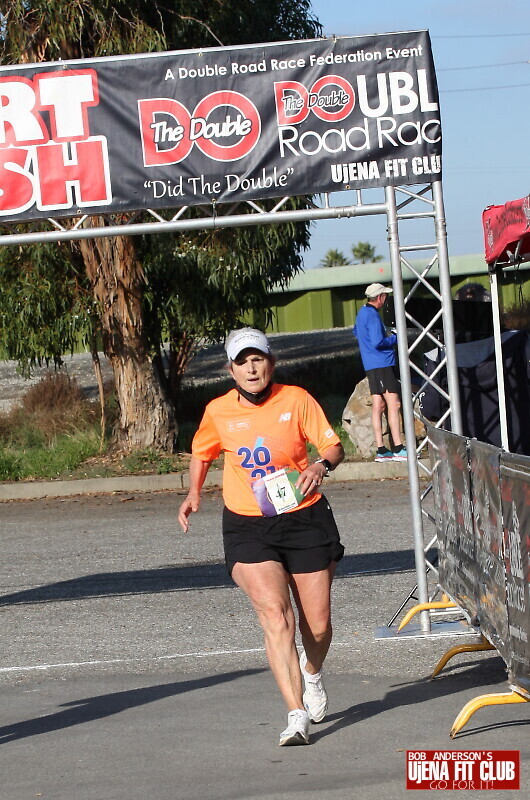
The 80 plus world records for females was set August 23, 2014 in Pleasanton by 80-year-old Barbara Robben 1:57:26 (1:17:56 plus 39:30 for 5k leg).
"Our Palo Alto event is nearly sold out but there are a few spots currently available," says race director Bob Anderson. There is also an open 10k, 5k and kids mile for 13 and under.
(Second photo: Palo Alto 2021 winners. Anthony Cortes clocked 49:26 (32:46/16:40) and Delaney Miller clocked 57:19 (38:36/18:43). Both wearing the yellow jersey showing they won the first leg.
(Third photo: 70-year-old Suzanne Koonce was the Victory Cup winner. She clocked 1:18:49 (52:36/26:13). The Victory Cup is awarded to the runner with the best age-graded score.
(12/06/2022) ⚡AMP
Palo Alto Double 15K and 10K/5K
Bring the whole family and enjoy our pre Christmas events. All participants get a special shirt and bag. All finishers get a special medal. $200 of cash prizes ($100 each for winners of Double 15k) There will be four events in Palo Alto. Palo Alto Double 15K (10K+5K), Palo Alto 10K, Palo Alto UjENA 5K Run/Walk and Bob Anderson's Kids...
more...American track superstar Sydney McLaughlin named World Athlete of the Year
U.S. sprinter and hurdler Sydney McLaughlin was named World Athlete of the Year by World Athletics on Monday evening, alongside men’s winner and Swedish pole vault world champion Mondo Duplantis.
McLaughlin, 23, has had not only a stunning year on the track but an already remarkable career in athletics. She is the world 400m hurdles and 4x400m champion. In 2022 she broke the world 400m hurdles record with 51.41 at the U.S. championships, and then broke her own record by almost three-quarters of a second, running 50.68 at the world championships in Oregon to win the world title.
Setting four world records over 13 months, McLaughlin was the first woman to break the 52-second (June 2021) and 51-second (July 2022) barriers in the 400m hurdles.
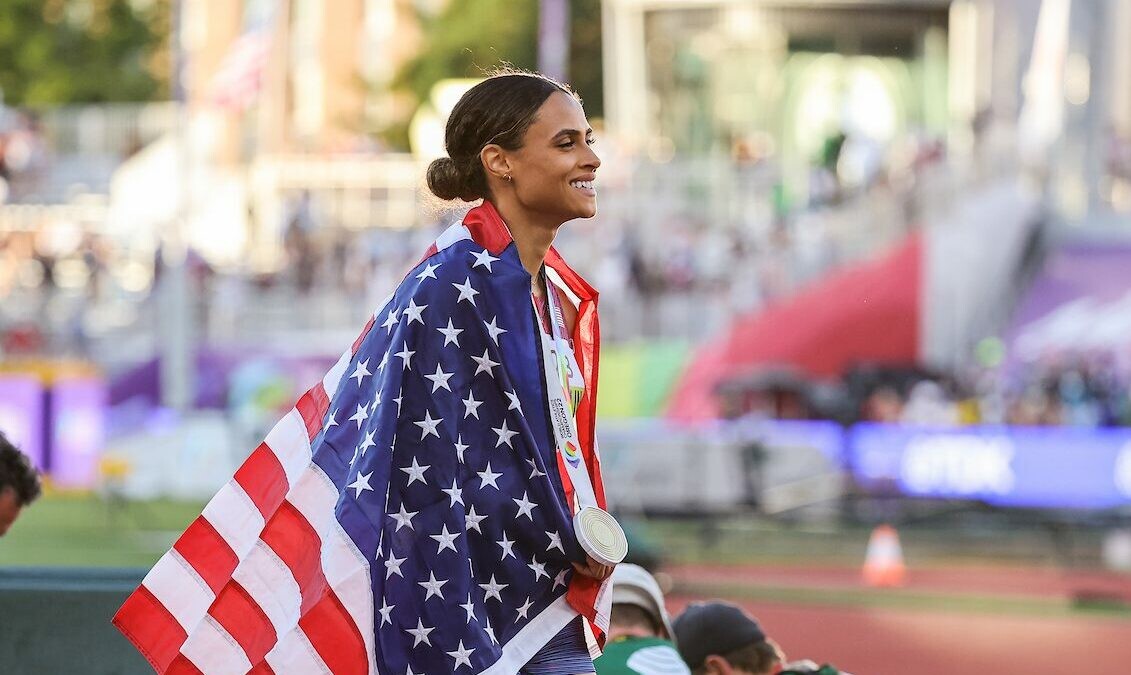
The award “means absolutely everything,” McLaughlin said at the ceremonies, held at the Prince of Monaco’s palace. “I’m so grateful for the opportunity, first and foremost, all the glory to God. For my team, my coach, my trainers, my husband, my family, everybody,” she added. “It has been an unreal season and I’m really grateful that it has culminated in this to cap it all off.”
McLaughlin, who was born in New Jersey and is married to former NFL player Andre Levrone Jr., called the awards ceremony “an unreal experience that I will never forget.”

The track phenom was the 2015 world youth champion, and in 2016 became the youngest athlete since 1980 to qualify for the U.S. Olympic track team, after running to third place at the U.S. Olympic trials with the current world under-18 best of 54.15 seconds.
McLaughlin beat 100m hurdle world champ Tobi Amusan of Nigeria, Jamaica’s world 100m sprint legend Shelly-Ann Fraser-Pryce, Peru’s Kimberly Garcia (world 20K race walk champion) and Venezuela’s Yulimar Rojas, world indoor and outdoor triple jump champion, to win the award.
Men’s World Athlete of the Year
On the men’s side, Swedish pole vault world champ Mondo Duplantis was named World Athlete of the Year, after winning the world pole vault indoor and outdoor double in 2022. Duplantis improved his own world record to 6.21m and claimed the Diamond League and European crowns.
Duplantis, 23, also won the award in 2020. “Going into the year, I had really high expectations of myself and I had some really big goals,” said Duplantis. “I wanted to win the world indoors, the world outdoors, the Europeans, the Diamond League final, and I wanted to break the world record a few times,” he added.
“I was able to do that and it was a bonus–the cherry on top–to do be able to do it [break the world record] at the right times, to do it at world indoors and do it at world outdoors. I can’t complain.”
The other finalists for the men’s award were Kenyan world champion marathoner Eliud Kipchoge, American sprinter and world 200m champ Noah Lyles, Morocco’s steeple champ Soufiane El Bakkali and Norway’s Jakob Ingebrigtsen, world 5,000m champ.
(12/06/2022) ⚡AMPby Running Magazine
Cross-Training: Five exercises to improve your running fitness
What is Cross-Training and Why is it Beneficial to My Running Fitness?
The guiding theory behind what is known as ‘cross training’ is simple; your overall fitness benefits from a wide range of movements. In practice, this means doing exercises that target all of your muscles and give your whole body a workout, rather than focusing on one area.
By subjecting the various parts of your body to different stresses, loads and motions you help to avoid muscle imbalances and injuries caused by overuse. And it makes you fit all over.

Runners have strong legs, because that’s what we use most of the time. But the principles of cross-training tell us that we should also work on our arms, our shoulders and all of the various other parts of our body that aren’t used as much while we run. This makes us fitter overall, improves cardiovascular strength and promotes mobility and flexibility.
Five Exercises to Improve Your Running Fitness
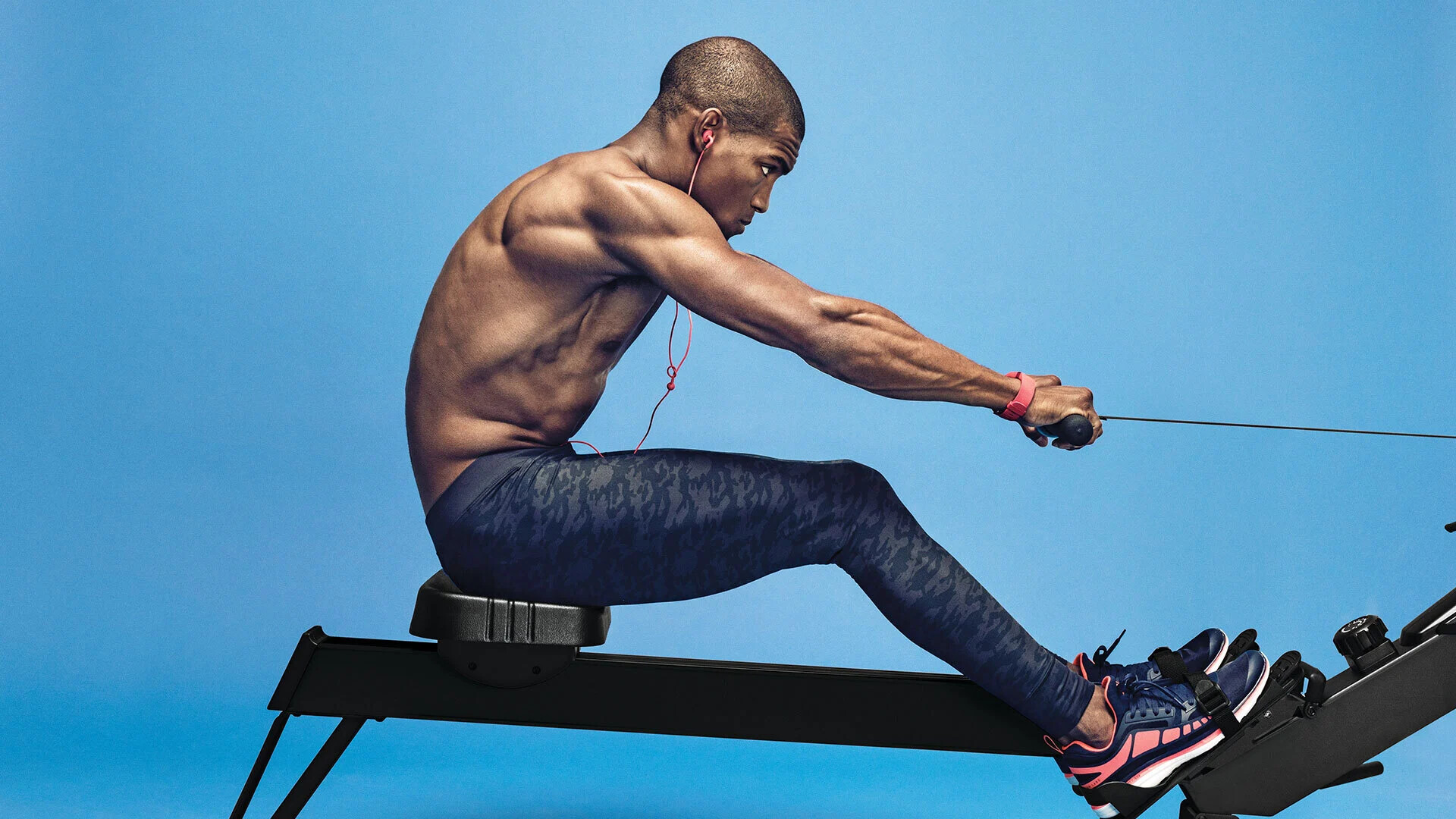
1. Pickleball
Pickleball, the blend of ping-pong, badminton, and tennis that seems to be everywhere these days, is popular for a reason. It’s not only super fun and accessible to almost everyone, it’s also a highly valuable low-impact workout.
On those days off from your normal running workouts, try a session on a pickleball court. You’ll find that it’s fantastic exercise for your forearms, biceps and triceps and all that bending over will also stretch your hamstrings and quads.
Playing pickleball demands short, sharp bursts of movement in all directions, and being quick off the mark is essential. This is great for your cardio and helps to build your stamina. And the best part? You’ll be having so much fun you won’t even notice the workout.
2. Rowing
Rowing is a great low-impact exercise that will benefit your running fitness no end. As we all know, running can take a toll on the joints, which can lead to poor performance and eventual injury. Rowing is easier on the joints, while providing a whole-body workout.
As runners, it is easy to overlook upper body strength. This is a mistake, as a strong core makes for a better runner. Rowing not only strengthens the core, it also promotes stability and stamina, two crucial qualities of a great runner.
3. Cycling
Cycling is an excellent activity for those days that you’re not running. It exercises all the major muscle groups in the legs and gives you a great cardio workout. All while giving your joints a break from the impact of running.
Whether you go out for a ride or use a static bike, the action of cycling on a recovery day is great for ‘flushing out’ the legs. It increases blood flow to the hamstrings, glutes, calves and quads and flushes out the lactic acid, thus helping those tired muscles to repair.
4. Swimming
The benefits of swimming for runners are impressive. The idea of cross-training is to improve endurance, speed and recovery, so that you can perform your best at your chosen discipline. Swimming nails all three.
By swimming on your days off from running, you allow your joints to rest and your muscles to recover, while still getting a full body workout.
But maybe most importantly, swimming is fantastic for your lung volume and strength. The ability to process more oxygen is absolutely essential to your performance as a runner, and swimming is a surefire way to condition your body to handle more air.
5. Strength Training
Last but not least, strength training is an excellent way to improve your running fitness, reduce injuries and improve your overall health. Dumbbells, kettlebells, weight machines and any other number of exercises that put your muscles under a load all qualify as strength training.
Your body receives quite a pounding when you’re running regularly. Strength training makes your muscles and connective tissues much better at handling the stress of running, thus reducing the load on your cartilage, joints and bones. The stronger you are overall, the better your body can deal with the demands of running.
Strength training also helps your body to create better neuromuscular connections. The neuromuscular system is the entirety of your nerves and muscles, all working together to make the body move as you want it to, while controlling vital functions like breathing.
Heavy lifting has been proven to strengthen the neuromuscular pathways, thus making your body better at any kind of physical exercise.
Add Variety to Your Exercise Regime for the Best Results
There’s no doubt that diversity in your training regime is the most effective way to boost performance. Repeating the same exercise without working on your overall strength and fitness simply leads to burnout, fatigue, and injury.
Take a holistic view to your running fitness by mixing up your exercise regime, and you’ll soon see the benefits.
(12/06/2022) ⚡AMPby Colorado Runner
Focus on these four running goals to boost confidence
If you’re consistently focused on the outcome of both your races and training runs, you’re bound to be disappointed at least some of the time–so many things outside of your control need to line up on race day to achieve peak performance. Weather, unexpected life stress (who hasn’t been there?), a perfectly operating digestive system: the list of things that need to go right (and can easily go wrong) is endless. We’ve nailed down some goals, that are non-results based that you can work on while preparing for (and running) your next race.
Setting non-outcome-related running goals can be a huge confidence booster and a much more effective way to learn and grow as an athlete than simply focusing on results. Olympian, researcher and coach Joanna Ziegler writes in her book The Champion Mindset: An Athlete’s Guide to Mental Toughness, that she always had her very best races when she was focused on having fun, and simply doing the best she could that specific day. Here are her favorite things to focus
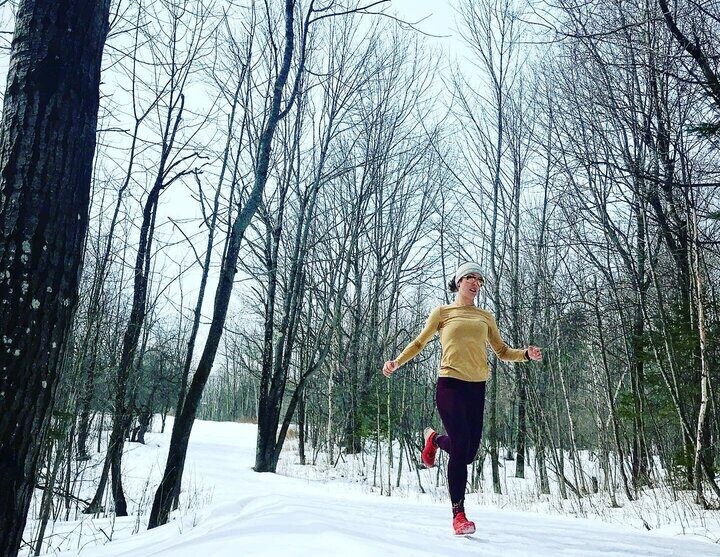
1.- Nailing nutrition
Practicing nutrition in training is essential, and training your gut to adjust to taking in calories if you’re participating in a longer event, or simply finessing what works for you before and after running can be game-changers. What works in training doesn’t always translate to race day, so practicing nutrition goals in smaller races and events is a great way to figure out what works best for you.

2.- Finding your joy
Sometimes running should just be fun. If it’s been a while since you ran a race purely for kicks, consider adding one to your schedule, and preparing for it by taking yourself less seriously on some training sessions. Sure, we need harder workouts in the mix, but pausing on your easy run to pet a dog, throw some snowballs (run through a sprinkler in warmer weather), or admire your surroundings isn’t going to seriously impact your fitness. It will, however, give you a brain boost, which leads to feeling motivated and hitting those speed targets when you go after them.
3.- Finding your joy
Sometimes running should just be fun. If it’s been a while since you ran a race purely for kicks, consider adding one to your schedule, and preparing for it by taking yourself less seriously on some training sessions. Sure, we need harder workouts in the mix, but pausing on your easy run to pet a dog, throw some snowballs (run through a sprinkler in warmer weather), or admire your surroundings isn’t going to seriously impact your fitness. It will, however, give you a brain boost, which leads to feeling motivated and hitting those speed targets when you go after them.
Testing yourself
“Running races are excellent substitutes for a regularly scheduled training session,” says Ziegler. A race used as a training session allows you to go harder than you would during training, giving fitness and confidence a boost before you head into a goal race.
4.- Implementing a new mental game
Ziegler says that every time you run you have an opportunity to practice upping your mental game. Using visualization techniques before a run, making a mantra to keep yourself in the flow of things, or working on navigating a setback without losing your cool will pay off when it really counts.
(12/06/2022) ⚡AMPby Running Magazine
Kenyan Benson Kipruto to join Eliud Kipchoge in Boston Marathon
Chicago Marathon champion Benson Kipruto yesterday confirmed he will join world record holder Eliud Kipchoge in Boston Marathon on April 17.
Kipruto placed third in Boston last April and will be seeking to reclaim the title he won in 2021.
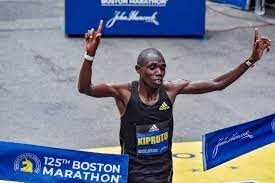
Kipruto won the Boston Marathon in 2021 (2:09:51) but lost to winner Chebet Evans (2:06:51) and Cherono Lawrence (2:07:27) who took the top two places this year.
"This year, the race was quite competitive and I had not done much in training. However, third place was good under the circumstances,” Kiprop said.
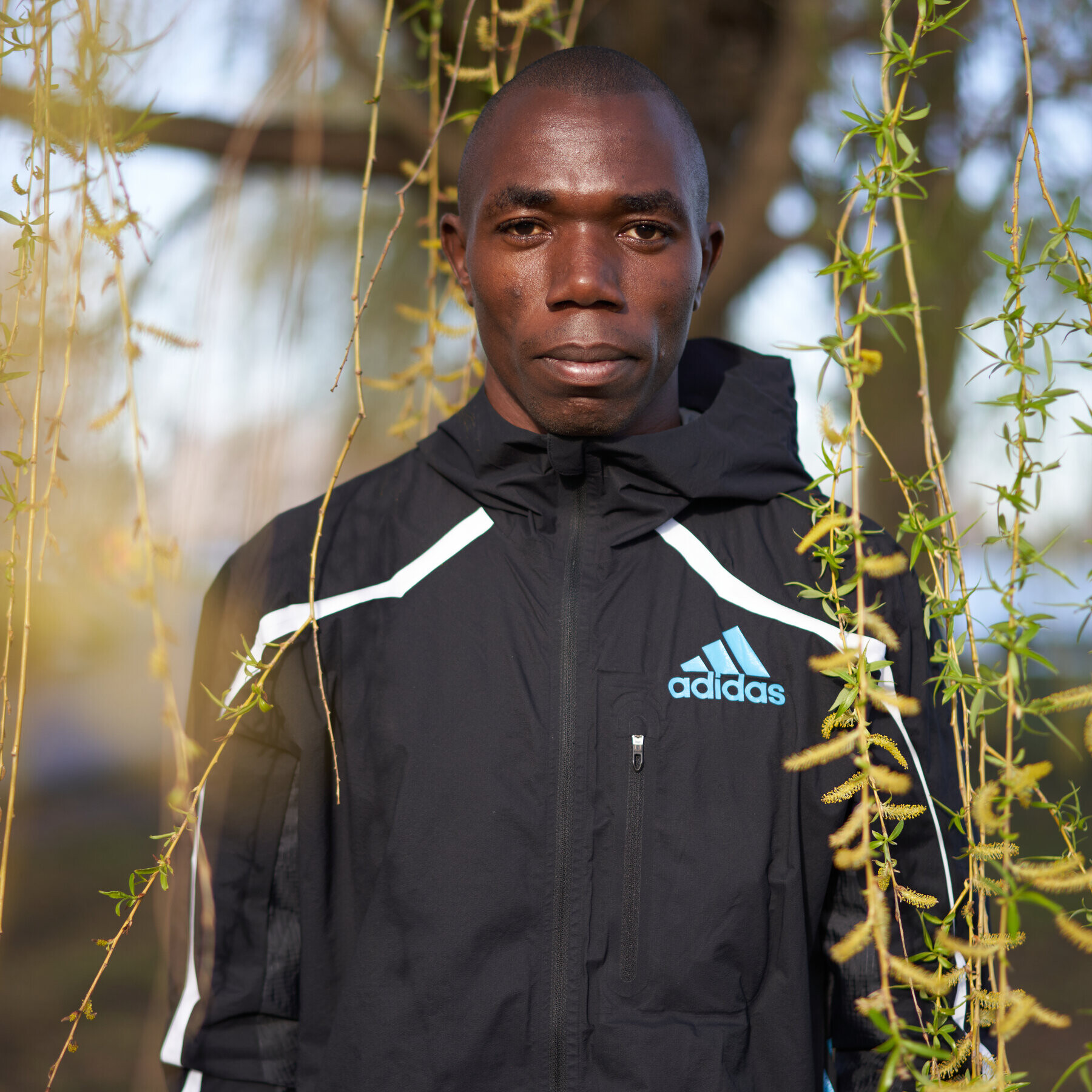
Having had an impressive record in American races, the 2021 Boston champion said he is confident he will still make a podium finish.
“I would like to finish among the top three if the race is hard but my main target is to reclaim my position,” he added.
The 31-year-old said he has just resumed his training after winning Chicago Marathon in October.
“I want to focus on my training to avoid the mistakes I made in April. I have already started on my hill work and short sprints, thanks to coach Claudia Beraldelli," he noted.
Kipruto revealed that athletics is his biggest source of income and that is why he is taking his career seriously.
Since his marathon debut in 2015, Kiprop has been consistent in producing outstanding performance. “Athletics is everything to me and that is why I take it seriously, " he added.
The 31-year-old has been training under the tutelage of 2-Running Club since 2016 when he officially joined the camp. Kipruto said he is keen to follow in the footsteps of Eliud Kipchoge. “I really admire Kipchoge's humility," he noted.
(12/06/2022) ⚡AMPby Cynthia Chepkurui
Boston Marathon
Among the nation’s oldest athletic clubs, the B.A.A. was established in 1887, and, in 1896, more than half of the U.S. Olympic Team at the first modern games was composed of B.A.A. club members. The Olympic Games provided the inspiration for the first Boston Marathon, which culminated the B.A.A. Games on April 19, 1897. John J. McDermott emerged from a...
more...Jerry Hughes smashes Canadian 48-hour record
Victoria, B.C.’s Jerry Hughes set a new Canadian 48-hour record early Sunday morning at the Fat Ox Endurance Run in Arizona, running 368.031 kilometers (228.684 miles). Hughes boasts an extensive ultrarunning resume, but this is his first Canadian record, besting Dave Proctor’s 2018 record of 358.163 km (222 miles). Hughes headed into the event with a goal of qualifying for the Canadian 24hr team, a goal he nailed along the way. Hughes ran 221.01 km (137.33 miles) in 24 hours, more than any Canadian in 2022.
The Fat Ox Endurance Run (hosted by Aravaipa Running, known for endurance events like Javelina Jundred and Across the Years) was “originally founded as a research study on fat oxidation utilization for ultra runners,” ultrarunner and race director Jamil Coury explains. The race was in a new location this year, held on a 1590.3-meter concrete loop on an eight-foot-wide sidewalk winding through Estrella Mountain Regional Park, just outside of Phoenix, Ariz.
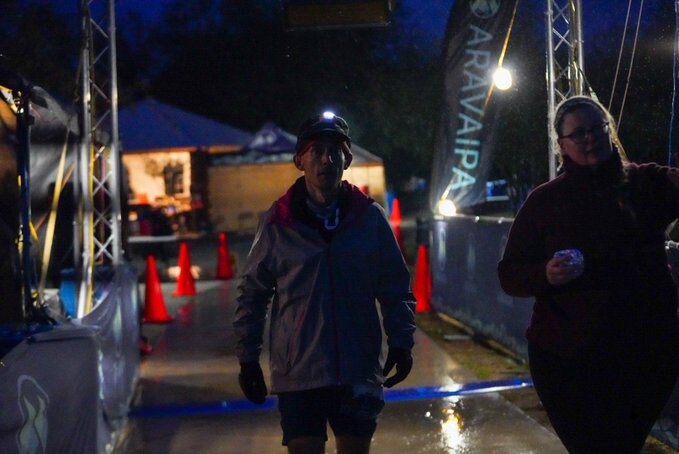
In its third year as a fixed-time race with multiple distances, the 48-hour event began Friday in ideal running conditions–cool and overcast skies. Saturday, however, was another story, with an increasing chance of rain evolving into a significant rainstorm that Coury says “parked itself across much of the state of Arizona and recorded a rainfall record for Sky Harbor airport.”
Despite the conditions, Hughes kept on moving. “Runners persisted throughout, including Jerry Hughes who really dug deep the last night running through off-and-on rain to not only set a new Canadian 48-hour record not only overtaking Dave Proctor but also landing on the top 10 all-time in North America,” says Coury.
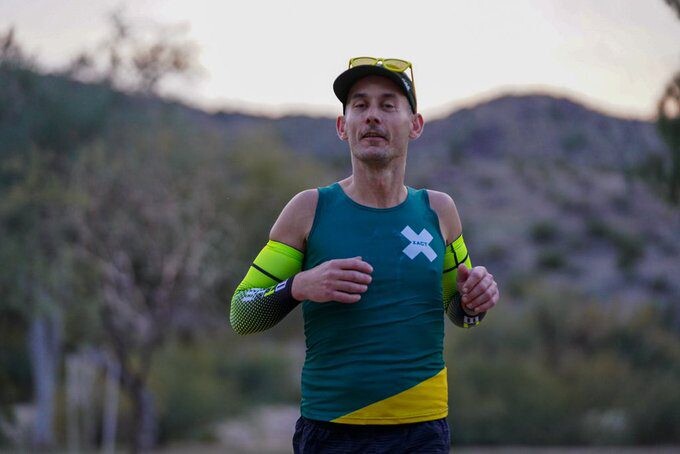
Hughes’s journey of resilience
Hughes started running in 2014 with a 10K race and says he was hooked after that. “A month later, I did my first half-marathon in 1:40,” he says. In 2015, he ran his first marathon in 3:11, and decided to make the leap to ultras, tackling the Squamish 50-miler in 2016. He upped his distance with his first 100-miler in California, where he bested his goal of running under 24 hours by a large margin, finishing in sixth place in a little over 18 hours.
“It was at this point that I realized I had a bit of a gift for this,” Hughes says. Since then, Hughes has been a regular on the ultra scene, racing everything from 100-milers to multi-day events. When COVID-19 shut down events, he reached out to friends Lisa Large and Josh Heath to organize the One Track Mind Ultra, a fundraiser for the Help Fill a Dream Foundation. The charity supported Hughes and his siblings (all of whom live with Gardner’s syndrome, a rare genetic disorder that can lead to colon cancer) when they were younger.
Hughes, a busy father of four young children, is known for being a positive force in the running community in Victoria and beyond, and for taking every opportunity he can find to give back. Fellow Canadian ultrarunner Matt Shepard ran with Hughes at One Track Mind Ultra, and says he was impressed by his resilience. “After hearing his story and the challenges that he has faced, I was blown away,” says Shepard.
“After realizing that he didn’t have to let his challenges define him, he started chasing these big goals to show others that they can also overcome seemingly impossible obstacles. Jerry shares so much love and inspiration,” said Shepard. “I am incredibly proud of him for his efforts and the lessons he is sharing with the world.”
While Hughes described the rainy, middle-of-the-night laps toward the end of his 48-hour run as “pure misery,” he was in great spirits Monday morning as he prepared to head back to Canada, joking that while he felt pretty good, he might need some assistance getting into the plane.
(12/05/2022) ⚡AMP
by Keeley Milne
2022 marks record-breaking year for the California International Marathon
During the 2022 California International Marathon Paige Stoner clinched the women’s course record, finishing the full 26.2 miles in 2 hours, 26 minutes and 2 seconds.
Race officials announced over the intercom as she finished, “national champion on the women’s side Paige Stoner sets a new course record.”
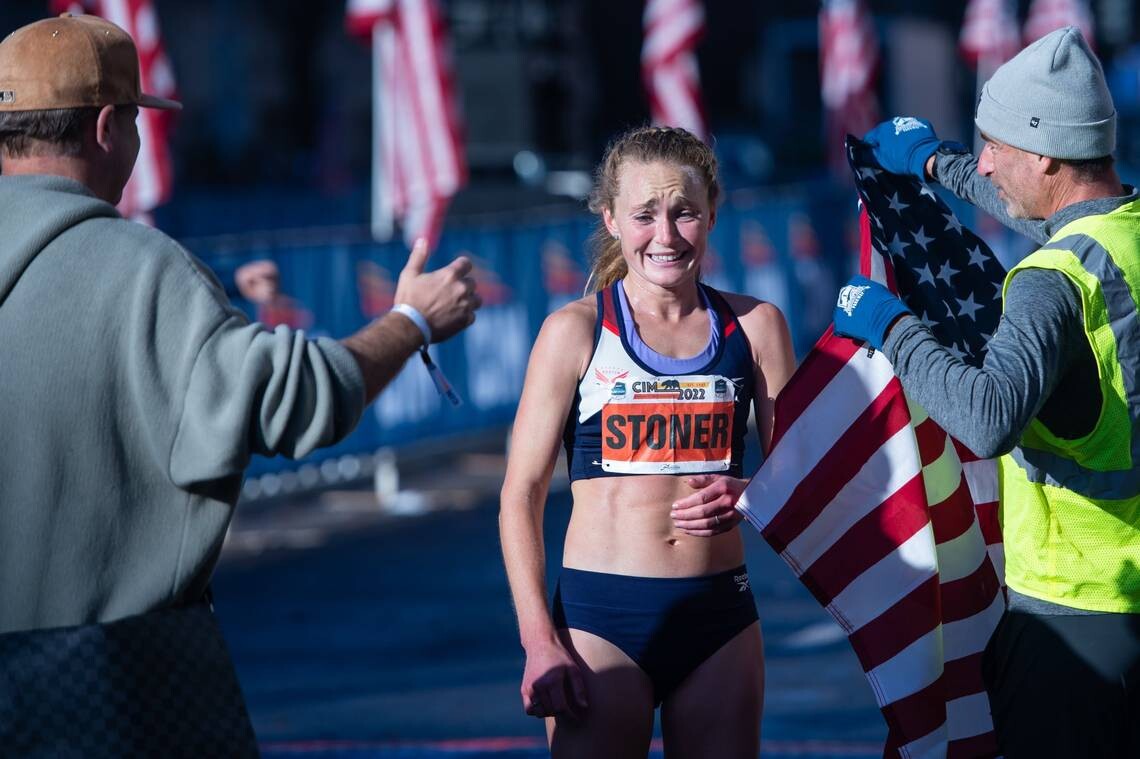
Stoner shattered the women’s course record by 51 seconds.
On the men’s side, Futsum Zienasellassie finished first, in his debut marathon with 2 hours, 11 minutes, and 1 second, the third-fastest mark ever run at CIM.
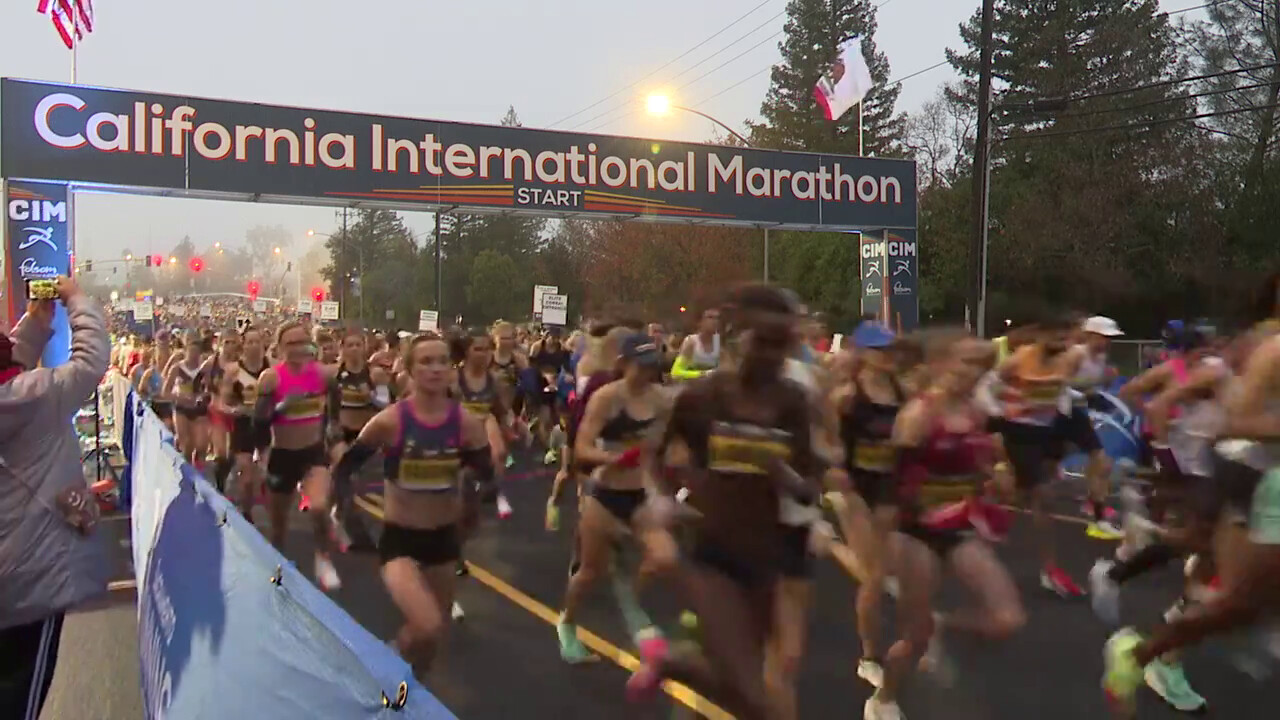
Both Stoner and Zeinasellassie achieved USA Titles.
2022 marked the 39th CIM, with over 10,000 total runners, including more than 9,000 marathoners and close to 1,000 relay participants.
Attracting top runners from around the world, CIM, known as the "fastest race in the West" is the #1 Boston Qualifier, with many who’ve set their sights on Olympic goals.
Appealing to athletes of many levels, thousands of families stood on the sidelines to cheer on their loved ones.
Finisher, Heather Graves, while holding her 8-month-old baby boy beamed as she told KCRA 3 she not only set a personal record but also qualified for the Boston Marathon.
“Having a baby was probably the worst pain and this was nothing compared to that,” Graves said while laughing.
(12/05/2022) ⚡AMPby Erin Heft
California International Marathon
The California International Marathon (CIM) is a marathon organized by runners, for runners! CIM was founded in 1983 by the Sacramento Running Association (SRA), a 501(c)(3) non-profit organization. The SRA Board of Directors is comprised of runners with a combined total of 150+ years of service to the CIM. The same route SRA management created for the 1983 inaugural CIM...
more...Do you run efficiently? Improve your running efficiency with these four steps
It's the time of year where many of us are in the early stages of a running program or thinking about it. As we look way down the calendar to our chosen events, our goals can seem a long way away.
Sometimes early in the program it can be hard to keep focussed or motivated with our running training, but this is the ideal time to focus on what really matters when it comes to your running training. And that is, running with good form, and improving our running technique & efficiency, hence Run Well.
As always running training is about becoming a stronger & better runner, which given time will result in you becoming a faster runner. Hence the key here is in practising good technique, and thus developing good, strong motor (movement) patterns as we run. Train well, get stronger, improve your efficiency and faster will come.
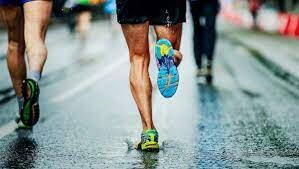
Here are a few key pointers to get you started;
1. Tall posture, strong trunk.
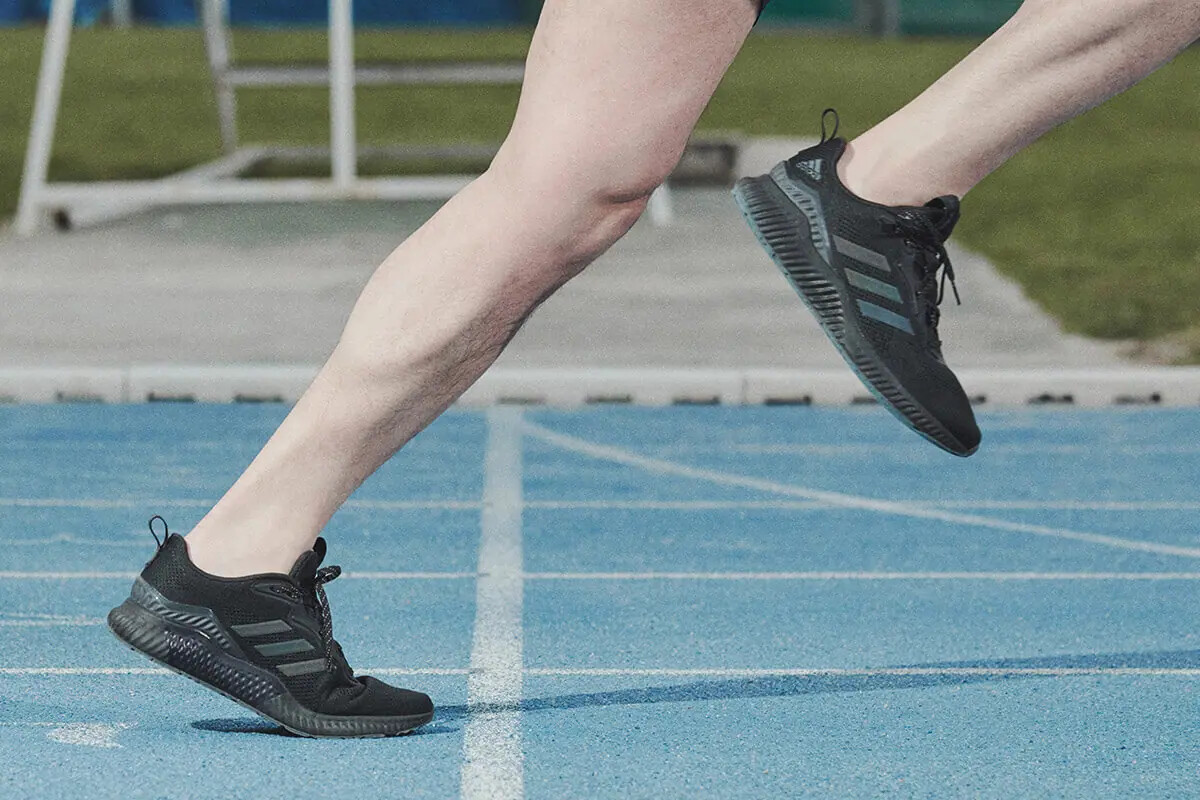
Running tall, chest up with a strong trunk allows you to keep your hips on top of & in front of your feet, to access your glutes/hips for power. Look out in front, not down to the ground.
2. Shorter stride length , more steps
Reducing your stride length will also keep your hips over your feet, reducing the tendency to reach out in front with your foot ( over-striding). This also help you to land through your mid-foot for energy recoil, More steps, means reducing the load with each step,
3. Pick up you feet!
This is called 'Knee Drive'; so pick your feet up off the ground at the end of your stride to get your knee coming through high & forward in position for your next step. This focal point will also help prevent you from reaching forward with your stride and over-striding.
4. Push from hips.
Your glutes come from (the back of) your hips, and are the strongest muscle in your body. These are the runner's powerhouse that will allow you to run well, and fast. The combination of the above factors will allow you to push your body forward as you stride, thus increasing your stride length behind you during knee drive, and not reaching out in front.
(12/05/2022) ⚡AMPby Run Well
Level-up your latte the Rich Roll way
Endurance athlete and podcast host Rich Roll is known for his plant-based diet and healthy living. Whether you’re keeping a focus on nutrition or simply want a warm cup of something post-run, you’ll love Roll’s latte recipes from The Plantpower Way. He suggests taking the time to select a special cup you enjoy holding in your hands, noting, “One of the great pleasures of life is a favourite mug.”
You’ll need a strainer or cheesecloth for these. I find that substituting paste or powdered ginger or turmeric if I didn’t have any root handy works just fine.
Mocha Latte

Roll calls this a “creamy blend of cacao and coffee topped with a velvety layer of nut milk froth.”
Ingredients
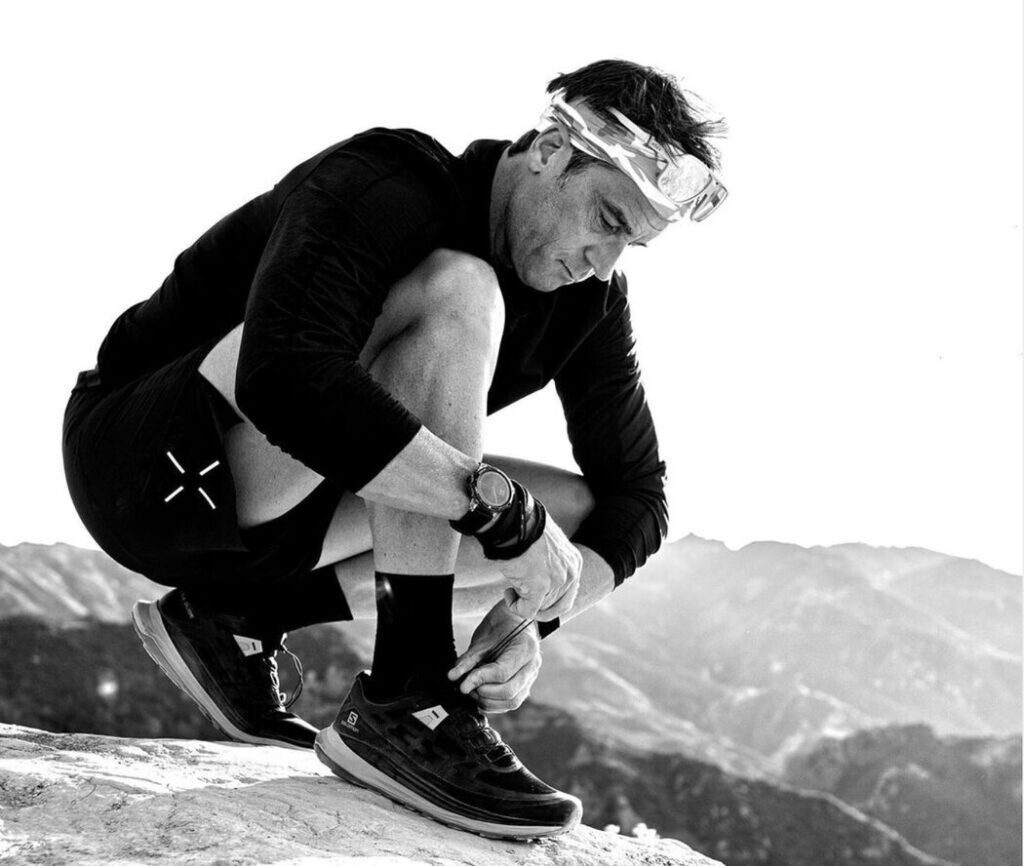
4 cups organic fresh-brewed coffee (can use regular or decaf)
1/4 vanilla bean
5 Brazil nuts
2 tsp cacao nibs
1 tsp honey
pinch of cinnamon
Preparation
Brew a pot of your favourite coffee.
Split the vanilla bean lengthwise and scrape out the seeds.
Add all the ingredients to a blender and blend on high for one minute.
Strain the mixture through cheesecloth or a fine strainer, pour into your favourite cup and enjoy. For an iced version, add three cups of ice and blend again.
Ginger Turmeric Latte
This frothy drink is full of anti-inflammatory and stomach-soothing properties. “Ginger works wonders for digestion, while the nutrient-rich hemp seeds blend to give you a nice and creamy protein-packed drink,” writes Roll.
Ingredients
2 cups water
1-inch piece of fresh ginger, peeled (ginger paste works well, available at most grocery stores)
1-inch piece of turmeric root, peeled
1/4 cup hemp seeds
1 tsp honey
dash of cardamom
Preparation
Bring the water to a boil.
Using a fine hand grater, grate both the ginger and the turmeric.
Add all the ingredients, except the cardamom, plus the boiling water, to a blender and blend on high for one minute.
Pour the mixture through a fine strainer or cheesecloth and serve. Garnish with a sprinkle of cardamom.
(12/05/2022) ⚡AMPby Running Magazine
Stuck inside? learn to love the treadmill and make the time fly by, with these workouts
The treadmill is occasionally a necessary evil. Whatever the reason you’re stuck inside, you can still fit in a challenging workout and make the time pass quickly. View time on the treadmill as an opportunity to mix it up in a controlled environment–no traffic lights to pause at, icy patches of sidewalk to navigate, or unexpected weather blowing in. We have a few workouts to take you into beast mode if you need to run inside on one of your harder-effort days.
Treadmill running is a great opportunity to practice running with great form (think relaxed, smooth running), and, by adding some structure to your workout, that seemingly endless hour will fly by. If you’re not sure what your 10K or 5K race pace is, try running at what feels like a hard effort, but one that you can maintain throughout all of your intervals.
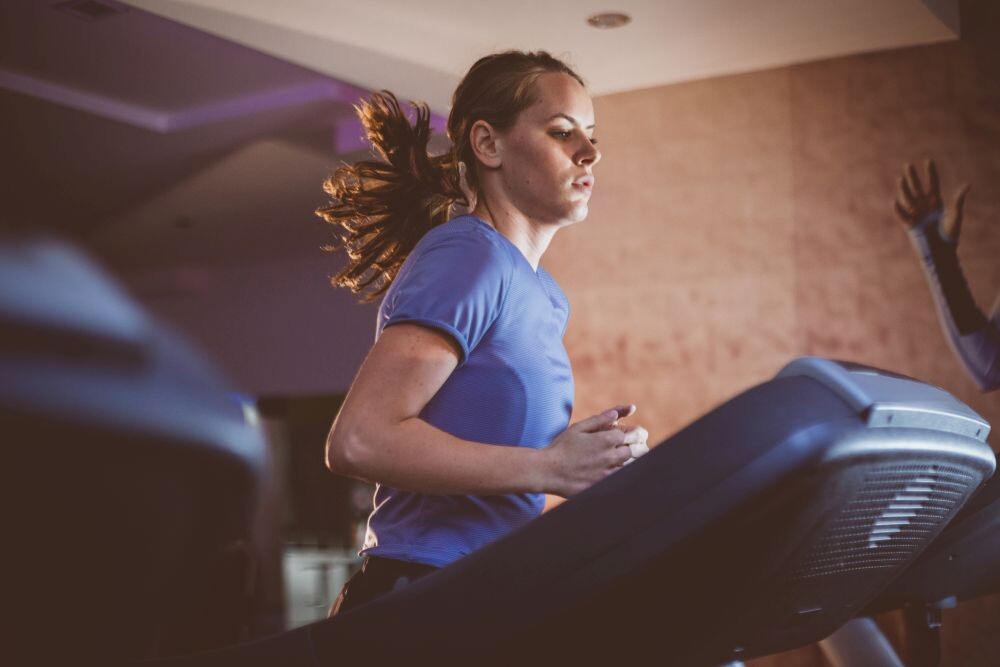
Classic intervals for a speedy boost
Warm up with 10 minutes easy running
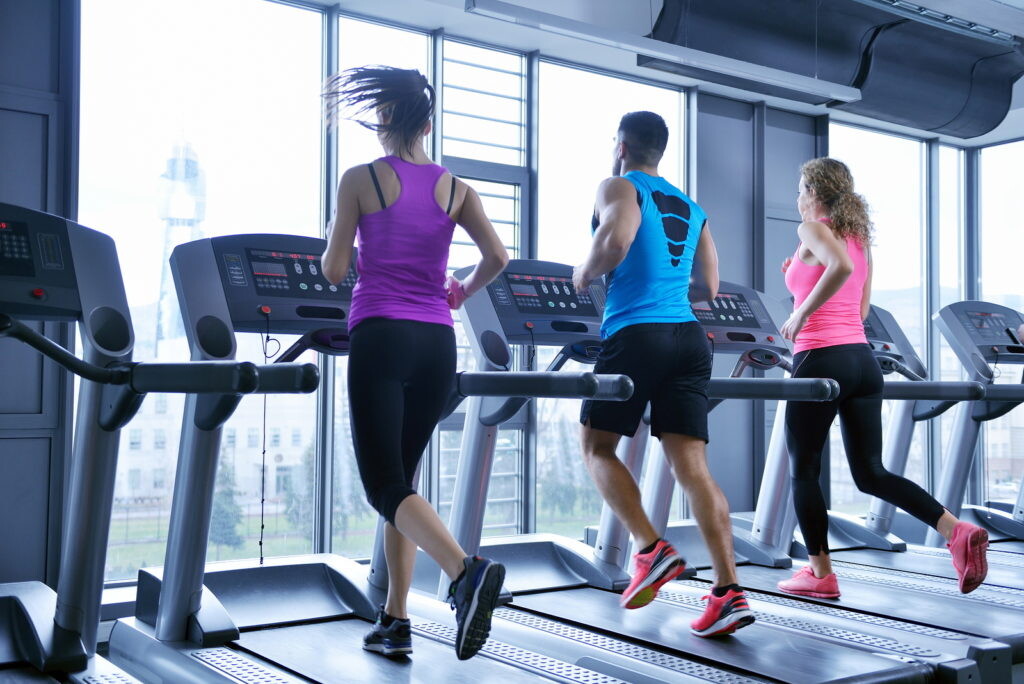
6-10 x 4 minutes at 10K race pace, with 3 minutes easy running to recover
Cool down with 5–10 minutes easy running
Feel free to tweak this one if it seems too easy, shortening your recovery time to 2 minutes.
Fast hill workout
This workout is great for building speed and strength, and mimics a traditional workout of shorter hill repeats. If you’re new to hill repeats, start with a 4–5 per cent incline; more experienced runners can ramp it up to 6–8 per cent.
Warm up with 10 minutes easy running
6 x 60-90 seconds at 5K-10K pace with 2-3 minutes of recovery
If you choose the shorter sprints, aim for 5K pace, for the longer sprints aim for 10K pace
Cool down with 10 minutes easy running
The 3–2–1 workout
Warm up with 10 minutes easy running
3 minutes at 5K race pace, followed by 3 minutes easy running to recover
2 minutes at 5K race pace, followed by 2 minutes easy running
1 minute at 5K race pace, followed by 1 minute easy running
Repeat the entire workout twice (except the warmup)
Cool down with 10 minutes easy running
Add another repeat of this workout if you’re an experienced runner and can maintain your hard effort throughout.
Follow a hard workout day with an easy running or recovery day, and hydrate well.
(12/05/2022) ⚡AMPby Keeley Milne
Brett Robinson and Sinead Diver have broken Australia's long-standing marathon records within hours of each other
Brett Robinson finally eclipsed the mark set by distance running legend Rob de Castella, which had stood for 36 years! The 31-year-old from Melbourne took 20 seconds off de Castella’s record, running 2:07.31, a personal best by almost two minutes!
After Robinson made his breakthrough at the Fukuoka International Marathon in Japan,45-year-old Sinead Diver broke the Australian women's record at Spain's Valencia Marathon. Diver beat her personal best by more than three minutes to smash Benita Willis’ longstanding 16-year-old record, clocking 2:21.34 to make it a historic day for Australian marathon runners.
(12/04/2022) ⚡AMPUSATF CEO's $3.8 million salary for 2021 sparks outrage
Team USA athletes and track fans are outraged after it was reported that USA Track & Field (USATF) CEO Max Siegel earned a whopping $3.8 million last year, according to his tax form posted on the USATF website.
Siegel’s pay represented 11 per cent of the organization’s total $33.6 million dollar revenue in 2021. His base pay is $685,000, and he received a bonus of $500,000, plus “other reportable compensation” of $2,574,598.
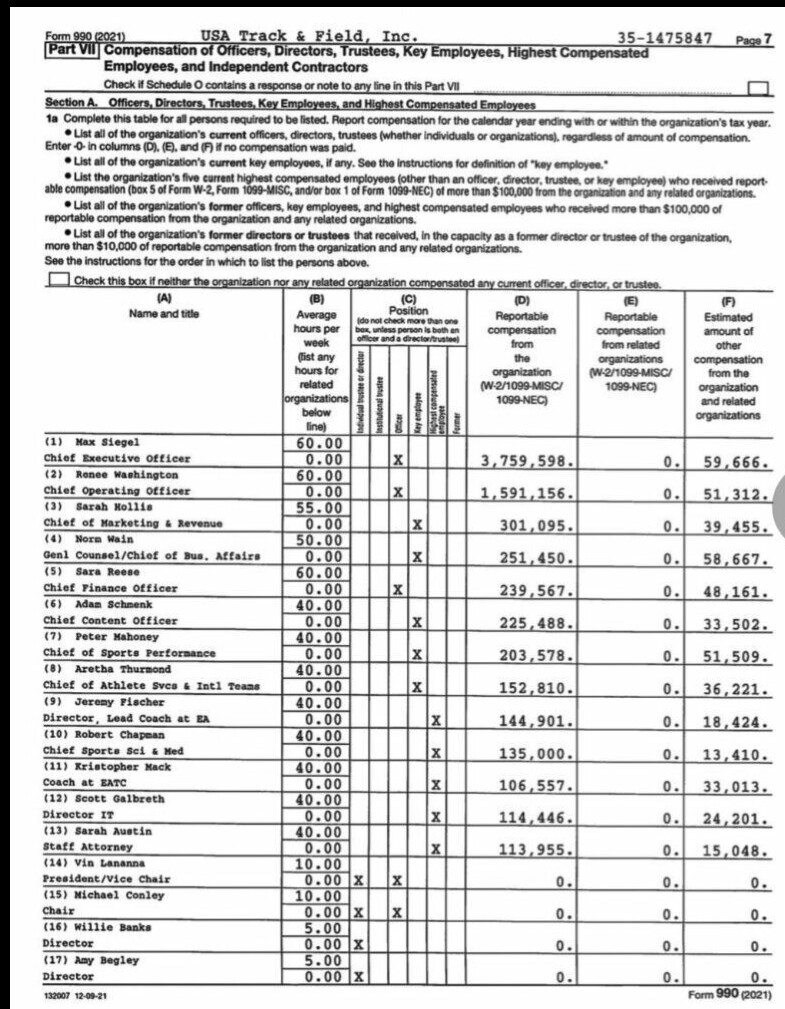

The organization’s second-in-command, COO Renee Washington, took home more than $1.6 million last year, which is four per cent of the total revenue (15 per cent between the two individuals).
U.S. decathlete Harrison Williams, who was a part of Team USA at the 2019 World Athletics Championships, commented on the issue, saying, “In a sport where the best athletes in the country only receive a $12,000 stipend from USATF (and have to be top 15 in the world to get it), it’s absolutely absurd that our CEO Max Siegel just made $3,819,264 in one year.”
“Imaging giving $10,000 of his pay to 10 athletes, and change their lives and training opportunities…but that would not allow him to fly private…once or twice,” tweeted 2016 800m Olympic bronze medallist Clayton Murphy.
2:09 U.S. marathoner Noah Droddy tweeted: “Honestly hoping he gets a raise so we can freak out more and come even closer together next year.”
Staff salaries at the nonprofit grew by $2 million from 2020 to 2021. In 2020, USATF salaries were $7.4 million. In 2021, they were $9.6 million for the organization’s 82 employees, an increase of nearly 30 per cent.
To put Siegel’s salary in perspective, NHL commissioner Gary Bettman earned 0.002 per cent of the league’s total five-billion-dollar revenue in 2021. If he earned the same percentage as Siegel, his annual salary would be $550 million.
Siegel’s salary is double that of USATF’s top athlete, world record holder plus world and Olympic champion Sydney McLaughlin, who reportedly signed a 1.5 million dollar base deal with New Balance in 2019.
Surprisingly, Siegel’s 2021 salary is a small pay cut from his 2018 tax return, which worked out to $4.3 million. In 2020, Siegel took a 20 per cent pay cut “amid a pandemic-related revenue decline,” earning $1.3 million, meaning he tripled his pay cut in 2021.
Each year the USATF board of directors, which is made up of 24 members, has to vote on and approve the salary of the USATF CEO.
Most U.S. track and field athletes are not typically paid to compete, though there are a few exceptions, such as Olympic medallists, athletes who rank in the top 10, and those with large followings on social media. These athletes may receive a bonus from their sponsors or USATF. However, most track and field athletes do not receive a salary or payment for their performances.
(12/04/2022) ⚡AMPby Running Magazine
Running with OCD: remember to look up
“The credit belongs to the man who is actually in the arena” –Theodore Roosevelt
I always looked down when I ran. It enabled me to focus better and control the agony of long-distance running. When I trained and competed, my varsity cross-country coach, Paula Schnurr, always emphasized the importance of looking up.
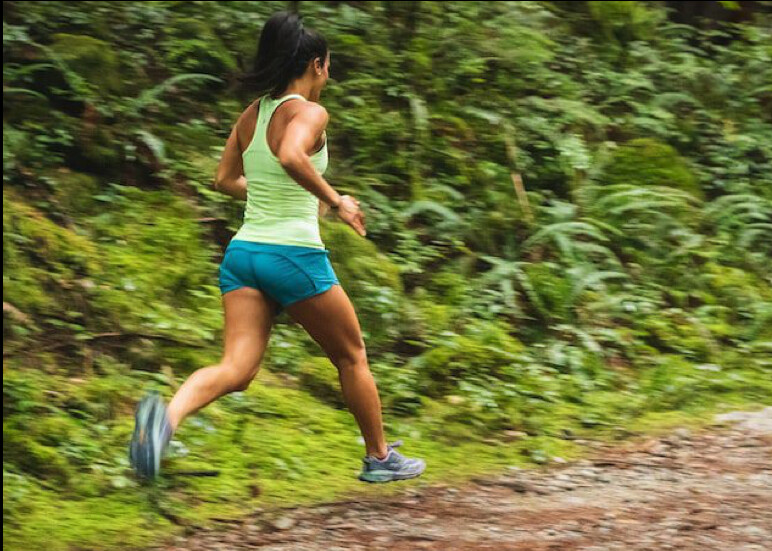
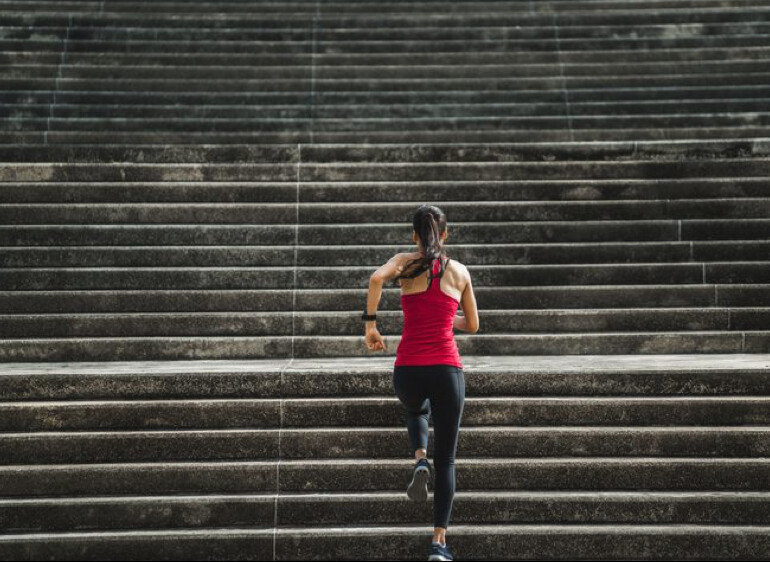
She repeatedly told me to look up and look forward. I realized later that this lesson applied both on and off the track. In Grade 9, I was diagnosed with obsessive-compulsive disorder, commonly known as OCD. I was overwhelmed with distressing and intrusive thoughts, compulsions and the inability to stay present in my day-to-day life.
During the summer of 2020, I decided to attend a six-week intensive OCD course. This course was designed to help individuals develop the strategies and tools needed to accept and manage OCD symptoms. During these sessions, I learned how to control my compulsions and be at peace with distressing thoughts without reacting to them. However, when these sessions were completed, I fell back into old, familiar patterns, due to lack of maintenance.
This led to a sense of helplessness, loss and anger. In July 2022, I went out for a run in my hometown in southern Ontario. While running, I suddenly was aware that instead of looking down, I was instinctively looking up. I had not done this since my last cross-country race, three years ago. At that very moment, I realized something that I had never appreciated in the past.
My life did not drastically change at that moment, nor did I develop a cure for OCD or make the Olympic team. However, I realized I had to approach my OCD tendencies as Paula told me to approach running–look up, embrace the pain and keep moving forward. If you or someone you know has OCD, I’ll leave you with this. When a distressing thought comes to the forefront of your mind, look at it like you would “look up” during a run.
Face it, embrace it and allow it to move through you. In a race, you endeavour not to stop running. I am no longer stopping for my thoughts, nor am I giving any more energy to them. Paula was an instrumental person and coach in my life during my years at university. She continues to support me on and off the course.
To those of you who find yourself in the arena of mental illness, I see you. Keep looking up, and keep looking forward. The credit belongs to you.
(12/04/2022) ⚡AMPby Running Magazine
Teferi Becomes Fukuoka's First Israeli Winner.
Japan had not one but two top-level men's marathons happening at the same time today. Conditions were a little too windy at the rescendent Fukuoka International Marathon to produce the kind of times organizers were hoping for, but there was still a great race up front. Almost dead-even on 3:00/km pace the entire way despite a building headwind from around 11 km to 18 km and again from 25 km to 32 km, and a strong tailwind from 32 km to the track finish, by 35 km a lead pack of 30 dwindled down to just 2021 winner Michael Githae (Suzuki), debuting teammate Vincent Raimoi (Suzuki), 40-year-old double world champ Abel Kirui (Kenya) and Ethiopian Israeli Maru Teferi.
Teferi didn't really break it apart as much as he held steadier than everyone else. From 30 to 35 km he clocked 15:01 and from 35 to 40 km 14:59, while the other three slowed to the 15:17~15:23 range on the way to 40 km. Teferi kept that pace all the way to the end, winning in a PB 2:06:43.
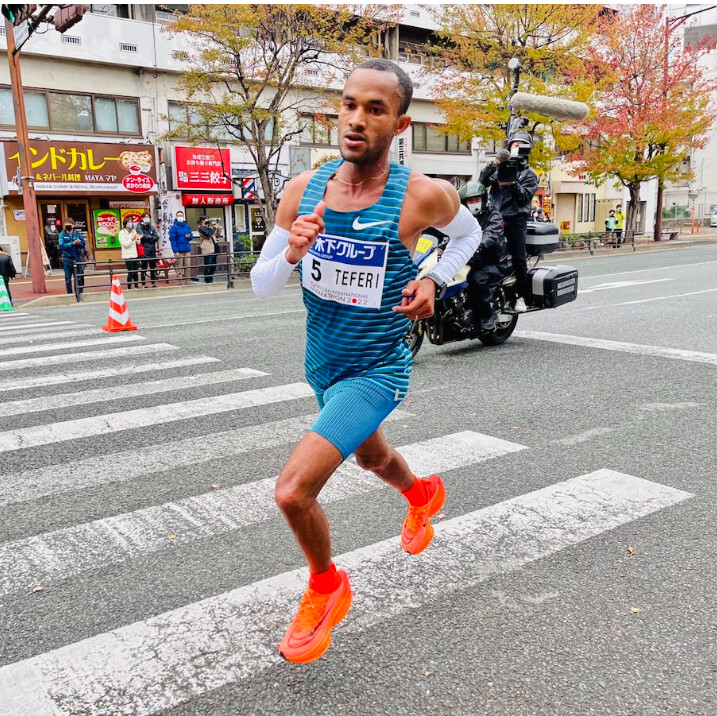
Raimoi had the final gear to drop Githae for 2nd in 2:07:01, while Githae held on to 3rd in a PB 2:07:28. "This was another step for me," Githae told JRN post-race. "I'm happy with how I did."Kirui slowed further, bringing him into range of fast-closing Australian Brett Robinson. 18 seconds back at 40 km, Robinson closed the 3rd-fastest in the field to run Kirui down for 4th in 2:07:31. That was good enough to take 20 seconds off past Fukuoka champ Rob de Castella's 2:07:51 Australian record, another piece of history from sub-60 Marugame Half winner Robinson. Kirui was 5th in 2:07:38.
Kazuma Kubo (Nishitetsu) was the last Japanese man to stay with the top group, making it as far as 30 km before dropping off. In the end the top Japanese spot went to Kiyohito Akiyama (Aichi Seiko), 7th in 2:08:43. He, 8th-placer Akira Akasaki (Kyudenko), 2:09:01, and 9th-placer Minato Oishi(Toyota), 2:09:08, all qualified for next year's MGC Race 2024 Olympic marathon trials. Kubo hung on for 10th in 2:09:19 and 11th-placer Koki Takada (Sumitomo Denko) made it five under 2:10 in 2:09:45, but both missed out on qualification. And in terms of the domestic results, Fukuoka lost out to Hofu.
(12/04/2022) ⚡AMPFukuoka Marathon
The Fukuoka International Open Marathon Championship is one of the longest running races in Japan, it is alsoan international men’s marathon race established in 1947. The course record is held by Tsegaye Kebede of Ethiopia, running 2:05:18 in 2009. Frank Shorter won first straight years from 1971 to 1974. Derek Clayton set the World Record here in 1967 running 2:09:37. ...
more...Very fast times for both men and women in Valencia with surprise winners
VALENCIA, Spain — Near-perfect conditions at the 2022 Valencia Marathon Trinidad Alfonso created an opportunity for fast times, and the elite fields answered the call on Sunday morning. Kenya’s Kelvin Kiptum won the men’s race in 2:01:53, the fastest debut in history, after breaking the race open with a savage late-race move at 32 kilometers. Kiptum split 60:15 for his second half and 28:04 from 30-40k to become just the third man in history to break 2:02 after Eliud Kipchoge (2:01:09) and Kenenisa Bekele (2:01:41).
In the women’s race, Ethiopia’s Letesenbet Gidey was expected to challenge the world record of 2:14:04 in her debut and was on 2:14:10 pace through 30k. But, shockingly, Gidey still had company at that point of the race as her countrywoman Amane Beriso was still with her. And in the end, it was Beriso who would hold on best as she won in 2:14:58 to move to #3 on the world all-time list. Gidey would fade over the final 10k but still hold on for second in 2:16:49, the fastest debut ever by a woman.
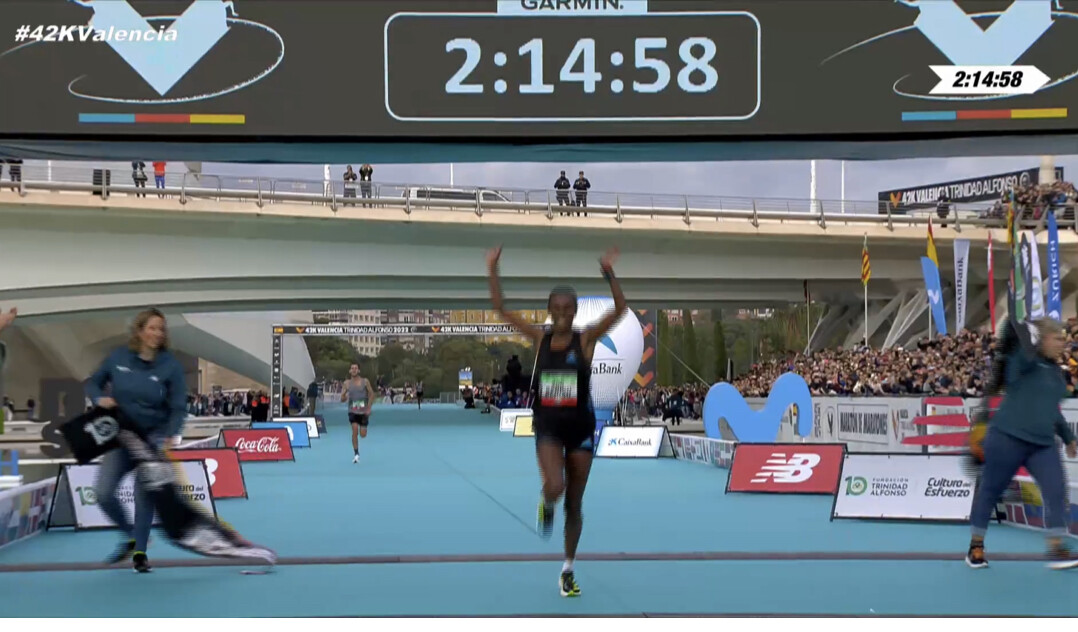

Both Kiptum and Beriso were surprise winners and had done little recently to indicate they would challenge for the win in Valencia. Kiptum owns a half marathon best of 58:42 from Valencia in 2020, but had not finished a race over any distance since October 2021 (he DNF’d the RAK Half in February 2022). Beriso, whose pb of 2:20:48 dates from her debut in Dubai in 2016, did not race at all from January 2020 to August 2022. In her return, winning the Mexico City Marathon on August 28 in 2:25:05 at an elevation of over 7,000 feet. On Sunday, just 14 weeks later, she ran a pb of almost six minutes to become the third-fastest woman in history.
Conditions could scarcely have been better for running, with temperatures in the high-40s/low-50s, wind under 5 miles per hour, and a fast, flat course in Valencia. In the men’s race, the top four all broke 2:04 while on the women’s side, seven athletes broke 2:19 — the most ever in a single race. Also notable, 45-year-old Sinead Diver ran 2:21:34 to finish 12th, a pb by almost three minutes and an Australian record.
(12/04/2022) ⚡AMPby Jonathan Gault (let’s run)
VALENCIA TRINIDAD ALFONSO
The Trinidad Alfonso EDP Valencia Marathon is held annually in the historic city of Valencia which, with its entirely flat circuit and perfect November temperature, averaging between 12-17 degrees, represents the ideal setting for hosting such a long-distance sporting challenge. This, coupled with the most incomparable of settings, makes the Valencia Marathon, Valencia, one of the most important events in...
more...Will Letesenbet Gidey break the women's marathon world record in Valencia on Sunday?
The undisputed fastest female distance runner in history, Letesenbet Gidey of Ethiopia, will make her highly anticipated 42.2-km debut on Sunday at the 2022 Valencia Marathon.
The 24-year-old currently holds world records over 5,000m (14:06.62), 10,000m (29:01.03), and the half-marathon (62:52), plus she is the reigning world 10,000m champion.
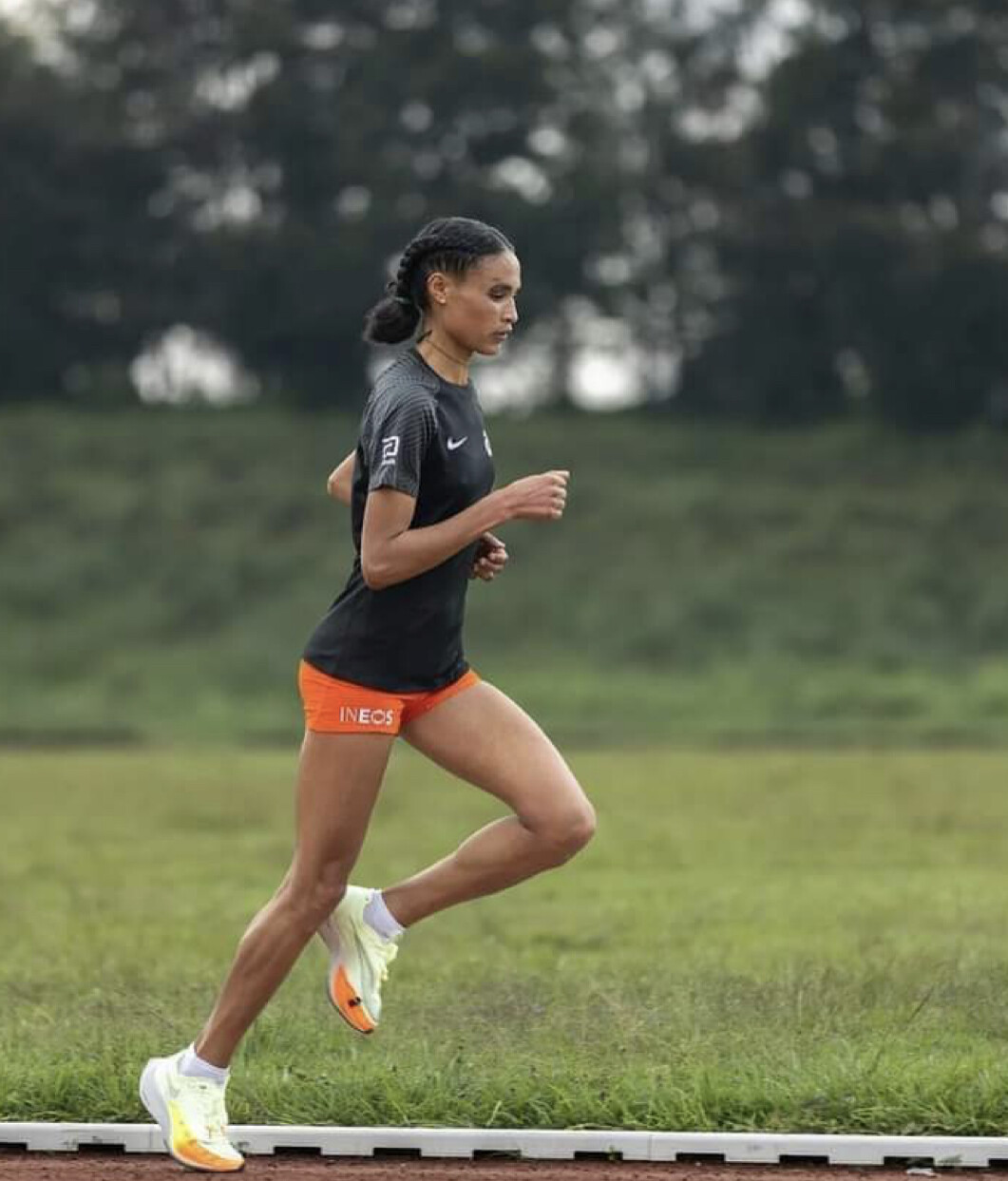
Gidey has found success in Valencia—it’s where she set two of her world records (5,000m and half-marathon). To date, she is the only woman to run under the 64- and 63-minute barrier for the half-marathon, which predicts she is ready for something fast on Sunday.
What attracts many of the world’s top marathoners to race in Valencia is the favourable weather and flat course. In the 2020 edition, 60 athletes achieved their qualification times for the Tokyo Olympics.
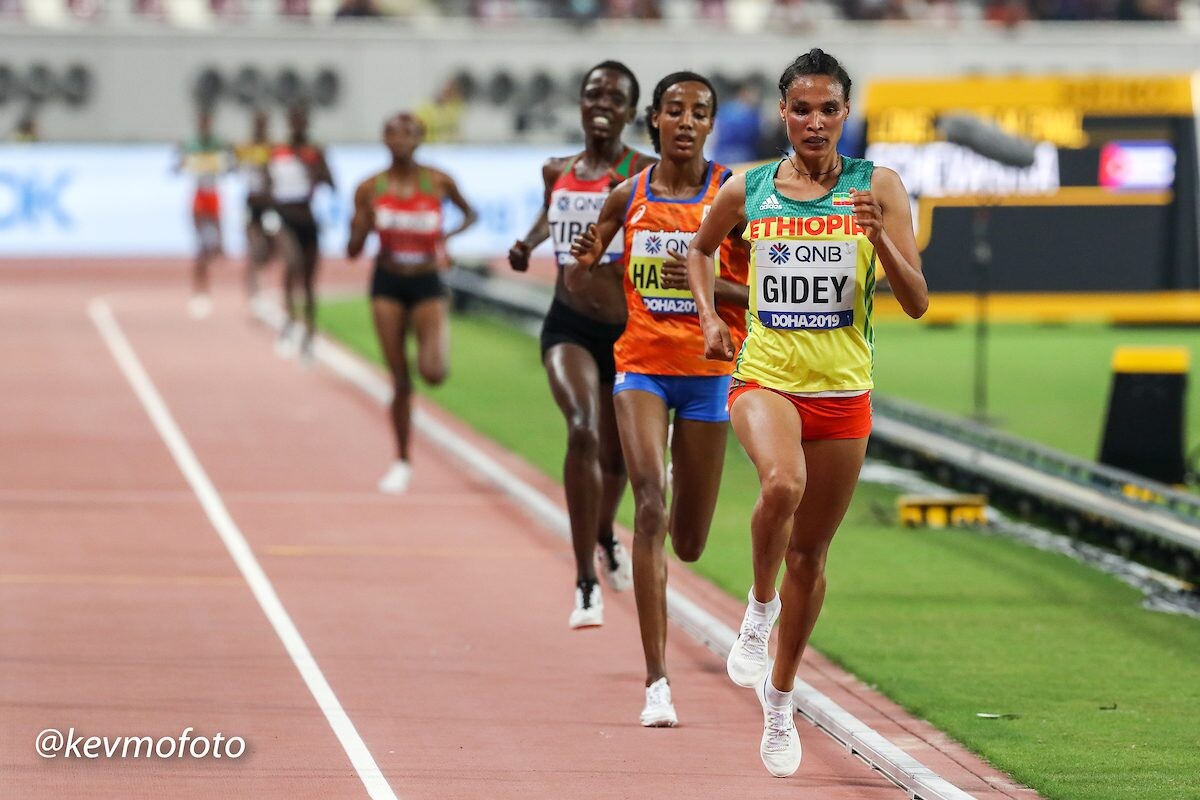
The weather for Sunday couldn’t be better for marathoning—the current forecast calls for 5 C with less than 10 km/h winds. It is reported that Gidey will have three male pacemakers guiding her, and she will be trying to run fast, says her agent.
Although Gidey has not come out and said she is chasing the world record, her previous times over 10K and 21.1 km have shown that she could be capable of something in the range of 2:16 to 2:12.
Until 2019, only one female marathoner had ever run under 2:16—Paula Radcliffe‘s 2:15:25 at the 2003 London Marathon. Since 2019, three women have broken the 2:16 mark, with Brigid Kosgei’s world record time of 2:14:04 at the 2019 Chicago Marathon leading the way. Her Kenyan compatriot Ruth Chepngetich came within 14 seconds of her record at this year’s Chicago Marathon, becoming the second-fastest female marathoner in history (2:14:18).
Letesenbet Gidey leads Sifan Hassan and the late Agnes Tirop at the 2019 World Championships in Doha, Qatar. Photo: Kevin Morris
Another time on Gidey’s mind is the Ethiopian national record of 2:15:37, which was run by Tigist Assefa at the 2022 Berlin Marathon.
Right now, Gidey is at the top of her game, and the only thing holding her back is her lack of marathon experience. Valencia offers her a chance to reach times no woman has touched, and on Sunday, we are likely to see something special.
Our prediction is something in the realm of 2:13-low, smashing the world record and achieving the title of the fastest debutante of all time.
(12/03/2022) ⚡AMPby Running Magazine
VALENCIA TRINIDAD ALFONSO
The Trinidad Alfonso EDP Valencia Marathon is held annually in the historic city of Valencia which, with its entirely flat circuit and perfect November temperature, averaging between 12-17 degrees, represents the ideal setting for hosting such a long-distance sporting challenge. This, coupled with the most incomparable of settings, makes the Valencia Marathon, Valencia, one of the most important events in...
more...Olympic 5,000-Meter Champion Murray Halberg Dies at 89
Murray Halberg, gold medalist in one of the most dramatic distance races in Olympic history and a four-time world-record holder, died in Auckland, New Zealand, on November 30. He was 89 years old.
Halberg achieved victory in the 1960 Olympic 5,000 meters with a decisive surprise attack at three laps to go. The feat is remembered as one of the great tactical triumphs in the history of world-class distance racing. He also showed the sheer speed necessary to run world records at 2 miles (twice), 3 miles, and in the 4 x 1-mile relay for the New Zealand team. He was the first New Zealander to break 4:00 for the mile.

Sir Murray Halberg became a runner after a rugby injury at age 17 left him with a disabled left arm, and he linked with coach Arthur Lydiard after disappointment in the 1956 Olympic 1500 meters. He was the first runner to attain world stardom under Lydiard’s guidance.
His first major success was winning the 3-mile title in the 1958 Commonwealth Games. His Olympic win at Rome in 1960 came less than an hour after another Lydiard athlete, Peter Snell, won the 800 meters. The manner of both victories made Lydiard famous, and put New Zealand on the map of world distance running. Both showed the world the combination of pace and endurance attained through Lydiard’s structured high-mileage training. Halberg also finished fifth in the 10,000 meters at the Rome Olympics.
He made successful tours of the American indoors circuit, breaking the world indoor record for 2 miles (8:34.4) in 1961. He claimed wryly that his withered left arm was an advantage on the tight bends of indoors racing.

Halberg went on to repeat as Commonwealth 3-mile champion in 1962, defeating one of the strongest fields ever, with Ron Clarke, Bruce Kidd, Bruce Tulloh, Albie Thomas, Derek Ibbotson, and Kip Keino behind him. By that time he held the world record for 2 miles (8:30.0) and 3 miles (13:10.0). Athletes as great as 1960 Olympic 1500-meter champion Herb Elliott, Kidd, and Tulloh regarded Halberg as their most feared, competitive, and resilient opponent. He was world top-ranked at 3 miles/5,000 meters every year from 1960 to 1963, but at the 1964 Olympics he was affected by Tokyo’s polluted air, and finished seventh in the 10,000 won by Billy Mills.
Halberg gave his post-competition life to charitable work, creating the Murray Halberg Trust for Crippled Children in 1963, which became the Halberg Foundation, and hosted the annual New Zealand Sports Awards, known as the Halberg Awards. He received a knighthood for services to sport and child welfare, the first New Zealand athlete to receive the honor.
Halberg is the subject of A Clean Pair of Heels: The Murray Halberg Story by Murray Halberg and Garth Gilmour, and has in-depth profiles in The Lonely Breed, by Ron Clarke and Norman Harris and When Running Made History, by Roger Robinson.
(12/03/2022) ⚡AMPby Runner’World
Kenyan Edna Kiplagat eyes second title in Boston
Former champion Edna Kiplagat is the only elite Kenyan female athlete invited for the Boston Marathon due for April 17, next year.
Kiplagat returns to the Boston Marathon course for the sixth time, having won in 2017 in two hours, 21 minutes and 52 second besides finishing second twice in 2019 in 2:24:13 and 2021 in 2:25:09.

However, the organisers of the Boston Marathon have now scaled Kiplagat to winner’s position this year after the initial winner Diana Kipyokei failed a doping test in October this year.
Kiplagat, 43, settled ninth in 2018 (2:47:14) behind winner, home athlete Desiree Linden and fourth in 2:21:52 this year where Olympic marathon champion, Peres Jepchirchir, reigned supreme 2:21:02.

Kiplagat, the 2011 and 2013 world champion, will face the reigning world marathon champion Gotytom Gebreslase from Ethiopia, Linden, who is eying to recapture the crown, and 2016 champion Atsede Baysa of Ethiopia.
Injured Jepchirchir will be missing in action.
Kiplagat set a new Masters Division record on her way to finishing fourth at the 2022 Boston Marathon in 2:21:40, and shows no signs of stopping.
While this will be Gotytom Gebreslase’s first Boston Marathon, it is far from her first time racing in Boston.
The Ethiopian world champion has finished runner-up at the Boston Half Marathon twice and has placed in the top-five three times at the Boston 5km.
Beyond winning a world title in 2022, Gebreslase placed third at both the Berlin Marathon and New York City Marathons this year.
“I am very happy to compete in the Boston Marathon 2023, as Boston is one of the most famous races in the world,” Gebreslase told the Boston Marathon website.
Gebreslasem said it has long been her dream to win the race.
" I raced many times in Boston in indoor races and then on the roads. So, I am happy to bring my career full circle as the World Champion with a chance to add the Boston Marathon title,” said Gebreslase.
(12/03/2022) ⚡AMPby Ayumba Ayodi
Boston Marathon
Among the nation’s oldest athletic clubs, the B.A.A. was established in 1887, and, in 1896, more than half of the U.S. Olympic Team at the first modern games was composed of B.A.A. club members. The Olympic Games provided the inspiration for the first Boston Marathon, which culminated the B.A.A. Games on April 19, 1897. John J. McDermott emerged from a...
more...Things to consider when running as a senior
Running as a senior can always be a great way to keep in shape and stay healthy, but there are a few things you should keep in mind before you start pounding the pavement. Your age could affect how efficiently your body works, so you may need to adjust your running technique and intensity level accordingly. It is also truly quite important to take into account any existing medical conditions that could limit your ability to exercise. Here are a few tips to try and help you make the most of your running experience:
1. Make Sure You Have the Right Gear
A good pair of sneakers is essential, as is proper clothing for the weather conditions. Dress in layers so you can always adjust as needed, and make sure to bring along some water and snacks if you’ll be out for a while. That could often make the difference between a super successful run and a painful one. Of course, you should also check with your doctor to fully make sure you don’t have any underlying medical conditions that could be exacerbated by running. Your doctor can give you the all-clear if everything is okay.
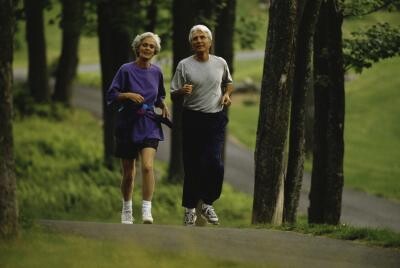
2. Start Slowly
If you’re not used to running, it’s important to start slowly and build up your endurance gradually. Otherwise, you might end up with injuries or fatigue that will hamper your progress. Start by walking for a few minutes, then progress to a slow jog. From there, you can eventually work your way up to longer distances and faster speeds. Whilst you are starting, it can be useful to set small goals so that your progress is steady and manageable.

3. Find a Running Buddy
Having someone to run with can make the experience more fun and help keep you motivated. If you don’t know anyone who runs, check online forums or social media groups to find like-minded runners in your area. A buddy can also be a great source of encouragement to keep you on track. These days, some runners even keep virtual running buddies to connect with online. Your running buddy can help you set goals, track progress, and stay motivated.
4. Get Yourself Fit
Running can be an excellent way to keep fit and stay healthy, but you should also focus on overall fitness. There are Fitness and Wellness Programs now that you can join to help you get the most out of your running experience. These programs focus on both cardiovascular and resistance training so that your body will be able to cope with the demands of running. Your overall fitness level can also help you stay motivated, as you will be able to analyze your progress more easily.
5. Mix It Up
Don’t just stick to one type of run – try mixing up your routine with intervals, hills, and other types of workouts to keep things interesting. This will also help prevent boredom and plateaus in your progress. You should also switch up your routine to avoid aches and pains. Whenever you start to feel pain or discomfort, take a break and adjust your running form so that you are not over-stressing any particular muscle group. Of course, if the pain persists, be sure to check with your doctor.
(12/03/2022) ⚡AMP
by Colorado Runner
Pro runner's short film navigates huge success and crushing failure
“I have failed many, many times,” pro runner Noah Droddy shared in a social media post about his documentary We Are All Droddy, released Tuesday. “But there have been blindingly special moments between those failures where I got it right,” the runner adds. “The kind of highs that make the dark days a little harder to remember.”
Droddy’s story, encapsulated in a short film made with the athlete’s sponsor Salomon, is one we can all connect with. Whether you’re a professional athlete or training for your first 5K, you’ve undoubtedly experienced the highs and lows life can bring. Droddy’s appeal lies in his relatability, which shines through the film–he’s a regular guy, just trying his best. His self-deprecating sense of humour and attitude of acceptance make him seem like someone you could share a few miles or a cup of coffee with.
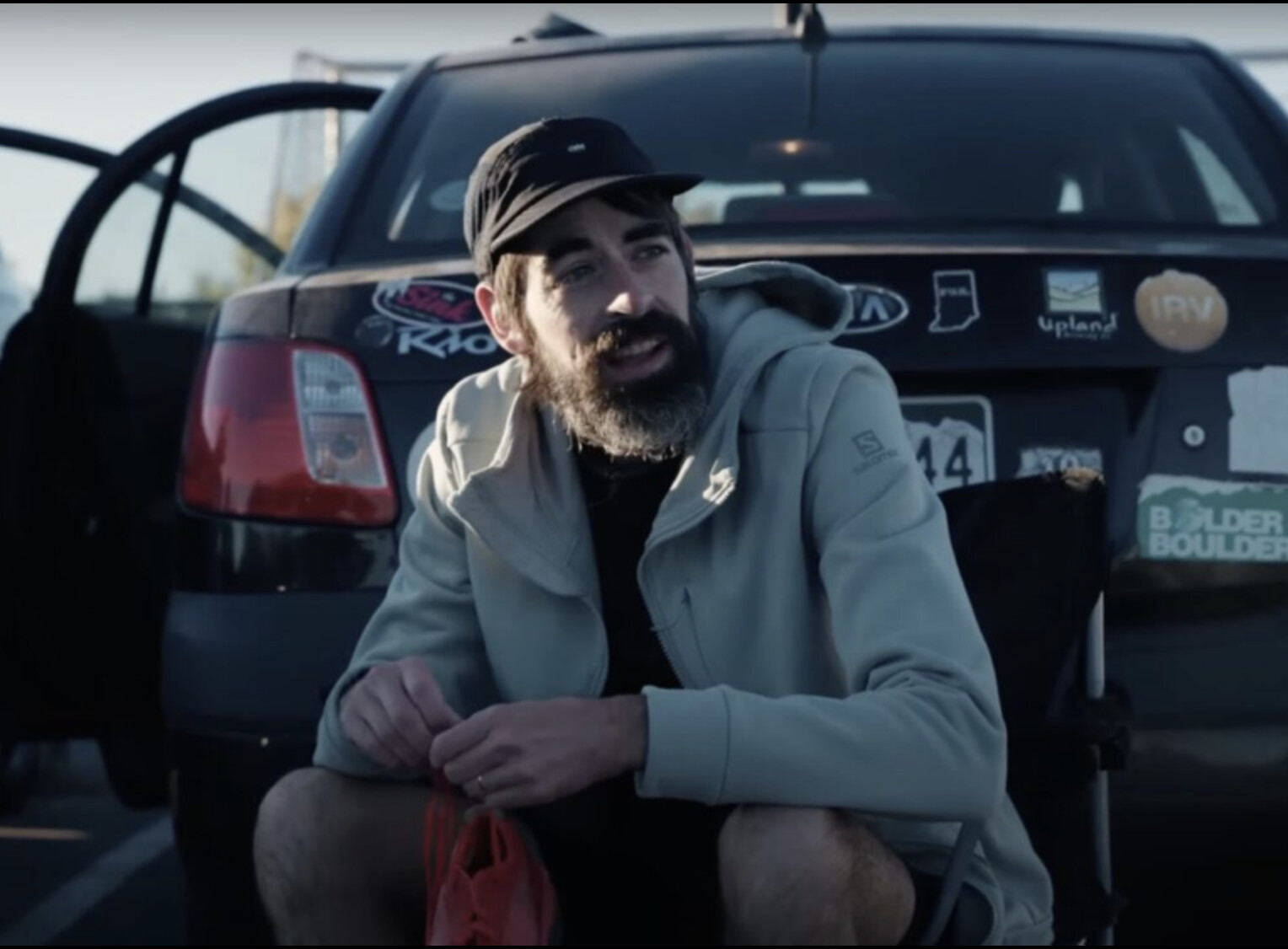
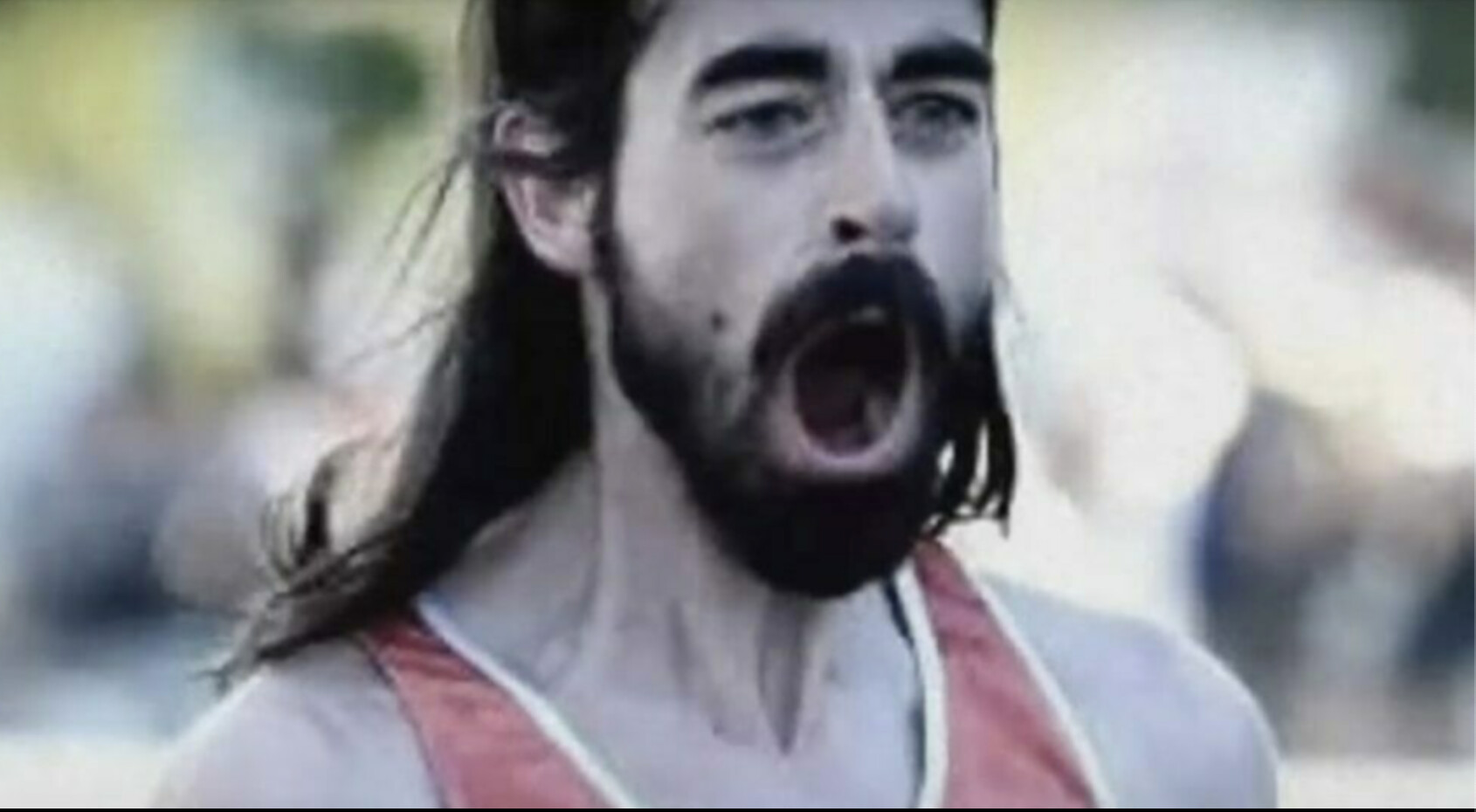
“When I graduated to the marathon, the decision was where can I go to run fast and legitimize myself as a marathoner. I went to Chicago, failed. I went to Rotterdam, failed,” Droddy says in the film. “When you’re on the track running shorter distances, next week you can try again. In the marathon you really have to live in that place of success or failure for a long time.”
Droddy, who ran to second place and a PB at The Marathon Project in 2020 (an elite-only marathon held in Chandler, Ariz., created when many world majors were cancelled due to COVID-19) also found himself without a professional contract almost immediately afterward. “A super high point, followed by a super low point,” he says.
Droddy explains how he has bounced from success to failure, success to failure, and that his running career is about learning how to respond to both. “Nobody has this linear path to success,” he says.
Even if you weren’t familiar with him before watching the film, by the final moments of We Are All Droddy, you’ll know who you’re cheering for at this weekend’s California International Marathon.
(12/03/2022) ⚡AMPby Running Magazine
California man runs an ultramarathon in roundabout
An ultrarunner out of Healdsburg, Calif. wanted a bit more of a challenge after he completed the Pacific Crest Trail earlier this summer. On Nov. 30, he went out on a six-hour, 58-kilometre run around the local roundabout, not switching directions once.“I was intending to keep count of the number of laps, but I lost track immediately,” laughs Tate Dobson. “Looking back, it was torturous mentally and physically on my legs.”Upon further investigation and measurement of the roundabout using OpenStreetMap, the loop was 140 metres, and Dobson ran 415 laps. “Luckily, the roundabout was slightly big enough for me not to get dizzy,” he said.
Dobson decided to run clockwise, so he could see oncoming traffic. He started the challenge on Wednesday at 11 a.m. and stopped when it got dark, at 5 p.m.
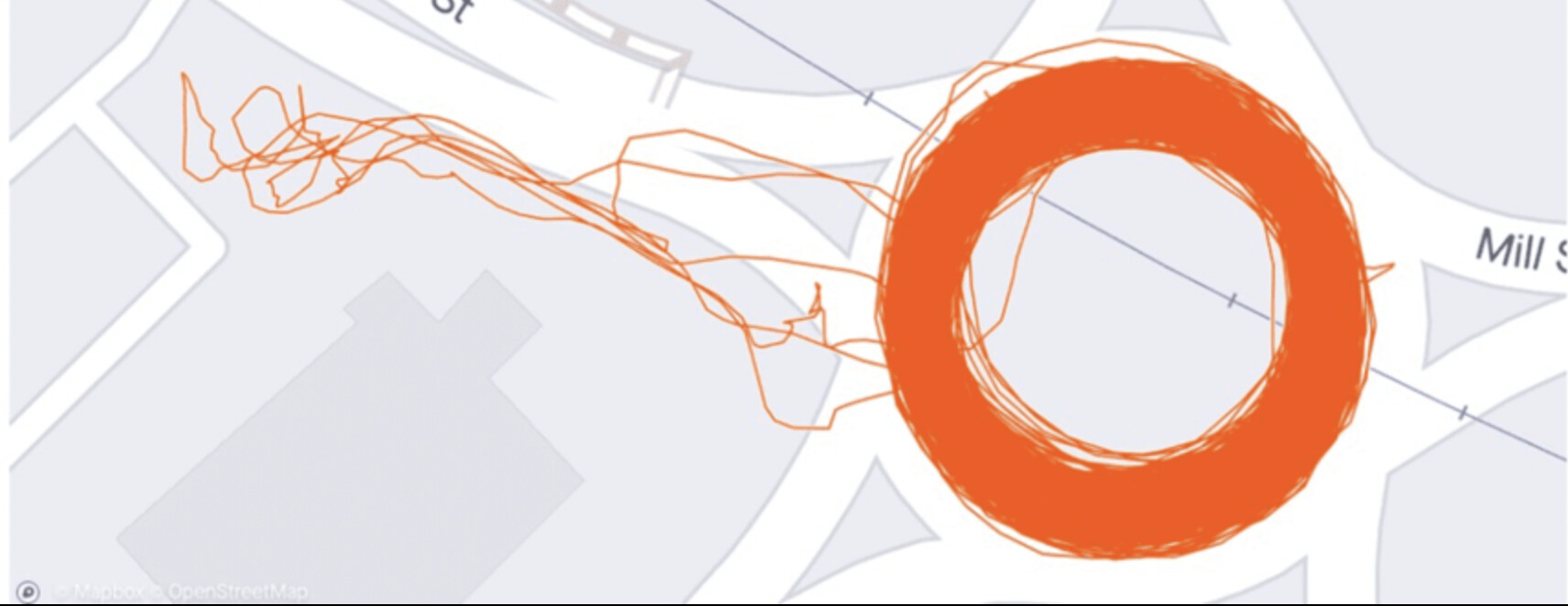
About halfway through the run, he considered changing directions, but both his legs were equally sore. “They say running the same direction on an athletics track is bad, since you are constantly favouring one side… this had to be worse,” says Dobson.Telling your body to constantly turn right over six hours is mentally exhausting, but listening to music and podcasts helped Dobson get into a rhythm.Dobson has previously dabbled in a few ultras, but only been on trails. He was most impressed by the fact that he didn’t have to “make a pit stop” during his entire run. “All I ate before and during was the animal-shaped Mott’s-branded fruit gummies,” he laughs.
(12/03/2022) ⚡AMPby Running Magazine
European Champion Richard Ringer will run his next marathon in Hamburg
Richard Ringer will run next marathon in Hamburg.
Organizers announced during a press conference with the runner, who became Germany’s first male marathon gold medal winner in the long history of the continental championships.
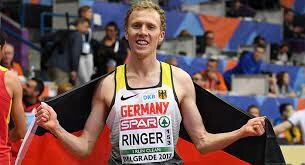
The Haspa Marathon Hamburg is Germany’s major spring marathon. Online entry for the event is possible at: www.haspa-marathon-hamburg.de
“To have Germany’s first ever male European Marathon Champion on the start line next spring is something really special and makes us feel proud. We hope Richard’s commitment to our event will give the Haspa Marathon Hamburg another boost after the fantastic race we had this year,“ said chief organiser Frank Thaleiser. In April this year both course records were smashed in Hamburg. Ethiopia’s Yalemzerf Yehualaw clocked 2:17:23 which at that time was an unofficial world debut record while Kenya’s Cybrian Kotut won with 2:04:47.
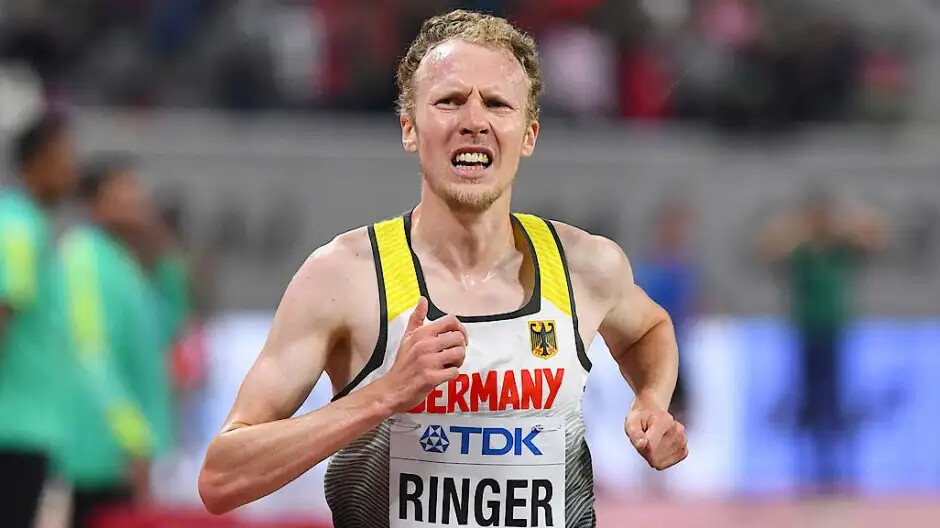
“I made up my mind quickly after the European Championships and decided to go for a spring marathon in 2023. Hamburg and its organiser MHV are a perfect fit for me,” said Richard Ringer, who travelled from the very southwest of Germany to the north to attend the press conference in Hamburg on Wednesday.
It was just two years ago when Richard Ringer ran his marathon debut in Valencia. Since then he has established himself as a strong championship runner. In the Olympic marathon in Sapporo in 2021 he achieved a fine 26th place and this summer he stormed to the European gold medal in sensational style in Munich. However when he will come back to Hamburg in April Richard Ringer will have a different goal. This one will be about a fast time on a flat course. The 33-year-old currently has a personal best of 2:08:49. He should be able to run considerably faster than that if weather conditions are favourable.
Additionally Richard Ringer plans further ahead: “I am already looking towards the Olympic Games in Paris in 2024. So it is important to me to run a good marathon time next spring.” With a fast time in Hamburg he could make an early and decisive step towards Olympic selection for Paris.
(12/02/2022) ⚡AMPHaspa Marathon Hamburg
The HASPA MARATHON HAMBURG is Germany’s biggest spring marathon and since 1986 the first one to paint the blue line on the roads. Hamburcourse record is fast (2:05:30), the metropolitan city (1.8 million residents) lets the euphoric atmosphere spill over and carry you to the finish. Make this experience first hand and follow the Blue Line....
more...Jack Fleming has been named President and Chief Executive Officer of the Boston Athletic Association
The Boston Athletic Association (B.A.A.) announced today that Jack Fleming has been named President and Chief Executive Officer of the organization, effective immediately. Fleming brings more than three decades of experience at the B.A.A. to his new leadership role. His appointment follows a five-month-long national search.
“After a thorough process featuring a group of diverse candidates from across the country with various backgrounds, our Board decided that Jack was the best person for our organization based on his in-depth knowledge of the industry, the B.A.A. in particular, our athletes, and the communities we serve,” said Dr. Michael P. O’Leary, Chairman of the B.A.A. Board. “We are confident in Jack’s ability to take on this next challenge and thrive, moving our mission forward.”
“It is an honor to guide the Boston Athletic Association as we embark together on our next chapter, building upon our 135-year history,” said Fleming, who had been serving as acting Chief Executive Officer since May 1, 2022. “The B.A.A. has long been a leader in the sport of running and within Greater Boston. I have witnessed the unifying power that running can have in our community and look forward to a renewed and reenergized focus on our events, community initiatives, and programming. The entire B.A.A. team is committed to finding new and innovative ways we can lead and grow the sport as one.”
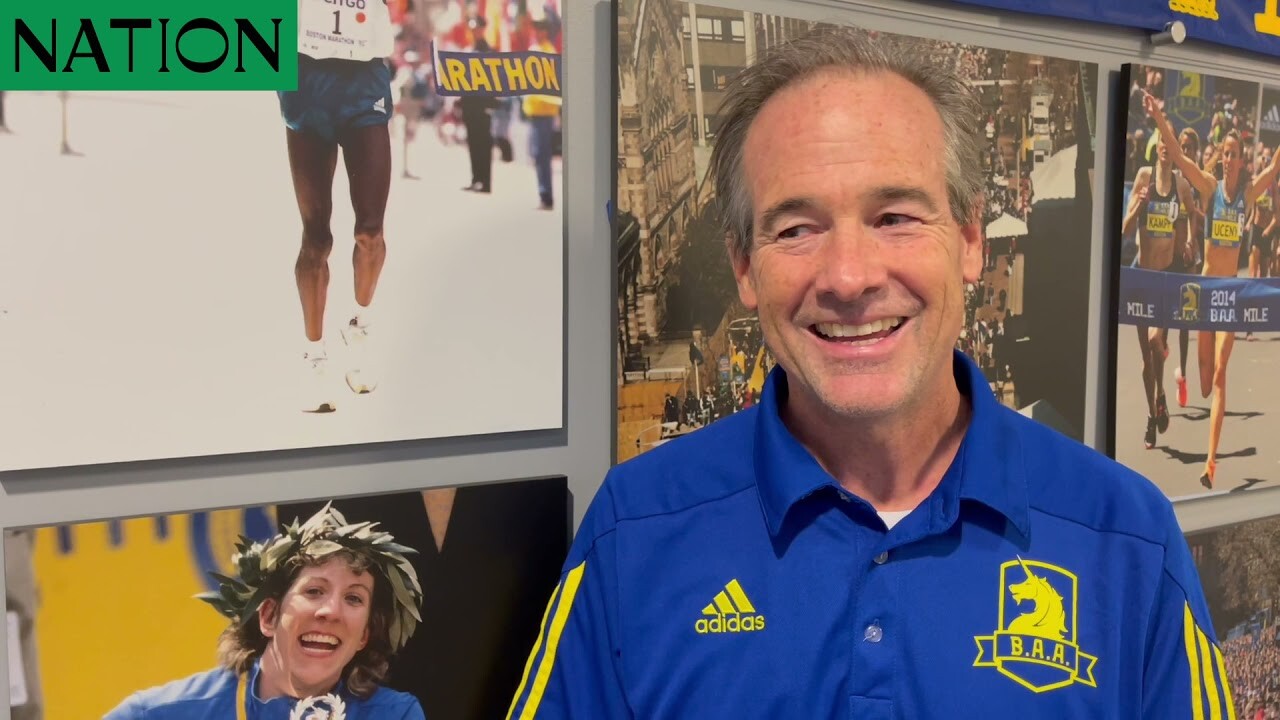
Prior to serving as acting Chief Executive Officer, Fleming was Chief Operating Officer of the B.A.A. from 2017 through 2022. Since 1992 Fleming has held a variety of roles within the organization, most notably within the communications, marketing, and sponsorship departments. As COO Fleming was responsible for managing the day-to-day operations of the B.A.A. and built a strategy that centered around the organization’s vision statement: Committed to a world where all people can access and benefit from running and an active lifestyle.
O’Leary added, “Jack’s contributions to the organization have been unprecedented, and we fully appreciate and understand his dedication and commitment to the B.A.A. as a whole. We have witnessed Jack’s continued growth since 1992, and his vision, enthusiasm, and knowledge make him perfect for this role.”
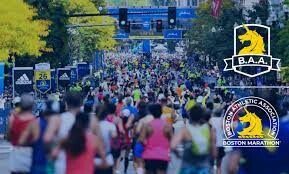
Prior to Fleming, Tom Grilk served as CEO/Executive Director from 2011 through 2022 as well as President from 2020-2022, while Guy Morse was Executive Director from 2000 through 2010.
ABOUT THE BOSTON ATHLETIC ASSOCIATION
Established in 1887, the Boston Athletic Association (B.A.A.) is a non-profit organization with a mission to promote a healthy lifestyle through sports, especially running. The B.A.A. is committed to a world where all people can access and benefit from running and an active lifestyle. The B.A.A. advances its mission and vision in a variety of ways, such as organizing mass-participatory running events like the Boston Marathon (the world’s oldest annual marathon), creating and supporting community fitness events, and sponsoring a running club that serves the greater Boston area.
The B.A.A. believes that everyone—no matter their race, gender, or background—should be able to advance their well-being safely and without fear or discrimination of any kind. The organization is committed to fostering a workplace and community that is diverse, equitable, inclusive and promotes a sense of belonging for all.
(12/02/2022) ⚡AMPBoston Marathon
Among the nation’s oldest athletic clubs, the B.A.A. was established in 1887, and, in 1896, more than half of the U.S. Olympic Team at the first modern games was composed of B.A.A. club members. The Olympic Games provided the inspiration for the first Boston Marathon, which culminated the B.A.A. Games on April 19, 1897. John J. McDermott emerged from a...
more...Ethiopians And Kenyans Lead Elite Field at Historic 50th Honolulu Marathon
Athletes from Ethiopia and Kenya lead the elite field for the historic 50th edition of the Honolulu Marathon, scheduled for Sunday, December 11. Founded in 1973, and historically one of the five largest marathons in the United States based on finishers, this year's race will have its first full elite athletes program since 2019, paying prize money three-deep for both men and women: $25,000-10,000-5,000. The race will be run on its traditional course starting at Ala Moana Beach Park, making a loop through Downtown, wrapping around Diamond Head, going out along the Kalanianaole Highway to Hawaii Kai, then returning to Waikiki to finish in Kapiolani Park just after sunrise.
The race was held virtually in 2020 because of the pandemic, and had only a limited elite athlete program in 2021. Organizers are excited to have athletes this year who are strong enough to challenge the course records which were both set by Kenyans: 2:08:00 (2:07:59.02) by Titus Ekiru in 2019 and 2:22:15 by now world record holder Brigid Kosgei in 2017.
"We are excited to welcome top professional athletes to attack our incredible course records for the 50th anniversary race," said Honolulu Marathon Association President Dr. Jim Barahal. "At its core the Honolulu Marathon is an athletic competition, whether against others or against oneself, and we are excited to see what transpires on December 11."
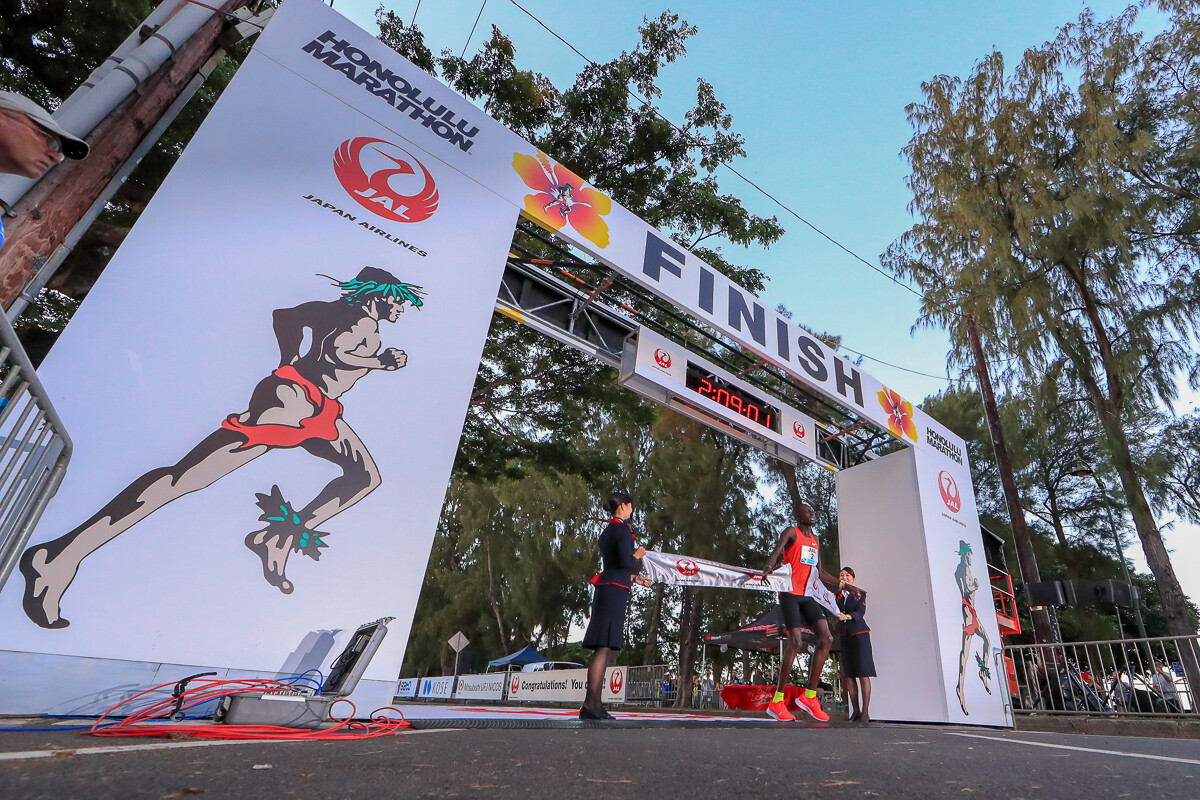
Shifera Tamru is the leading entrant from Ethiopia. The 24 year-old has a personal best of 2:05:18 (Dubai, 2019) and has three marathon wins and five podium finishes in eight starts. He won the 2022 Daegu Marathon in Korea last April in 2:06:31, and was most recently fifth at the Bank of America Chicago Marathon in October in 2:07:53. He'll be running the Honolulu Marathon for the first time.
His top rival is likely to be the Kenyan veteran Stanley Biwott, the 2015 TCS New York City Marathon champion who has a personal best of 2:03:51 (London 2016). Biwott, 36, has not completed a marathon since 2018 when he was fourth at the Abu Dhabi Marathon. He returned to racing after a long layoff earlier this year, clocking a 1:01:57 half-marathon in Padova, Italy. He has completed a total of 13 career marathons with four wins and eight podium finishes. Like Tamru, this will be his first run in Honolulu.
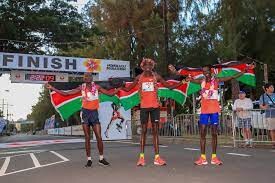
The other top contenders on the men's side are Asefa Mengstu of Ethiopia (2:04:06 personal best, Dubai, 2018) and Barnabas Kiptum of Kenya (2:04:17, Milano, 2021). Both men are veterans. Mengstu has completed 13 career marathons with 4 wins and 7 podium finishes. Kiptum has completed 18 marathons in 20 starts with 3 wins and 13 podium finishes. Neither man has ever run the Honolulu Marathon.
Two strong Ethiopian athletes lead the women's field. Abebech Afework (2:23:33 personal best, Dubai, 2015) and Bere Ayalew (2:22:52, Eindhoven, 2022) will both be making their Honolulu Marathon debuts. Afework, 31, is the more experienced athlete. She has completed 20 marathons in 21 starts, and has racked up three wins and seven podium finishes. She is coming back from a DNF at the Lisbon Marathon in October. Ayalew, 23, has only run four marathons. However, she's made the podium at all four including a second place finish at the Eindhoven Marathon in October of this year where she ran her personal best. Both athletes will be making their Honolulu Marathon debuts.
Reigning Honolulu Marathon champion, Lanni Marchant of Canada, is also in the field. The 38 year-old, who ran both the 10,000m and the marathon at the 2016 Rio Olympics, won last year's race in 2:41:25 on very limited training after finishing 11th at the TCS New York City Marathon a month before In her long marathon career, which began in 2011, Marchant has completed 15 marathons and made the podium three times. A criminal appeal lawyer based in Denver, she is the former Canadian record holder with a 2:28:00 personal best.
"It was a struggle out there," Marchant said after last year's race. "I dehydrated quick. Those last few miles I really had to find my purpose for running. I just got myself across the finish line."
Rounding out the elite field is Mai Ito of Japan. The 38 year-old --who competed in the 2016 Olympic Marathon and both the 2011 and 2015 World Championships Marathons-- has completed all 15 marathons she has started. Her personal best of 2:24:42 was set in Nagoya in 2015. This will be her first run ever at the Honolulu Marathon.
(12/02/2022) ⚡AMPby David Monti
Honolulu Marathon
The Honolulu Marathon’s scenic course includes spectacular ocean views alongside world-famous Waikiki Beach, and Diamond Head and Koko Head volcanic craters.The terrain is level except for short uphill grades around Diamond Head. ...
more...Kenyan Jhon Korir sets target ahead of next year's Houston Half Marathon
Houston Half Marathon runners-up John Korir is determined to lower his personal best in the Armaco Houston Half Marathon scheduled for January 15 next year.
Korir clocked 1:00:27 at this year's race, behind winner Milkesa Tolosa of Ethiopia, who timed 1:00:24.
“My target is to run sub-1 hour as I also chase the top spot,” said Korir.
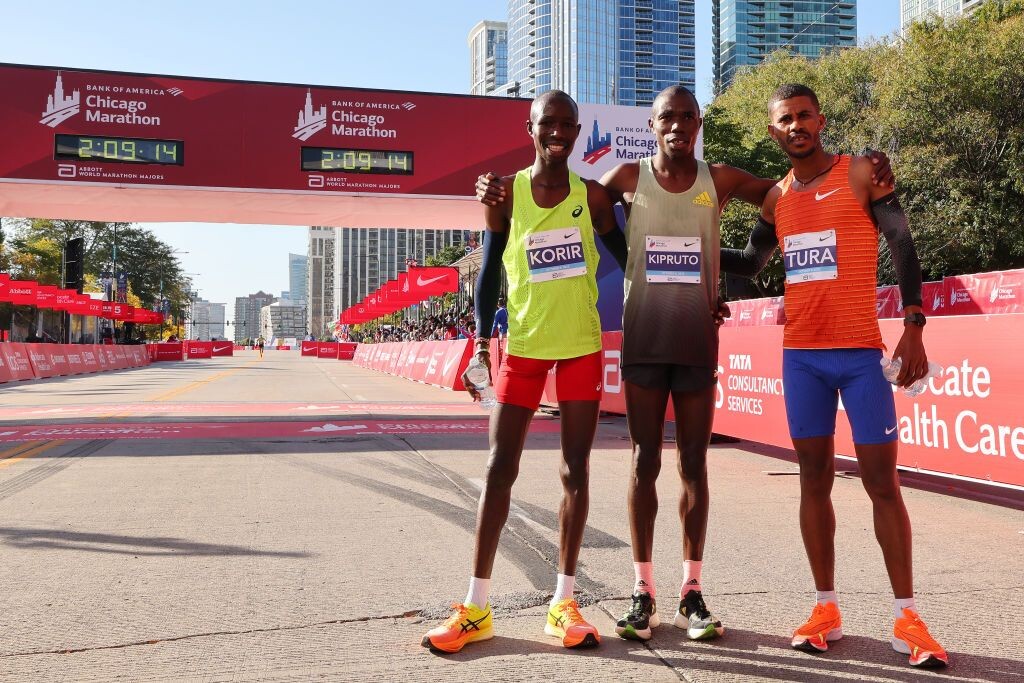
Korir said the weather in Houston was a major setback towards his quest for the title and is hopeful of better conditions this time around.
"I'm hopeful of a good performance now that I know what to expect in Houston in terms of the weather," he said.
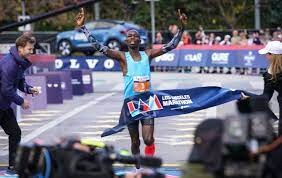
Korir, who trains in Eldoret, said he has achieved his targets during his sessions and all that is left is to translate this onto a competitive situation.
“I have been working on my fitness as well as speed training. I feel I have made some progress compared to when I started my training,” Korir said, adding that the weather conditions at his training base have favoured him.
“I do not like training during hot seasons since I am allergic to dust and may likely contract an infection,” added the two-time Los Angeles Marathon winner.
He won the American race in 2021 and 2022, clocking respective times of 2:12:49 and 2:09:08.
In his Chicago Marathon debut this year, Korir timed 2:05:01 for third, behind winner Benson Kipruto (2:04:24) and Ethiopia's Seifa Tura (2:04:49).
Korir, who looks up to his elder brother — former Boston Marathon champion Wesley Korir — revealed he developed his interest in running when he was in Class Three.
Wesley, an Olympian and former Cherangany Constituency Member of Parliament, won the 2012 Boston Marathon in a time of 2:12:40.
In conclusion, Korir said his target is to break into the top-three in world marathon running in the next five years.
(12/02/2022) ⚡AMPby Cynthia LChepkurui
Aramco Houston Half Marathon
The Chevron Houston Marathon provides runners with a one-of-a-kind experience in the vibrant and dynamic setting of America's fourth-largest city. Renowned for its fast, flat, and scenic single-loop course, the race has earned accolades as the "fastest winter marathon" and the "second fastest marathon overall," according to the Ultimate Guide to Marathons. It’s a perfect opportunity for both elite athletes...
more...Imagine running a one hour seven minute half marathon inside an airport
When most of us get to the airport, we tend to spend the extra hours looking at the duty free or just consuming expensive coffee, but why not use that time to get a bit of training done?
Well, YouTubers Josh Pieters and Archie Thomas Manners went one step further and organised a half marathon race in Terminal 5 at Heathrow airport.
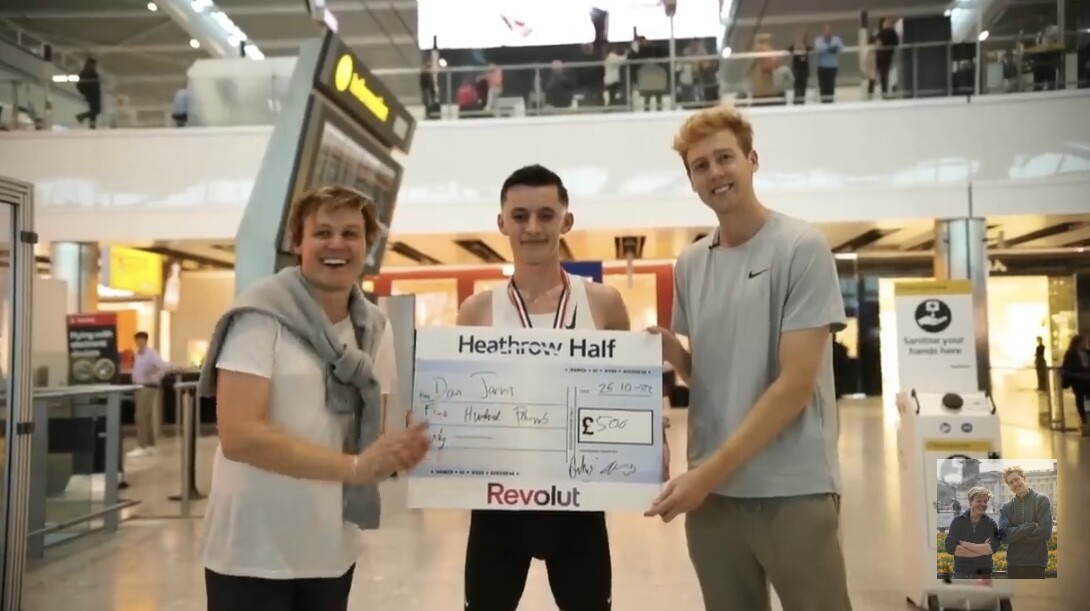
The logistics of pulling it all off involved recruiting some pro runners, buying plane tickets to Belfast (because it was the cheapest flight they could find) and measuring a 2.1-km loop around the departure lounge, for runners to complete 10 times – all while dodging security. The result? A half marathon like no other.
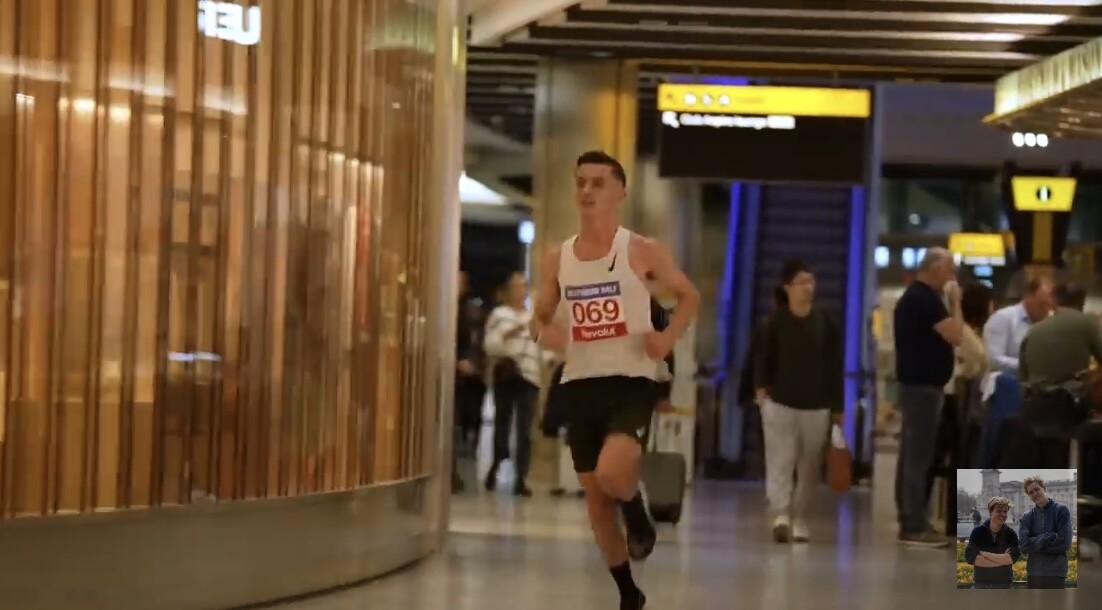
Runners needed to successfully complete the distance between clearing security for their flight and arriving at their gate, which closed 4o minutes before departure.
Pro athletes taking part included Team GB athletes Josh Griffiths, who has run a 2:11:24 Marathon, and Steeplechaser Dan Jarvis.
Jarvis took the win in 67:30, just in time to receive his medal and arrive at his gate – and with a whole 10 minutes to spare.
Bandit races are not a new thing and modes of transport have often been the source of inspiration – remember this Race To The Tube video from a few years ago?
Why? We're not sure. But they certainly make for good viewing.
(12/01/2022) ⚡AMPby Runner’s World
This marathoner just completed his 237th barefoot marathon
In the days of performance-enhancing footwear, 65-year-old runner Wu Jiase refuses to make the jump to wearing shoes, completing his 237th barefoot marathon at Sunday’s Xiamen Marathon in Xiamen, China.
Jiase, known by his nickname “the barefoot fairy” because of his unique running style, completed the marathon in five hours and 16 minutes wearing his signature pink T-shirt, blue singlet and rolled-up sweatpants. He has a barefoot best of 3:06 from the Beijing International Marathon in 2007, when he was 50.
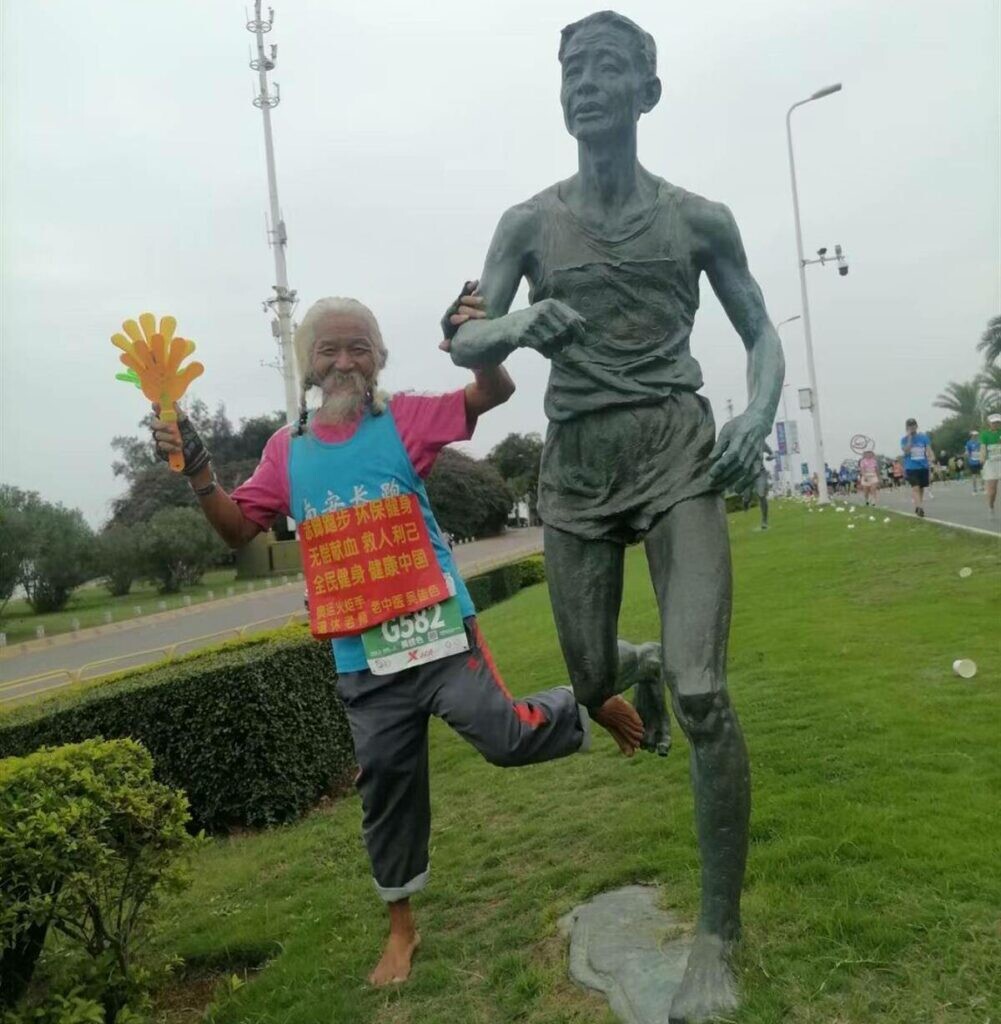
His first barefoot marathon was 20 years ago, in Xiamen, and he has since completed 236 marathons all over the country. Jiase doesn’t only race barefoot, he reportedly trains 70 to 100 kilometers a week in his hometown of Quanzhou. The reasoning behind his barefoot running is that a marathon will hurt the soles of your feet no matter what, so running barefoot is a test of his strength and perseverance.
Jiase is a celebrity within the Chinese running community—the organizers of the Xiamen Marathon have created a statue of him. He also ran a leg of the Olympic torch relay at the 2008 Beijing Olympic Games.
His goal is to continue to run barefoot until age 85. His health has also allowed him to give back; he says he’s been able to donate over 390 liters of blood since he’s started running marathons.
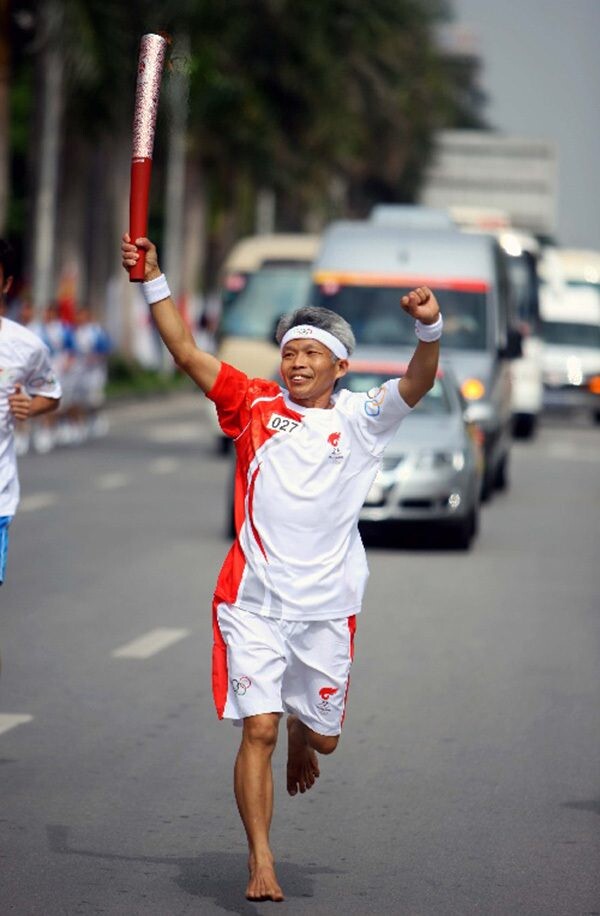
by Running Magazine
Kipchoge, Gebreslase and Chebet confirmed for Boston Marathon
World record-holder and double Olympic champion Eliud Kipchoge and world champion Gotytom Gebreslase will make their Boston Marathon debuts on 17 April 2023, joining six former winners of the World Athletics Elite Platinum Label road race.
Defending champion Evans Chebet, 2021 winner Benson Kipruto, and two-time victor Lelisa Desisa will be part of a historically deep men’s elite race. Among the returning champions in the women’s field are Edna Kiplagat, Atsede Baysa and Desiree Linden.
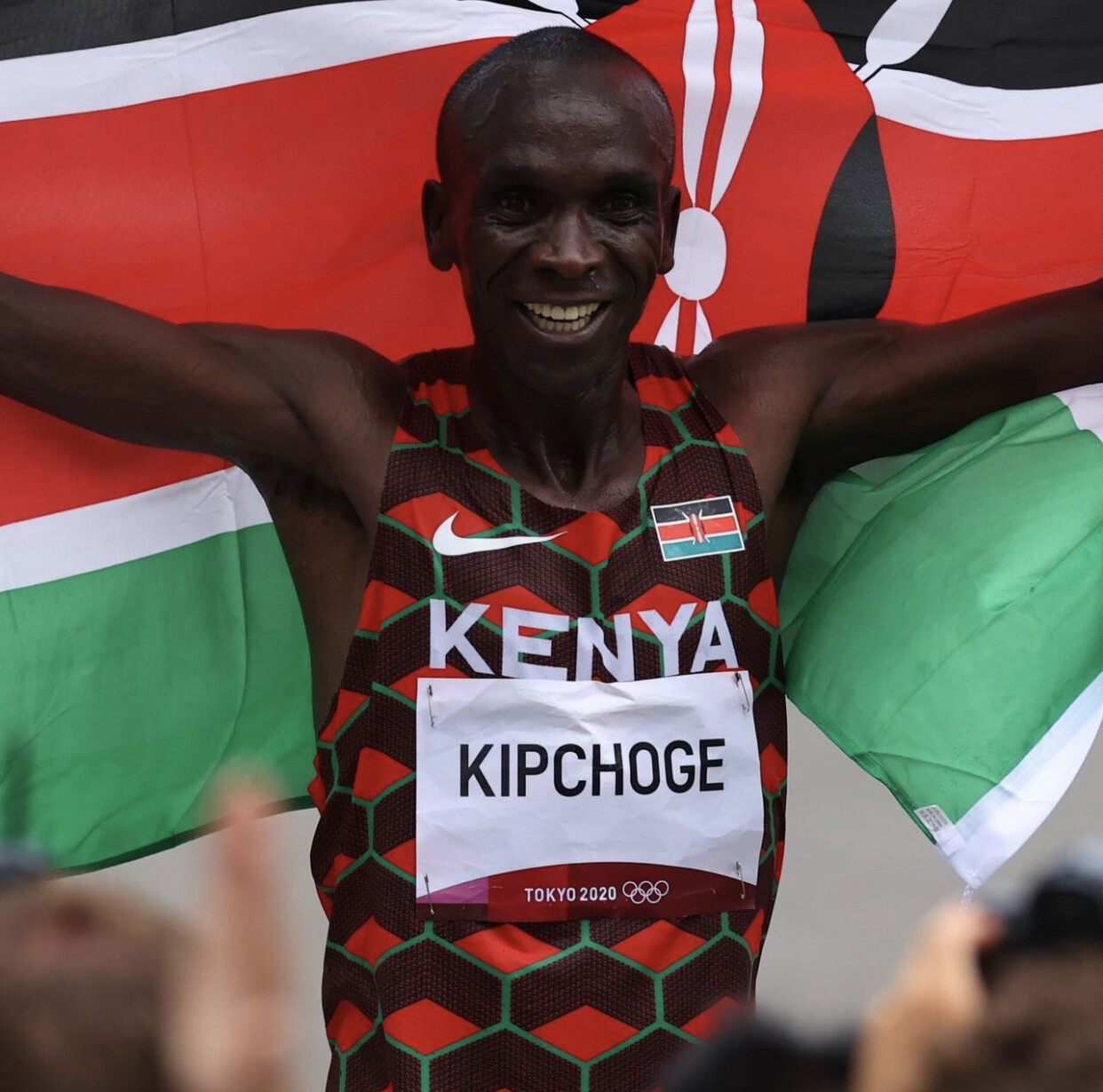
As the fastest marathon runner in history, Kipchoge will take on the challenging Boston Marathon course with hopes of earning his 11th win in an Abbott World Marathon Majors event. Kipchoge’s last marathon resulted in a world record of 2:01:09 at the Berlin Marathon.
“I am happy to announce in April I will compete in the Boston Marathon, a new chapter in my Abbott World Marathon Majors journey,” said Kipchoge. “Good luck to all the runners running Boston in 2023.”
Chebet stormed to a 2:06:51 win at the Boston Marathon earlier this year then ran to victory at the New York City Marathon in November. In 2022, Chebet became just the sixth man in history to win the Boston and New York City Marathons in the same year.
“To be a champion in Boston is something very special and for me it has even more meaning because it took me quite some time during my career to be competitive enough to finally win the oldest marathon in the world,” said Chebet. “I can’t wait to be back and to enjoy the great atmosphere of such a unique and historical race!”
Kipruto, a training partner of Chebet, also returns. Almost exactly one year after winning the 2021 Boston Marathon, he won the Chicago Marathon in a PB of 2:04:24.
Desisa enters Boston with vital experience, having placed in the top two four times at the Boston Marathon (wins in 2013 and 2015 and second-place finishes in 2016 and 2019). April marks the 10-year anniversary of his first victory, one in which he donated his champion’s medal back to the City of Boston in recognition of the tragedy of 15 April 2013.

While this will be Gebreslase’s first Boston Marathon, it is far from her first time racing in Boston. The Ethiopian world champion has finished runner-up at the Boston Half Marathon twice and has placed in the top five three times at the Boston 5K. Along with winning the world title, Gebreslase placed third at both the Berlin Marathon and New York City Marathons this year.
“I am very happy to compete in the Boston Marathon 2023, as Boston is one of the most famous races in the world,” said Gebreslase. “It has long been a dream of mine to win the race. When I was a young track athlete, I raced many times in Boston in indoor races and then on the roads, so I am very excited and happy to bring my career full circle and come back to Boston now as the world champion.”
Kiplagat, a two-time world champion, is still highly competitive at the age of 43. She finished fourth at this year’s Boston Marathon in 2:21:40 – 12 seconds faster than her winning time in Boston in 2017.
Baysa, the 2016 Boston Marathon winner, also returns. Also a past winner in Chicago and Paris, Baysa finished eighth at the 2021 Boston Marathon. Linden, the winner in 2018, will be racing in her 10th Boston Marathon.
The complete elite field – including additional Boston Marathon champions, Abbott World Marathon Majors winners and global medallists – will be announced in the coming months.
(12/01/2022) ⚡AMPby World Athletics
Boston Marathon
Among the nation’s oldest athletic clubs, the B.A.A. was established in 1887, and, in 1896, more than half of the U.S. Olympic Team at the first modern games was composed of B.A.A. club members. The Olympic Games provided the inspiration for the first Boston Marathon, which culminated the B.A.A. Games on April 19, 1897. John J. McDermott emerged from a...
more...Eliud Kipchoge to make Boston Marathon debut
World record holder Eliud Kipchoge will race the Boston Marathon for the first time on April 17.
Kipchoge, who at September’s Berlin Marathon lowered his world record by 30 seconds to 2:01:09, has won four of the six annual major marathons — Berlin, Tokyo, London and Chicago.
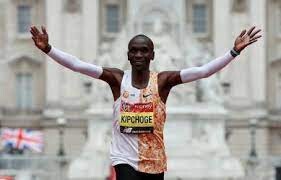
The 38-year-old Kenyan has never raced Boston, the world’s oldest annual marathon dating to 1897, nor New York City but has repeated in recent years a desire to enter both of them.
Typically, he has run the London Marathon in the spring and the Berlin Marathon in the fall.
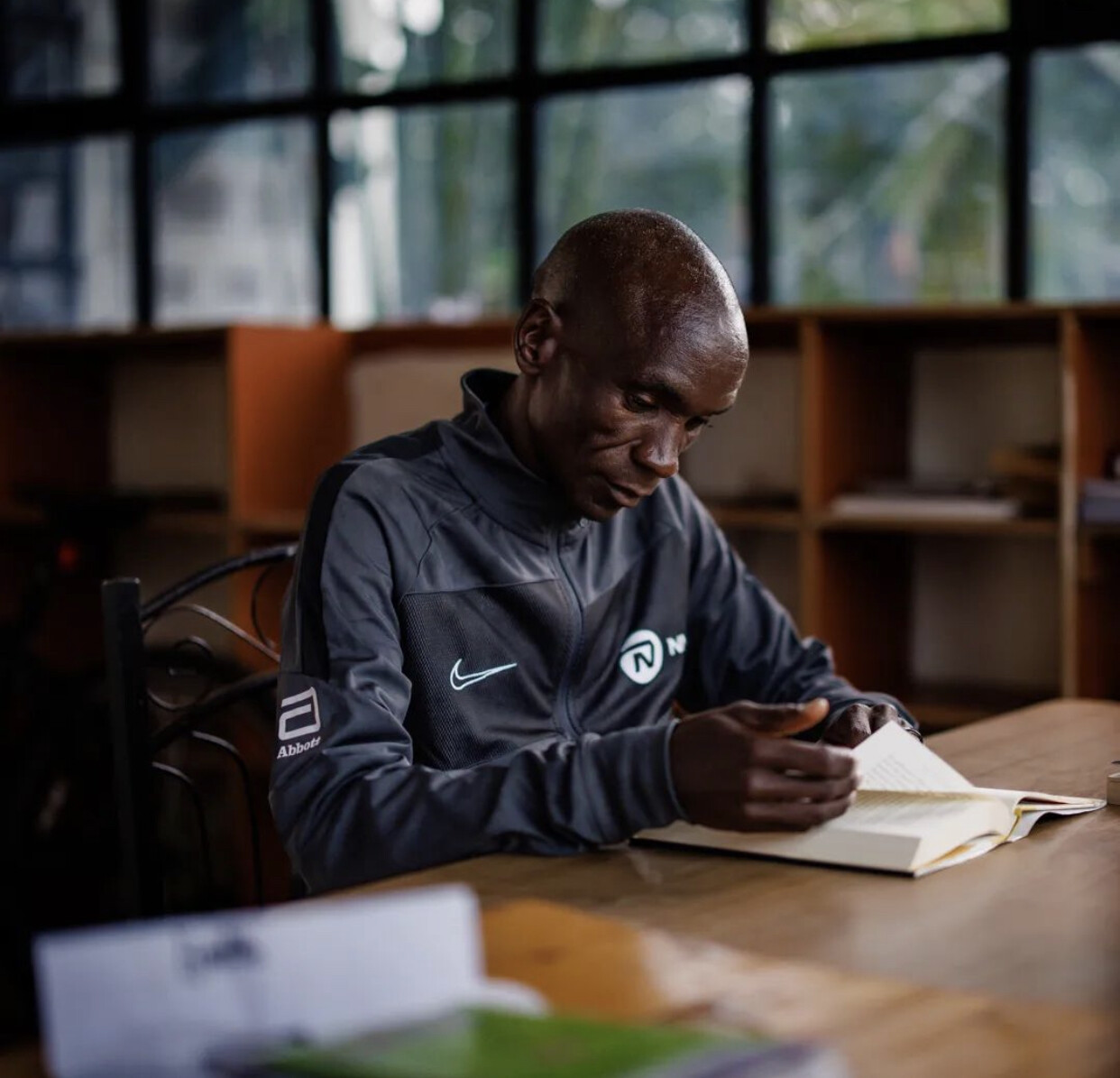
Kipchoge’s last race in the U.S. was the 2014 Chicago Marathon, his second of 10 consecutive marathon victories from 2014 through 2019.
He can become the first reigning men’s marathon world record holder to finish the Boston Marathon since South Korean Suh Yun-Bok set a world record of 2:25:39 in Boston in 1947, according to the Boston Athletic Association.
In 2024 in Paris, Kipchoge is expected to race the Olympic marathon and bid to become the first person to win three gold medals in the marathon.
(12/01/2022) ⚡AMPby Olympic Talk
Boston Marathon
Among the nation’s oldest athletic clubs, the B.A.A. was established in 1887, and, in 1896, more than half of the U.S. Olympic Team at the first modern games was composed of B.A.A. club members. The Olympic Games provided the inspiration for the first Boston Marathon, which culminated the B.A.A. Games on April 19, 1897. John J. McDermott emerged from a...
more...Tokyo to host the 2025 World Athletics Championships
The 2025 World Athletics Championships in Tokyo will be held on Sept. 13 to 21, the athletics world governing body said Wednesday.
World Athletics initially wanted the meet at the National Stadium to be held in late August, but organizers in Japan said mid-September would be better given the intense summer heat.
The Sept. 13 start date will be the second closest to the end of a year in the history of the championships, behind 2019’s meet in Doha that began on Sept. 27.
All of the championships events will be in Tokyo, including marathon and race walk, which were relocated to Sapporo at last year’s Tokyo Olympics amid heat concerns.
“We will try to gain the understanding and support from Tokyo residents and Japanese citizens as we prepare to stage the meet,” said Mitsugi Ogata, president of the Japan Association of Athletics Federations.
(12/01/2022) ⚡AMPWestern States 100 aims for inclusivity in updated policies for transgender, non-binary, and pregnant athletes
One of the oldest and most respected ultratrail races in the world has taken a further step at making their race more inclusive. On Wednesday morning, the board of Western States Endurance Run (WSER) released policy updates around transgender and non-binary entrants, as well as an updated pregnancy deferral policy.
WSER says that these new rules align with their “goal of ensuring fair and inclusive practices that respect the personal rights and dignity of transgender and nonbinary entrants while preserving the integrity of competition for awards and records.”
In October, Riley Brady became the first ever non-binary athlete to secure a golden ticket to WSER, finishing second at Javelina Jundred 100-mile race. While Ultrasigup allows runners to choose from three gender categories, it was the first time that Javelina Jundred organizers had included a non-binary division. An already urgent and important conversation about the need to expand inclusivity in ultrarunning–and inclusivity in general in the sport–became heightened after Brady’s remarkable performance.

In an article Brady coauthored with coach David Roche in trailrunnermag, Brady explains: “Leading up to Javelina, I had emailed the race directors to inform them that I was seeking a Golden Ticket, which the race organization asks you to do. On my Ultrasignup page, I have indicated my gender as ‘nonbinary’ and my division as ‘female.’
As this was the first year Javelina had a non-binary division, the live results updates defaulted to the gender category. “As I understand it now, that misunderstanding may have contributed to some confusion online after the race, even as I emailed them in advance and followed the rules at every step,” shared Brady.
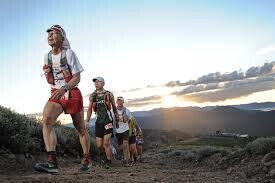
While WSER already had policies in place for transgender athletes, they have now clarified and updated those regulations, as well as added clear rules for non-binary entrants and an updated and more inclusive pregnancy deferral policy.
Updates for transgender athletes
Transgender women can register to compete in the female category, provided they have been undergoing continuous, medically supervised hormone treatment for gender transition for at least one year prior to the race, or in the male category with no restrictions.
Transgender men can register to compete in the male or female category, unless they are undergoing hormone treatment related to gender transition that includes testosterone or any other banned substance in which case they must register in the male category.
Policy for non-binary athletes
During registration all entrants will have the opportunity to select their gender category–male, female, or non-binary. Entrants who select nonbinary will also need to choose a category (male or female) for results and awards.
Non-binary entrants who are male-assigned at birth must select male as their category for results and awards, unless they meet the requirements for transgender women to compete in the female category under this policy.
Non-binary entrants who are female-assigned at birth can choose the female or male category for results and awards, unless they are undergoing hormone treatment related to gender transition that includes testosterone or any other banned substance, in which case they must select the male category.
Pregnancy deferral policy update
In order to defer a race entry due to pregnancy, entrants must submit a pregnancy entry deferral request in writing to the race director no later than one pm on the Friday before the race, as well as provide written confirmation of the pregnancy signed by a physician or medical professional.
The pregnancy deferral policy applies to anyone with a race entry who is pregnant at the time they enter the lottery and gets selected, becomes pregnant after the lottery and prior to race day regardless of how they obtained their race entry (lottery, sponsor etc.), or is an automatic entrant (top ten, golden ticket, etc.) and becomes pregnant or gives birth after obtaining their race entry and prior to race day.
(12/01/2022) ⚡AMPby Keeley Milne
Western States 100
The Western States ® 100-Mile Endurance Run is the world’s oldest and most prestigious 100-mile trail race. Starting in Squaw Valley, California near the site of the 1960 Winter Olympics and ending 100.2 miles later in Auburn, California, Western States, in the decades since its inception in 1974, has come to represent one of the ultimate endurance tests in the...
more...Ethiopian Tamirat Tola set to run the Valencia Marathon Trinidad Alfonso
Tamirat Tola (Ethiopia, 1991) will be one of the big names on the elite list for the Valencia Marathon Trinidad Alfonso who will take to the starting line on December 4, with the clear goal of lowering the current best time over the Valencian course, set at 2h03:00 in 2020. This will allow the race to continue climbing up the international marathon rankings, in which it currently holds the fifth best record in history.
The Ethiopian runner, who was recently proclaimed World Marathon champion at the World Athletics Championships in Oregon (USA), will enter the race with this international recognition, but also following a sensational personal best over the distance of 2h03:39, achieved less than a year ago in Amsterdam. Tola is a very robust and versatile athlete, with a short but impressive list of achievements in cross country and on the track. At the World Championships and Olympic Games, he has a silver medal and a bronze medal, respectively, in addition to the latest World Cup gold a few weeks ago.
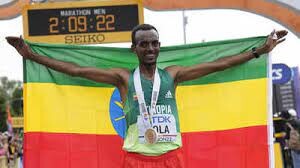
Tamirat Tola is optimistic regarding the challenge of beating his personal best in Valencia and also about lowering the record for the Valencia course. “It is with great pleasure that I accepted the invitation to run the Valencia Marathon after I gave up running the London Marathon. After the victory at the world championships I had to recover 15 days and this meant that with only 60 days of preparation it was not correct to show up in London. I believe that the Valencia course is one of the fastest in the world and I hope to be able to run my personal best and the race record if all conditions are favorable. See you on December 4th in Valencia”, explains the international athlete.
Tola will be the focus of much of the attention in the city of running, although he will not be the only big international elite name that the Valencia Marathon organizers have lined up to run on December 4, with other favorites to be revealed in the coming weeks.

Double Ethiopian attraction with the debut of Gidey
In addition, this 42nd Valencia Marathon Trinidad Alfonso will be the stage chosen by his Ethiopian compatriot, the athlete Letesenbet Gidey, to make her debut over the distance of 42,195 meters. The Ethiopian athlete has a special love for Valencia, as two of her four world records have been achieved in the city of running. In fact, both of her performances in Valencia have resulted in a world record.
(12/01/2022) ⚡AMPVALENCIA TRINIDAD ALFONSO
The Trinidad Alfonso EDP Valencia Marathon is held annually in the historic city of Valencia which, with its entirely flat circuit and perfect November temperature, averaging between 12-17 degrees, represents the ideal setting for hosting such a long-distance sporting challenge. This, coupled with the most incomparable of settings, makes the Valencia Marathon, Valencia, one of the most important events in...
more...No ban for Kenya, says World Athletics president sebastian Coe
World Athletics president confirms east African nation will not receive a global suspension from the sport despite an alarming spate of drugs positives.
Speculation that Athletics Kenya will be barred from international competition was proved unfounded on Wednesday (Nov 30) when World Athletics president Seb Coe said the country has escaped a ban but will continue to sit on an anti-doping ‘watch list’.
Speaking at a World Athletics council press conference in Rome, Coe said the large number of top Kenyan athletes to test positive for drugs was “concerning” but the nation will not receive a Russian-style suspension due to, among other things, a pledge by the Kenyan government to plough $5 million per year into anti-doping efforts over the next five years.
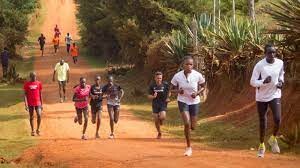
“World Athletics has been concerned,” said Coe. “Kenya has been on the watch list for a few years already.
“In one year 40% of all the positive tests in global athletics have been in Kenya and this is not a situation that World Athletics was prepared to sit and watch develop.”
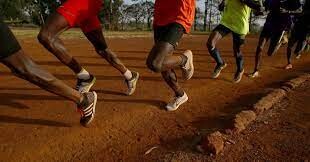
Coe added that there has been “a lot of recent reportage, some of which has been correct and some not. But we have made real progress.”
As well as the Kenyan government funding, Coe said the Athletics Integrity Unit (AIU) will continue to work closely with Kenya to implement the plan.
He added: “All stakeholders internationally and domestically are now aligned to resolve this situation and I am pleased we have a united response. But my instinct tells me it will be a long journey.
“This has to be collectively driven through all the stakeholders, internationally and domestically, who have a role and responsibility to solve this as quickly as possible.”
Coe said money would be spent on anti-doping education and “a deeper dive into the entourage of some of the people who surround the athletes”.
This, he said, “allows us more horsepower to challenge some of these issues”.
Kenya aside, an update on the ongoing Russian ban was tackled by Coe and Rune Andersen, head of the World Athletics taskforce on restoring Russia to global competition.
Coe emphasised that two separate sanctions exist – the anti-doping related ban and the sanction relating to the Russian invasion of Ukraine.
With regards anti-doping, good progress and cultural change has been made and Russia’s possible reinstatement into competition will be discussed again in March 2023.
Related to this, the Ukrainian Athletic Association was awarded the ‘president’s award’ as part of the World Athletics awards with Coe presenting Ukrainian AA president Yevhen Pronin with the honor during the press conference.
“I couldn’t think of anyone worthier than this for this year’s award,” said Coe. “What the Ukrainian Athletics Federation president, the coaches, and the athletes have done is just worthy of everyone’s respect and recognition.”
Elsewhere, Coe spoke about 2022 being “an immensely strong year for athletics” with four World Athletics Series events involving more than 4000 competitors from 180 countries with 554 national records and a television audience of more than one billion people.
The World Indoor Championships in Belgrade had an economic impact of $43m with the World Championships in Oregon having an impact of $273m.
The Continental Tour, meanwhile, saw 162 events with 12,000 athletes across 159 nations with 118 national records and 2400 PBs. Diamond League figures, Coe added, were not yet available for 2022.
Further council decisions included awarding the World Relays to Bahamas in 2024 as a qualifying event for the Paris Olympics. The road mile will become an official world record event from January. And the World Road Running Championships will switch from a biennial event to annual from 2025.
(11/30/2022) ⚡AMP
by Jason Henderson
Yoga for feet, toes and ankles: give your neglected lower limbs some help
You probably don’t pay enough attention to your feet. We’re all guilty of it–even those of us that fit mobility and strength work into our training routine tend to focus on quads and hamstrings, the larger leg muscles. As a runner, your feet probably take a fair bit of abuse, and the smaller muscles there deserve some care and attention.
Not only will your feet feel amazing after these stretches, they’ll also be better equipped to handle the uneven terrain you run over in winter or on trails, providing stability to the rest of your body. Keeping your feet mobile and flexible can be a game changer–healthy, strong feet lead to more efficient, pain-free running.
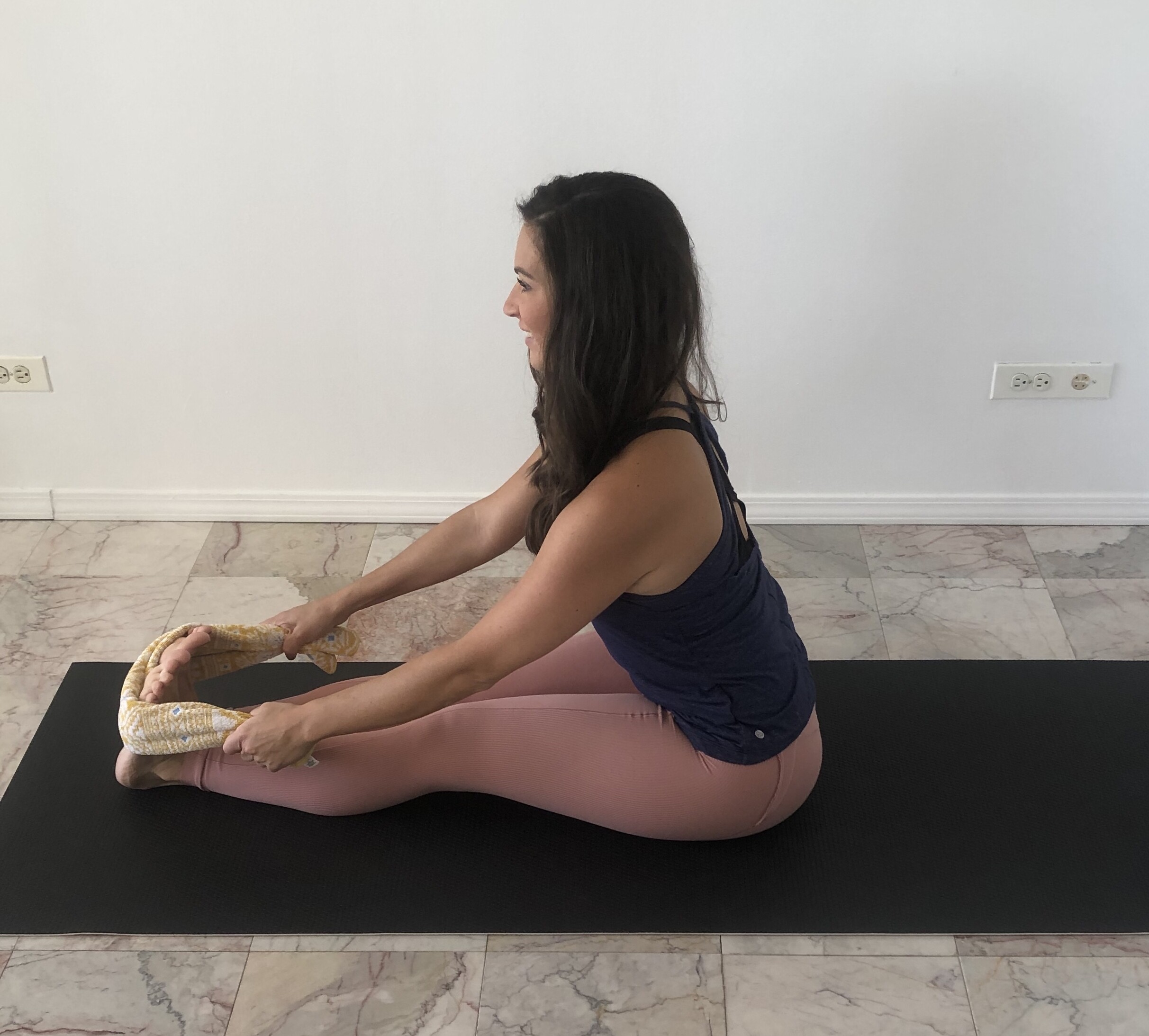
Easy ways to target feet and ankles
Try these simple stretches when you’re watching TV, or while sitting at your desk. Get started by rolling your ankles in gentle circles. From a seated position, try lacing your fingers through your toes to clasp your foot, and gently guiding it in circles.

Scrunch your toes up tightly and release, repeating a few times. Finally, place your feet flat on the ground and (without using your hands) stretch your toes out as widely as possible, gripping the ground with them (think of a lizard). Hold for a few seconds, release, and repeat.
Toe squat
Sitting in a toe squat can be challenging, and you’ll notice immediately if your feet are tight. While you can stay in this pose for several minutes to really give your feet and toes a release, it’s OK to start small at first and release when you need to.
Kneel on the floor with your toes tucked under and heels up. Aim to be on the balls of the feet, not the tippy toes. Reach down and tuck the little toes under if they’re escaping.
Slowly shift your hips back so your butt rests on your heels and you feel a deep stretch. Hold for 30 seconds to two minutes. Focusing on keeping a nice, steady breath can be helpful to make the time pass and lessen the intensity.
To release, shift forward, place your hands on the ground and untuck your toes. If it feels good, tap your feet on the ground as a release.
Modifications
If the feeling in your feet becomes too much, shift forward onto your knees to take the weight off your feet at any point, coming back to the pose when you’re ready. Intensity is fine here (and expected) but if the posture is actually painful, come out. If having your knees on the ground is uncomfortable, place a folded blanket under them to add more cushioning.
To deepen the stretch, shift your hips further back.
Ankle stretch (also targets the feet)
This pose follows the deep foot stretch perfectly, and you can move right into it, or take a break and come back.
Return to a kneeling position with feet flat on the ground, toes untucked. Bring fingertips to the floor next to your hips or place them on blocks (stacks of books work just fine).
Sit back onto your heels and shift your weight back as you lift your knees off the floor. You’ll start to feel a stretch around your ankles and the tops of your feet.
Modifications
If your feet feel uncomfortable on your mat or the ground, try adding a folded blanket there for cushioning.
To take the stretch deeper, place your hands on your knees and gently pull them toward you.
Tennis ball massage for feet
Try this short, guided tennis ball massage for your feet to help release every inch.
(11/30/2022) ⚡AMPby Running Magazine
Understanding the basics of speedwork to improve your racing pace
Speedwork is one of those words runners toss about while meaning different things. It encompasses a variety of workouts and has a range of physiological and mental benefits, and there’s an entry point for every runner. Here’s what you need to know about speedwork, and why it should be a regular part of your running repertoire.
Whether you are training for a 5K or a marathon (or even an ultra), speedwork should be a component of your weekly mileage. The benefits of speedwork are well-researched and multifaceted.
What is speedwork?
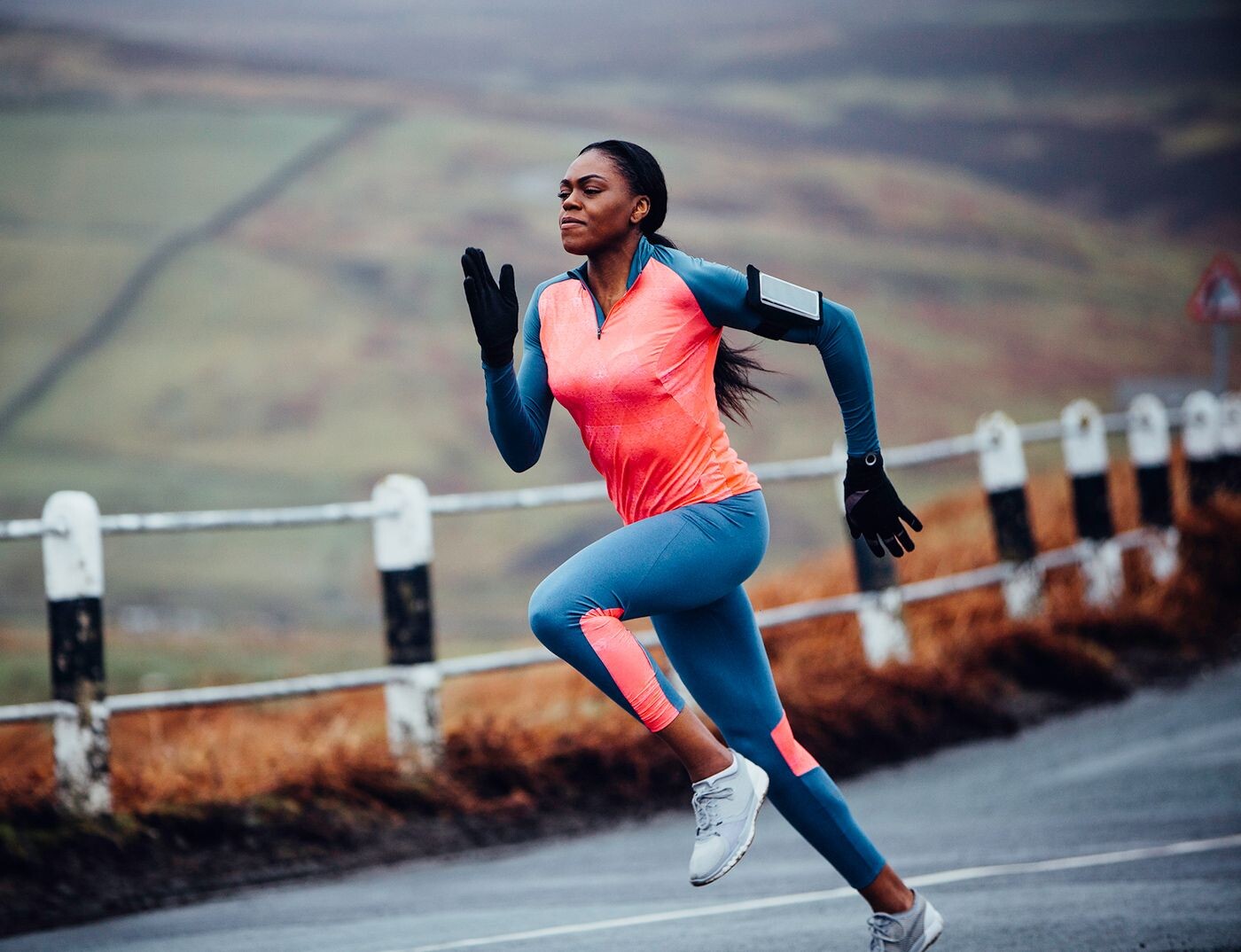
Speed training (when done in interval sessions) involves running multiple bouts of certain distances at high intensities with recovery in between. Intervals (or repeats) can range from 15 seconds to 20 minutes (or even longer), depending on what distance you’re training for. Tempo runs, fartlek workouts and accelerations can all serve as different forms of speedwork.
While the majority of your running should be easy, at least one workout a week should include something more challenging. Legendary coach and author Jack Daniels writes in Daniels’ Running Formula that it’s always important to know the purpose or intention of each workout. Regardless of what it’s called, if the purpose is to improve speed, you’re doing speedwork.
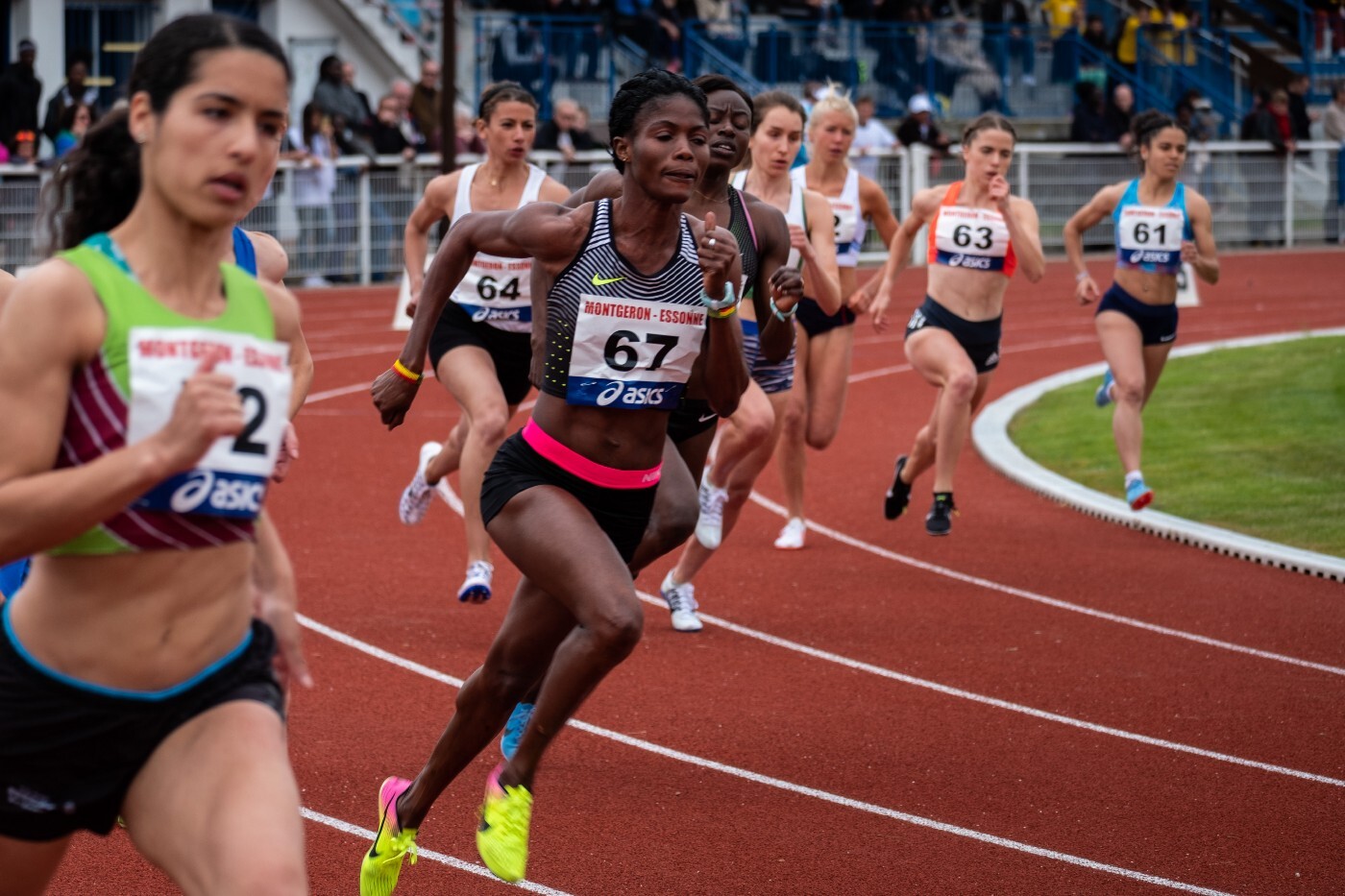
The overload principle
The overload principle is the idea that regular exposure to a specific exercise will enhance certain physiological functions, and in doing so, elicit a training response: your fitness improves. If you run at faster speeds, even for very brief periods, your body will learn and adapt, and you will become stronger and faster. This is the basis of speedwork or any training effect you may be working toward while you run.
What happens during speedwork
During speed sessions, our body is forced to recruit more muscle fibres to provide aerobic energy. The result–running economy, or how efficiently your body is able to use oxygen at a certain pace, improves.
Your body will also increase the production of myoglobin during fast workouts. Myoglobin helps transport oxygen to the muscles and then to the mitochondria. With increased myoglobin, the higher demand for oxygen is met. Speed training can also improve your anaerobic threshold: the highest exercise intensity that you can sustain for a prolonged period without lactate substantially building up in your blood.
During speed sessions, glycogen is providing upwards of 90 per cent of your energy. When you begin doing speedwork, you’ll burn through that glycogen quickly, but over time your muscles will adapt and store more glycogen for future workouts.
Mentally, speedwork teaches your brain to handle more pressure (easy runs should be low-pressure days) and harder work. As you challenge yourself in workouts, you’ll be better prepared to handle the effort on race day.
Get started today
If you’re thinking about adding some faster running into your program and you’re not sure where to start, simply pick one day per week and do four to eight short, 15-20 second repetitions, either on a flat road or a moderate hill. Better yet, alternate each week between hills and flat ground to give your body an extra challenge. Allow for 40-45 seconds of recovery between harder efforts for recovery, and enjoy the feeling of pushing your body a little harder.
(11/30/2022) ⚡AMP
by Running Magazine
U.S. Olympian Hassan Mead accepts three-year doping ban
Former U.S. Olympian and 2018 NACAC 10,000m champion Hassan Mead has accepted a three-year suspension for an anti-doping rule violation.
On Nov. 29, USADA announced that Mead, 33, tested positive for two anabolic agents—ostarine (enobosarm) and ligandrol (metabolite di-hydroxy-LGD-4033) as the result of an out-of-competition urine sample collected on Oct. 17. Mead has not competed since the 2022 Prefontaine Classic on May 27.
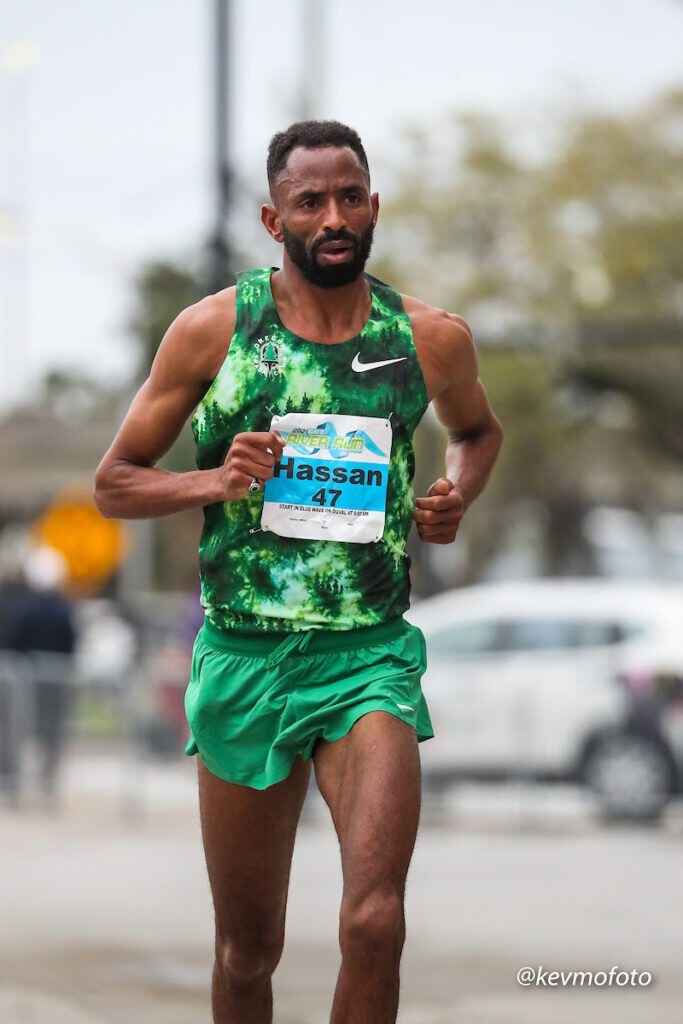
Athletes will use ostarine to increase muscular strength and power without causing excessive weight gain or water retention. Ligandrol can make fat loss more efficient and has muscle-gaining effects.
Although Mead has not raced in six months or announced his retirement, he will not be eligible to compete until 2025. Since 2012, Mead trained with Nike’s Oregon Track Club (OTC) under coach Mark Rowland. Rowland is currently the Athletics Canada West Hub Coach (Endurance) in Victoria, a position he took earlier this summer.
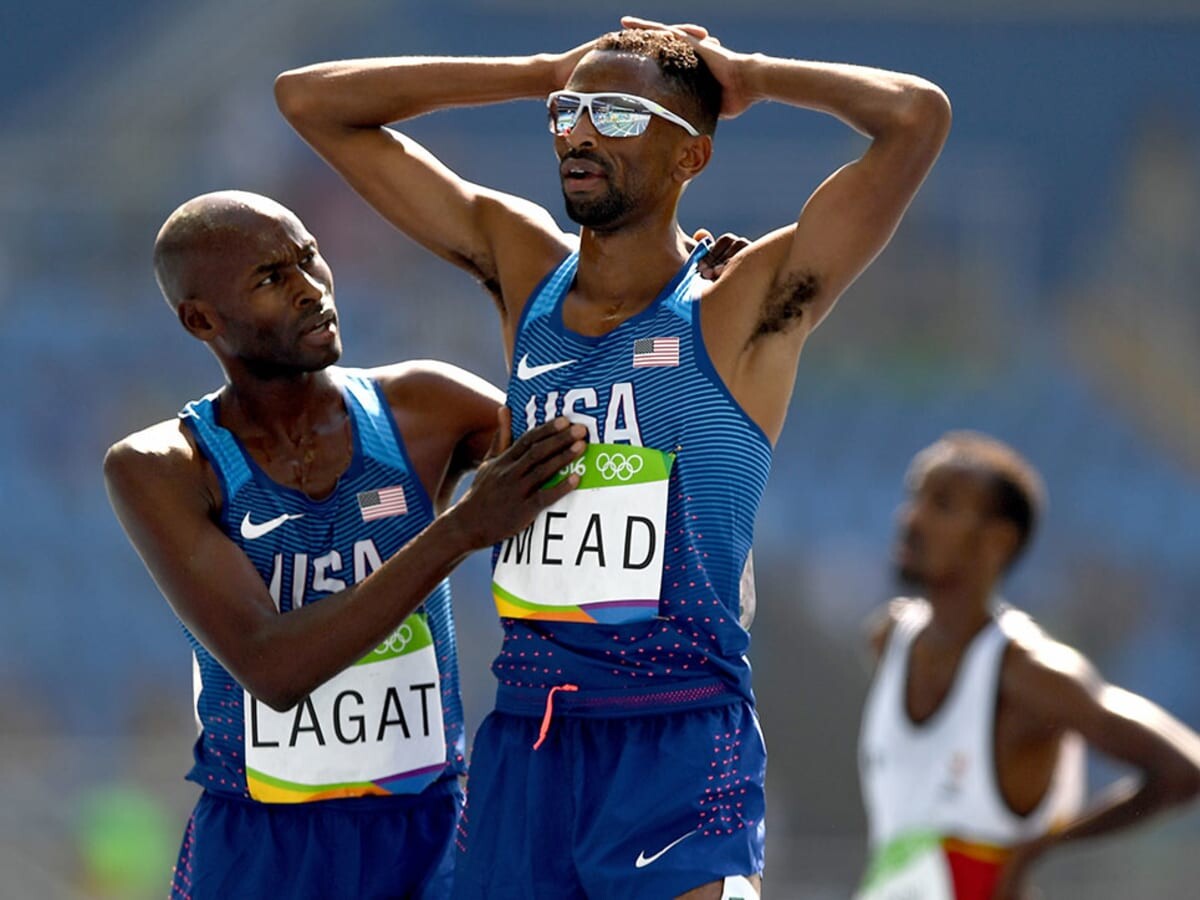
Mead’s agent Chris Layne gave a comment to CitiusMag regarding the ban:
“Mead stopped running and let us know he would be retiring immediately at the end of May 2022. At this point, he stopped training and started to take an over-the-counter pre-workout drink for lifting in the gym. Mead made a regrettable decision to not file the retirement paperwork, which kept him in the USADA testing pool until November. Mead has never failed a drug test while competing and this is a sad situation of not filing paperwork on time.”
The Portland, Ore. runner is the second OTC athlete to receive anti-doping sanctions this year. His teammate and 2012 Olympic silver medallist in the 800m, Nijel Amos, was provisionally suspended by the Athletics Integrity Unit (AIU) for the use of GW1516—a drug that modifies how the body metabolizes fat and that boosts endurance.
Mead has represented Team USA six times internationally, with his top finish coming at the 2016 Olympic Games, where he was 11th in the men’s 5,000m final. He made a run at qualifying in the 5,000m for the 2020 Olympics in Tokyo, but he wound up 11th at U.S. Olympic Trials.
(11/30/2022) ⚡AMP
by Marley Dickinson
Mercedes-Benz Marathon announces final race in Birmingham
Mercedes-Benz Marathon Weekend of Events, presented by Birmingham Marathon, Inc. and Mercedes-Benz U.S. International (MBUSI), announces its final race weekend to take place in Birmingham Feb. 10-12, 2023. The 21-year partnership with Mercedes-Benz U.S. International has attracted more than 200,000 runners, has helped local charities raise in excess of $5 million dollars and provided more than $60 million in direct economic impact for the Greater Birmingham region. Comprised of a Full Marathon, Half Marathon, Marathon Relay, The Bell Center Children’s Run, Regions Superhero 5K and Kids Marathon presented by Blue Cross and Blue Shield of Alabama, each race will still start and finish at Birmingham’s Linn Park, where more than 10,000 runners are expected to participate. Founded in 2001, the Mercedes-Benz Marathon Weekend of Events benefits The Bell Center for Early Intervention Programs along with other local charities.
Participants and spectators are invited to celebrate the grand finale of the race in February. Although the Mercedes-Benz Marathon Weekend of Events remains Alabama’s premier running event and boasts the country’s largest Kids Marathon, increases in event production costs and a decline in financial and other resource support have led Birmingham Marathon, Inc. to consider new events and avenues to support local beneficiaries.
“With this being the finale of the prestigious Mercedes-Benz Marathon Weekend of Events, we want to say how tremendously thankful we are of all the support we have received from Mercedes-Benz U.S. International, the community and countless sponsors throughout our more than two decades in existence,” said Valerie McLean Cuddy, Mercedes-Benz Marathon Weekend of Events Founder. “We hope this year will be the biggest and best race weekend we’ve ever put on and we can’t wait to give participants an incredible experience. We hope the future holds plans for other events to come that will benefit The Bell Center.”
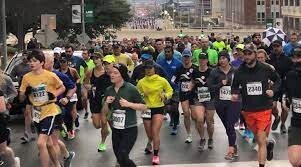
A Boston Marathon qualifying race and previous host for U.S. Olympic Men’s Marathon Trials, the Mercedes-Benz Marathon Weekend of Events has offered regional, national and international runners a unique running experience full of Southern hospitality and charm.
“It has been an honor to put our name and faith behind what has become one of the biggest, most talked about races in the southeast,” said Mercedes-Benz US International CEO Michael Göbel. “MBUSI understands how important it is to support our local community. We believe our success is linked with the growth and vitality of those around us. By lending our time and a helping hand to worthy causes like the Mercedes-Benz Marathon Weekend of Events benefiting The Bell Center, their successes will in turn make our community an even better place.”
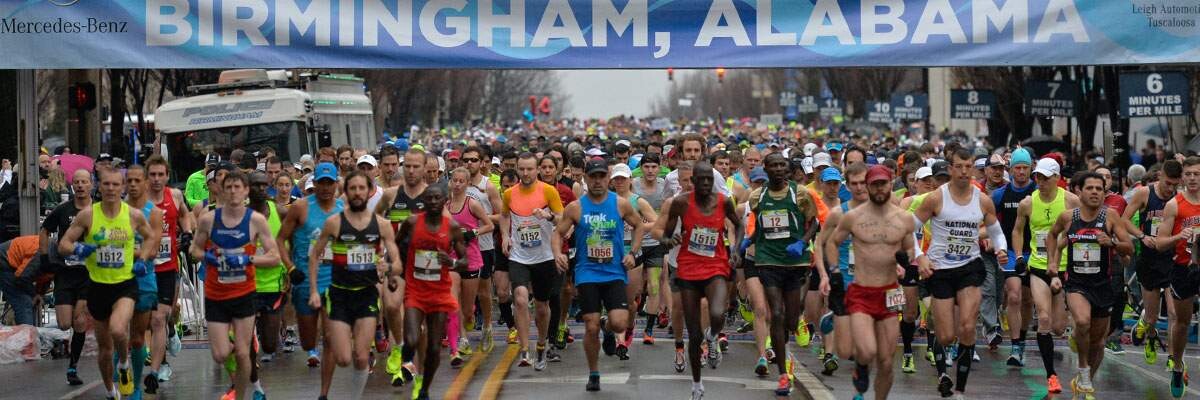
As the official benefactor of the race, The Bell Center provides crucial early intervention therapy services to help children maximize their unique potential. Each year, The Bell Center’s 16 therapists and dozens of volunteers serve hundreds of families from the Birmingham metro and surrounding areas. The Mercedes-Benz Marathon Weekend is The Bell Center’s largest fundraiser every year and brought in $175,000 in 2022, with more than $3 million raised specifically for the organization in the race’s history. Many times, The Bell Center, which was founded in 1984, is the first call parents make after they have learned their child has a diagnosis of Down syndrome, cerebral palsy, autism, brain injuries, blindness or more than 100 other genetic diagnoses or delays.
“At The Bell Center, not only do we care deeply for the children we serve, but we embrace our responsibility in building community for people with special needs starting with our children,” said Jeannie Colquett, executive director of The Bell Center. “The Mercedes-Benz Marathon Weekend gives us an enormous opportunity for everyone to see our children as children first. We’re sad that this is the final Mercedes Marathon Weekend, but The Bell Center will continue well beyond this weekend serving our children and their families and helping them to continue to play an important part in the fabric of our community.”
The Mercedes-Benz Marathon Weekend of Events includes The Bell Center Children’s Run on Saturday, Feb. 11, where the children from The Bell Center will showcase their individual potential as they cross the official marathon finish line.
“The crowd really looks forward to this part of our event - there isn’t a dry eye among the thousands of spectators when this takes place,” says Cuddy. “Seeing the children walk, run, cycle or be pushed in strollers to that finish line is one of the most rewarding moments for us all. It shows the determination and perseverance of the children and their families.”
The race’s BellRunner program is designed to motivate and support participants who agree to raise $100 per mile for The Bell Center when they run/walk the Marathon, Half Marathon, Relay Marathon or Superhero 5K. The program pairs a participant with a child who is receiving life-changing early intervention therapies at The Bell Center, and the runner/walker will train and raise funds in the name of that child. Many runners say it is an awesome, life-changing experience to dedicate hours of training and focus for a child at risk for developmental delay and then share the race day adventure by wearing a photo of The Bell Center child.
Additionally, other local organizations and individuals can also create teams to run for their own cause. Mercedes-Benz Marathon Weekend provides an excellent opportunity for charities and organizations to raise funds for a cause without the hassle and expense of hosting their own event. Team members are encouraged to participate in and fundraise at any weekend events that meet their personal abilities, allowing charities to benefit from all events of the weekend.
(11/29/2022) ⚡AMPMercedes-Benz Marathon
The race is a Boston Marathon qualifier and attracts racers from across the nation and around the world. The race was founded in 2003 as a fundraising effort for The Bell Center, a program for developmentally-challenged children. Celebrating 18 years, we're Alabama's premier running weekend! Bring the family and stretch out your legs on Saturday with our Regions Superhero 5K...
more...What is the weirdest prize you've won at a race? Winners receive farm animals at this Swiss race
Most race winners receive medals, trophies or cash prizes. But at the Bulloise Bullfight race in Bulle, Switzerland, winners are given farm animals. This year, the Swiss 5,000m and 10,000m national record holder, Dominic Lobalu, won the 8.1-kilometre race in a course record time of 22:17 and was given an actual bull for his efforts.
According to the race website, the winner of the men’s elite race receives a bull, which stands as an emblem for the city of Bulle. The first female finisher gets a cow.

In the women’s elite race, Kasanesh Ayanew of Ethiopia covered the 6.2-kilometre course in 19:10 to come within five seconds of the course record of 19:05 and win the cow.
The Bulloise Bullfight event brings together around 4,000 runners annually and captivates a large and enthusiastic local audience. Although there is some uncertainty about the history of Bulle, historians say the town was named after its agricultural industry in the 10th century.
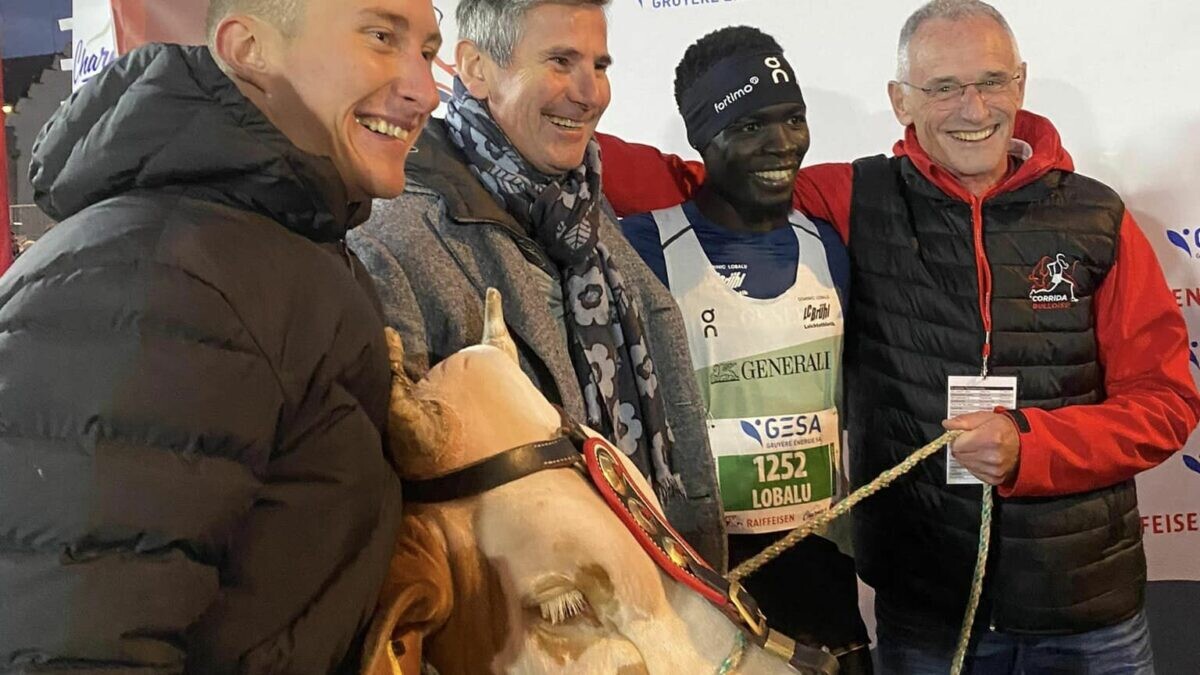
Although the race was founded in 1976, the custom of giving a bull as a prize began in 1985. A few years later, a cow was awarded to the fastest female runner.
If you are thinking what I’m thinking, “how will the two athletes get their massive prize home?” They won’t. The cow and the bull will return to the farm they came from, but will be named after and owned by the two champions.
(11/29/2022) ⚡AMPby Running Magazine
Kenyan Sheila Chepkirui under no pressure ahead of marathon debut at Valencia
Commonwealth Games 10,000m silver medallist Sheila Chepkirui insists she is under no pressure ahead of making her full marathon debut at the 42nd edition of the Valencia Marathon this Sunday.
Chepkirui said she is aware of the tough competition that awaits her but insists that she is not worried.
The women’s field has attracted some of the best athletes who will be targeting to break the course record which currently stands at 2:03:00.
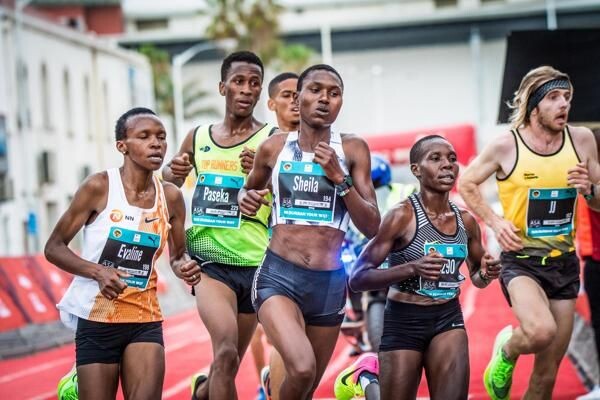
“I am not afraid of the competition. I am making my debut and I don’t want to put pressure on myself. My main goal is to cross the finish line,” Chepkirui said. She will be in the company of compatriots Monicah Ngige and Fancy Chemutai.
The Kenyan trio is bound to face tough competition from Ethiopia’s Letesenbet Gidey, who is the world-record holder in 5000m, 10,000m and the half marathon.
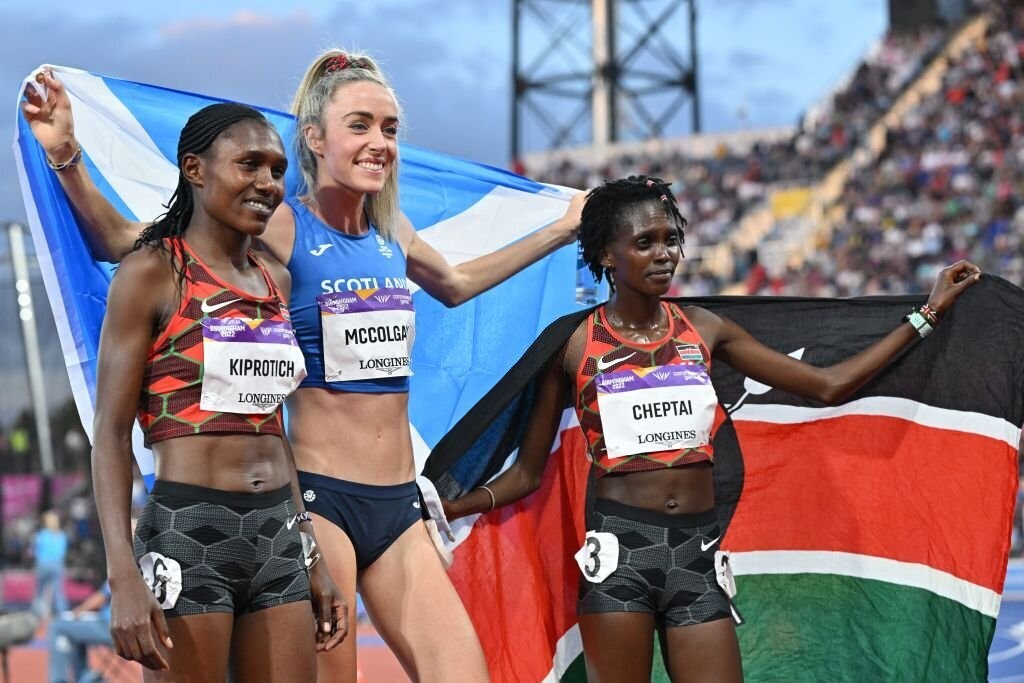
She is one of the women in the spotlight as she will also be making her debut over the distance after successfully ruling the track and half marathon.
Other Ethiopians in the race are— Sutume Kebede (2:18:12) and Etagegne Woldu (2:20:16).
Chepkirui said her training is going on well and she is ready for the race.
She added that Chemutai, who is also her training mate, has played a key role in motivating her ahead of D-day. “We train together and she always encourages me,” Chepkirui said.
In the men’s field, the Ethiopian trio of Getaneh Molla (2:03:34), Tamirat Tola (2:03:39) and Dawit Wolde (2:04:27) head the field.
Kenya’s Jonathan Korir lines up as the fourth fastest with a lifetime best of 2:04:32 and will have the company of Geoffrey Kirui, Ronald Korir, Simon Kipkosgei and debutants Alexander Mutiso, Philemon Kiplimo and Kelvin Kiptum.
(11/29/2022) ⚡AMPby Abigael Wuafula
VALENCIA TRINIDAD ALFONSO
The Trinidad Alfonso EDP Valencia Marathon is held annually in the historic city of Valencia which, with its entirely flat circuit and perfect November temperature, averaging between 12-17 degrees, represents the ideal setting for hosting such a long-distance sporting challenge. This, coupled with the most incomparable of settings, makes the Valencia Marathon, Valencia, one of the most important events in...
more...Smash your marathon goals with these speed sessions
Maybe you have a destination marathon in the books, or you’ve signed up for a post-Christmas race to keep motivation high. Even if you don’t have a race planned, these three speed sessions are ideal to add to any distance training plan. If you’re new to speedwork, tackle the 400m repeat session first and get familiar with it before moving on to the others. All three of these workouts can be done at around 5K race pace.
These workouts will enhance your running economy, boost your VO2 max, and provide mental benefits as you train your brain to handle harder work. Coach and author Luke Humphrey explains in his book Hansons Marathon Method that each of these speed workouts is like money in the bank on marathon day, as they become “resources on which you can draw during the most difficult moments of the marathon.”
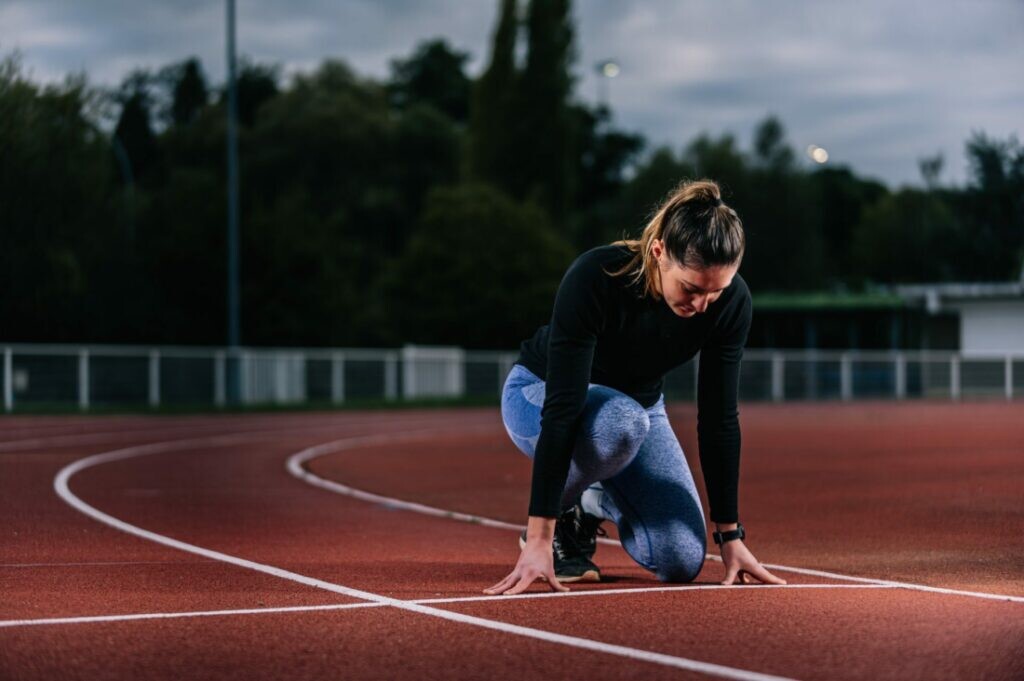
400 meter repeats
Warm up with 15 minutes easy running
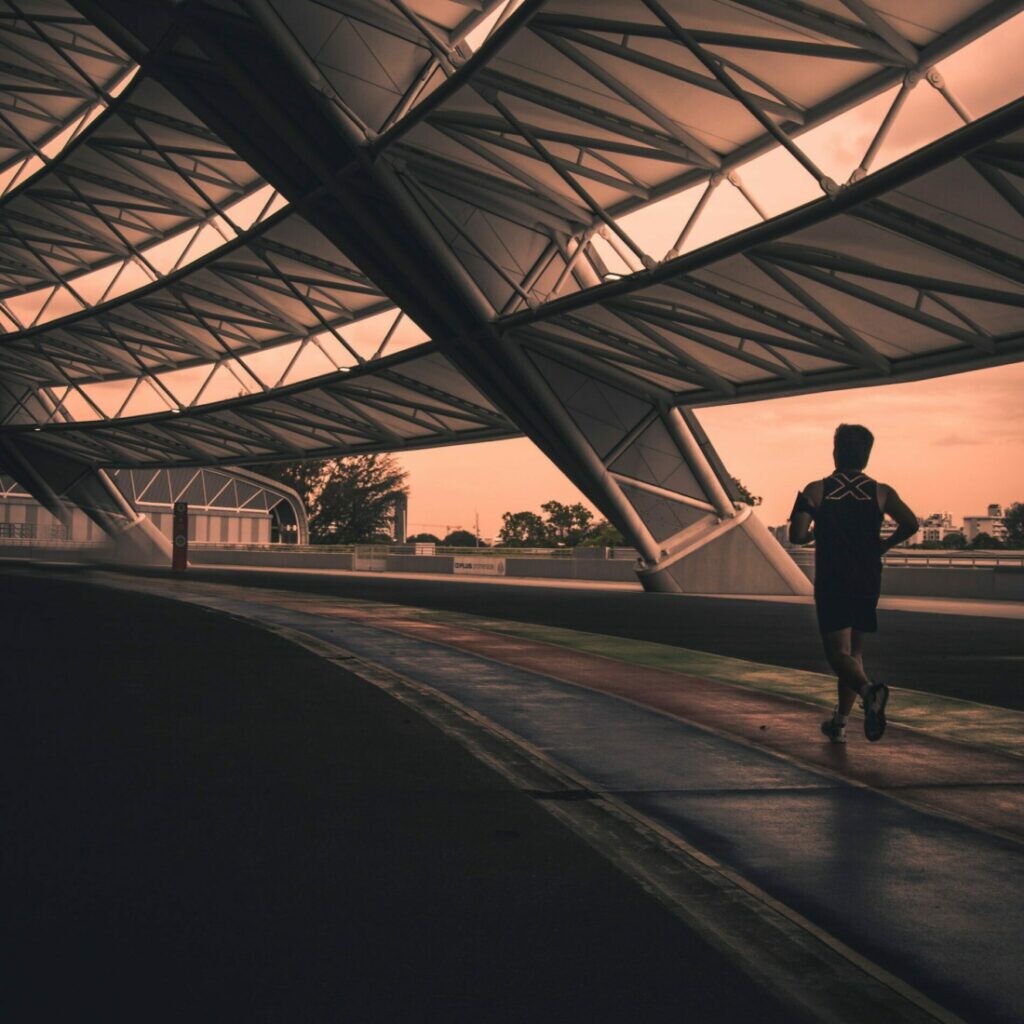
12 x 400m with 400m easy running for recovery between each one
Cool down with 10 to 15 minutes easy running
The 1K repeat workout
Warm up with 15 minutes easy running
6 x 1K with 400m easy running for recovery in between
Cool down with 10 to 15 minutes easy running
1,600 meter repeats
Warm up with 15 minutes easy running
3 x 1,600m with 600m easy recovery in between
Cool down with 10 to 15 minutes easy running
As always after a hard session, make sure you hydrate well and follow your speedwork day with an easy running or recovery day. If you’ve incorporated strength training into your weekly routine, try to double up (do both your strength routine and your speedwork) on hard workout days, so that your easy or recovery days truly are just that–easy.
(11/29/2022) ⚡AMPby Keeley Milne
Recover like Kipchoge: three simple ways you can be like the GOAT
The world’s fastest marathoner knows how to take care of himself. Eliud Kipchoge, 38, lives and trains at the NN Running camp in Kaptagat, Kenya. While the athlete is constantly in demand to share his wise words and insight with the world, he knows how to say no (he calls it Vitamin N) in order to keep his focus where it is most needed.
Here are three simple ways Kipchoge makes sure he takes care of his body and mind during his downtime. Most of us wouldn’t be able to keep up with Kipchoge on a training day, but we can certainly follow his recovery plan.
Sleep is essential
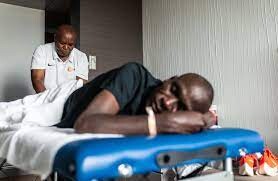
Aim for a minimum of 8 hours of sleep a night. Research increasingly shows how essential sleep is to all aspects of our lives, and how detrimental spending months or years sleep-deprived can be. Kipchoge gets close to 10 hours of sleep daily.
Kipchoge follows a strict sleep schedule, heading to bed by 9 pm at night and rising at 5:45 am. He also fits in a daily nap. Sports writer and commentator Cathal Dennehy spent three days in 2021 at Kipchoge’s training camp, and writes: “Despite the many demands on his time, he’s very, very good at doing nothing.”
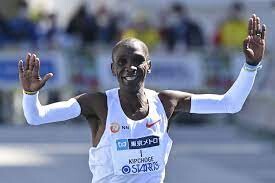
Hydrate well, and eat nutritious food
The exact amount of water we need to drink is oft-debated, but you’re probably not drinking enough. Kipchoge hydrates well and his diet consists largely of simple, whole foods. The GOAT has worked with a nutritionist to tweak his diet for optimal performance, including adding more protein. Many runners tend to eat less on recovery days, thinking their bodies don’t need as many calories–but we actually need to dial in nutrition on recovery days to help our bodies repair tissue damage and become stronger. Protein is essential.
Dennehy observed that Kipchoge eats simple, mainly local food: “homemade bread, local fruits and vegetables, lots of Kenyan tea, some meat, and a generous daily helping of his favourite–ugali, a dense maize-flour porridge.”
Massage and physiotherapy are fantastic (but so is listening to your body)
Kipchoge sees his long-time physiotherapist, Peter Nduhiu, twice a week for a massage. The athlete hasn’t reported any major injuries, and Nduhiu says there’s a reason for that. “He hasn’t had injuries, but he makes it easy for me, because he follows what the coach says,” he explains. “If you’re managing an issue and tell him to slow down, he does exactly that.”
Massage and physiotherapy are fabulous tools if they are accessible to you. If they aren’t, self-massage and mobility work can help. Most importantly, listen to your body: if Kipchoge slows down to help his body recover well, so can you.
(11/28/2022) ⚡AMP
by Running Magazine
Breathe your way into your best running performance
Your breath has the power to shift your approach to an intense event and can be key to how you perform, sports psychologist and author Jeff Afremow writes in his book The Champion’s Mind: How Great Athletes Think, Train and Thrive. “To perform at a champion’s level, breathe deeply and rhythmically to maintain peak energy levels,” Afremow says. Here’s how to harness your breath and use it to run strong.
Tricks to proper breathing

Proper breathing helps you stay in the moment, promotes a relaxation response, and releases tension. Expand your belly as you inhale, and relax your belly during exhalation, letting your shoulders drop and jaw relax as you exhale. Try right now, as you read this. If it seems challenging, lie flat on the floor or a couch and place one hand on your belly to feel it rise and fall.
“Your breathing can become shallow when you feel angry or anxious,” Afremow says. This causes diminished oxygen intake, and increased muscle tension. Taking some deep breaths in tough situations helps calm your nervous system.
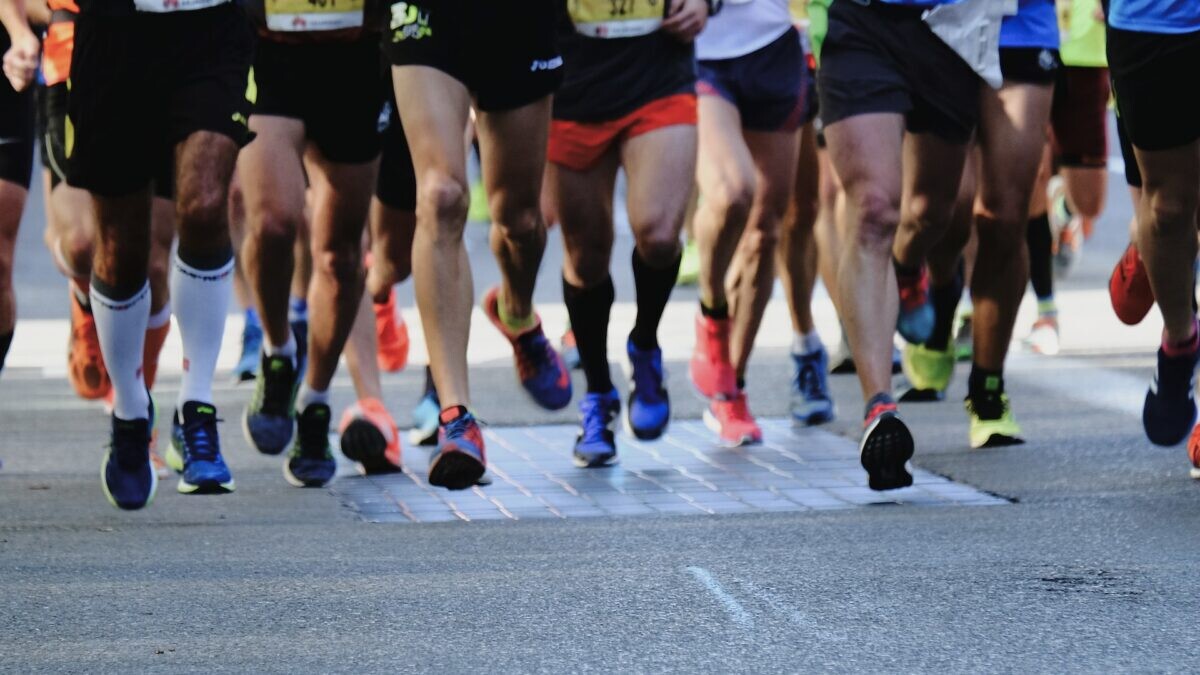
Three steps to taking a deep, grounding breath
1. Breathe in through the nose for a slow count to five.
2. Hold for two counts.
3. Breathe out through the mouth for a slow count to eight.
Mentally count to five on the in-breath, count to two as you hold the breath, and count to eight for the out-breath, suggests Afremow. Repeat the steps for four cycles (creating a one-minute breathing workout) or as many times as you need. “Breathing in this manner will help you to slow your heart rate, calm your thoughts, and find inner stillness in the moment,” adds Afremow.
Practice throughout the day, not just pre-race
To make deep breathing a habit and to add it to your pre-race toolbox, check in with your breathing throughout the day, noticing whether you are breathing from the belly or the chest. Is the breath deep or shallow? Afremow suggests working on sitting quietly, simply following your breath. “Your mind becomes more powerful as it becomes quieter and clearer,” he says.
Being able to stay in the present moment, or using your breath practice to find your way back to the present, allows you to move forward through any fear or anxiety you’re facing and tackle the task at hand. Not only will a breathing practice benefit your running game, but you’ll find it useful in general life situations as well.
(11/28/2022) ⚡AMP
by Keeley Milne
Kenyan marathoner starts all-girls training camp
Kenyan distance runner Mary Ngugi, 33, shared that she often felt on high alert as she trained as a young athlete in Nyahururu, a town in the Southern Rift Valley in Kenya. Ngugi, who was third at Boston Marathon in 2022 and 2021, has created the Nala Track Club, the first all-girls training camp in Kenya. Young athletes at Nala Track Club will be guided and mentored by female coaches.
“We needed to give them a safe place where they can be themselves, where they can train without feeling they are in the shadow of men all the time,” she said in an interview with Olympics.com. Ngugi explains that while she has some fond memories of camp, she knew other girls and women didn’t share her experience.
“I was lucky. I joined a camp that was really strict. I know about girls who got pregnant while we were in camp, but it’s the girls who were sent home,” she said. “The boys continued chasing their dreams.”
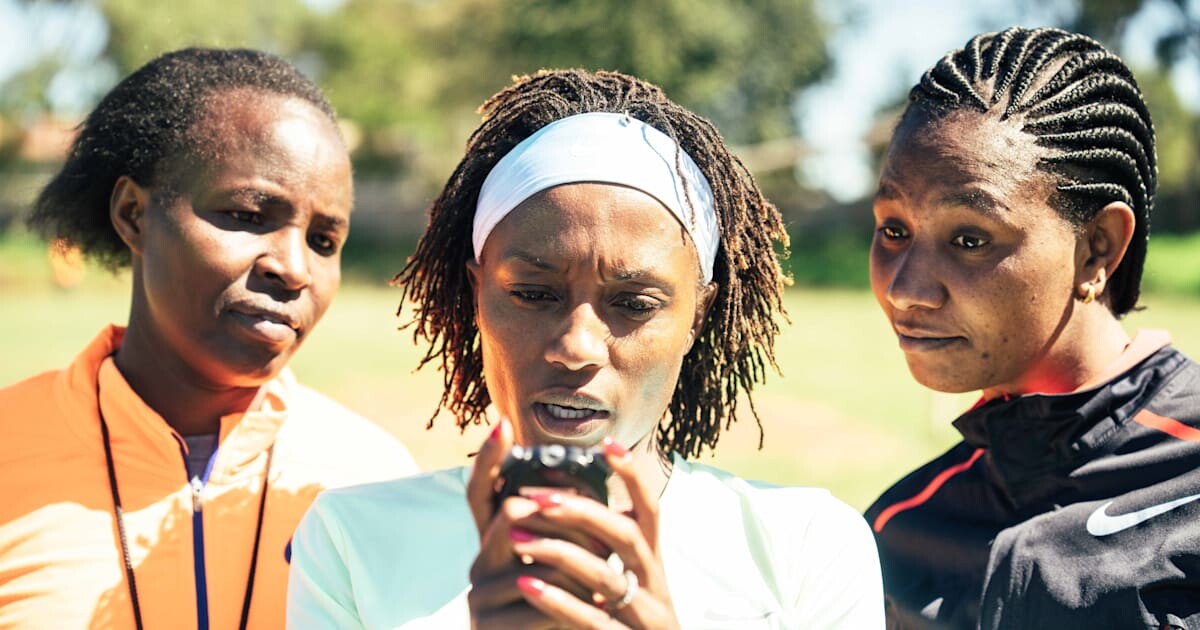
Young women athletes are also manipulated by agents and administrators, Ngugi shared, and explained that the athletes feel pressure to comply or be sent away. “Most of the athletes in Kenya, like me, we come from humble backgrounds, and you don’t want to go back there.”
In October 2021, Agnes Tirop, a talented 25-year-old distance runner who represented Kenya at the Tokyo Olympics, was murdered in her home. The ensuing shock and horror prompted athletes like Ngugi to use their voices to stand up for any athletes who are victims of gender-based violence.
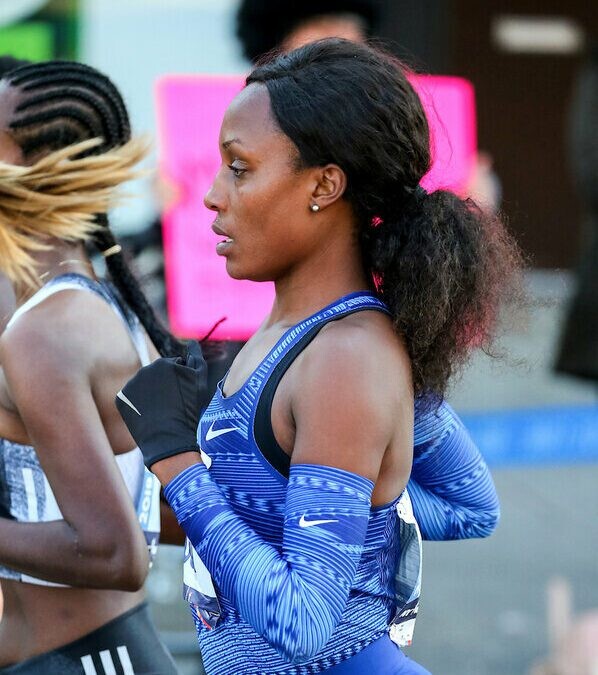
Ngugi initially formed the Women’s Athletics Alliance, “to help the next generation avoid the suffering that so many female athletes have gone through.” She realized that more was needed to support young women athletes: “Women’s Athletics Alliance was more about empowering women, mentorship. And then we thought, it’s not just about mentorship, it’s not just about talking to these girls,” she added. We need to do something, give them a safe place.”
The Nala Track Club was born, and currently has five athletes ages 16 to 22 with the plan to expand to 12 runners. As well as supporting them in training, Ngugi’s camp pays for the athletes’ education and encourages them to attend school, noting that many young women who train at camps have to stop school, either because their camp doesn’t support their education or their parents cannot afford school fees.
“We also want to empower them to have a voice in society, not just in matters of athletics. When they are out there, they can communicate and speak out.” Ngugi is also working to encourage women coaches and mentors; collaborating with her former coach Francis Kamau, Athletics Kenya, and the UK-based Female Coaching Network to train female coaches in her home region.
While Ngugi’s short-term goal is to have female coaches work with the girls at the Nala Track club, she also wants to inspire her fellow athletes to consider coaching once retired from the sport.
“I want to be in an Olympic team with a few female coaches, not just male coaches. I don’t want the women to be in the teams as chaperones,” says Ngugi.
(11/28/2022) ⚡AMP
by Running Magazine
Make a strong, healthy comeback to running with these tips
"Hurry slowly," says ultrarunner Emelie Forsberg.
Whether you’re returning from injury or took some time off of running because of low motivation or life stress, we have some tips from pro ski mountaineer and ultrarunner Emelie Forsberg, author of Sky Runner, on making your comeback. Norway-based Forsberg (who is ultrarunning GOAT Kilian Jornet‘s partner) has returned to racing after having two children, navigated knee surgery, and maintained her delight in training the entire time. Follow her lead and make a smooth return to tackling your running goals.
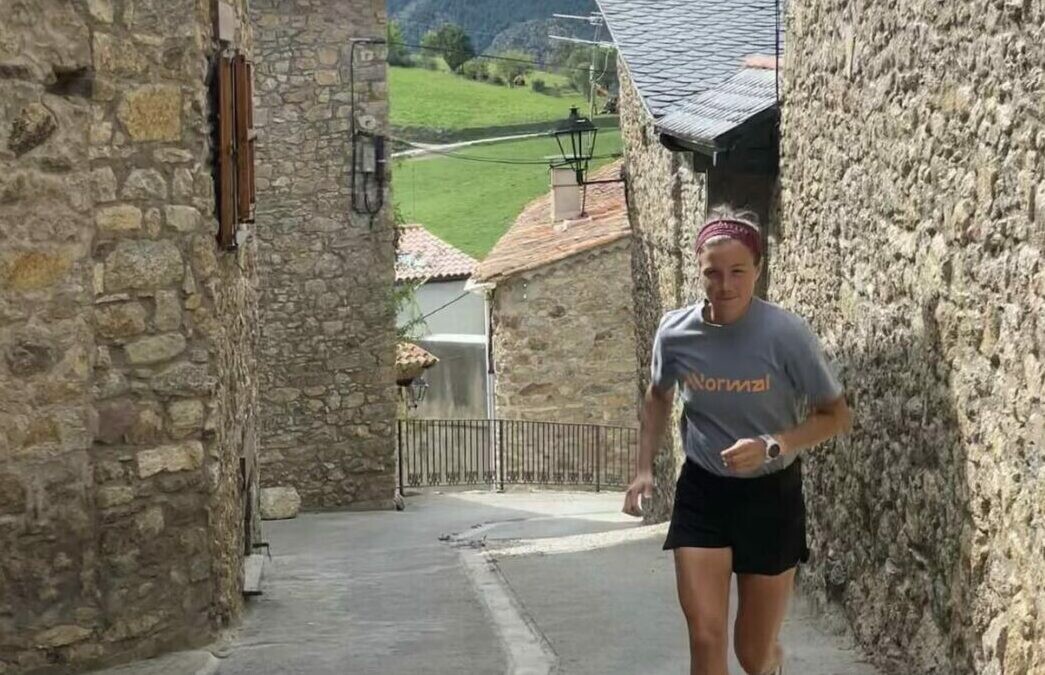
Find your motivation
Forsberg suggests taking a deep mental dive into what you love about running. She notes that your motivation and goals may have changed since you first began, and that’s OK. “Listen to your body and adjust your training according to the new circumstances,” she says.
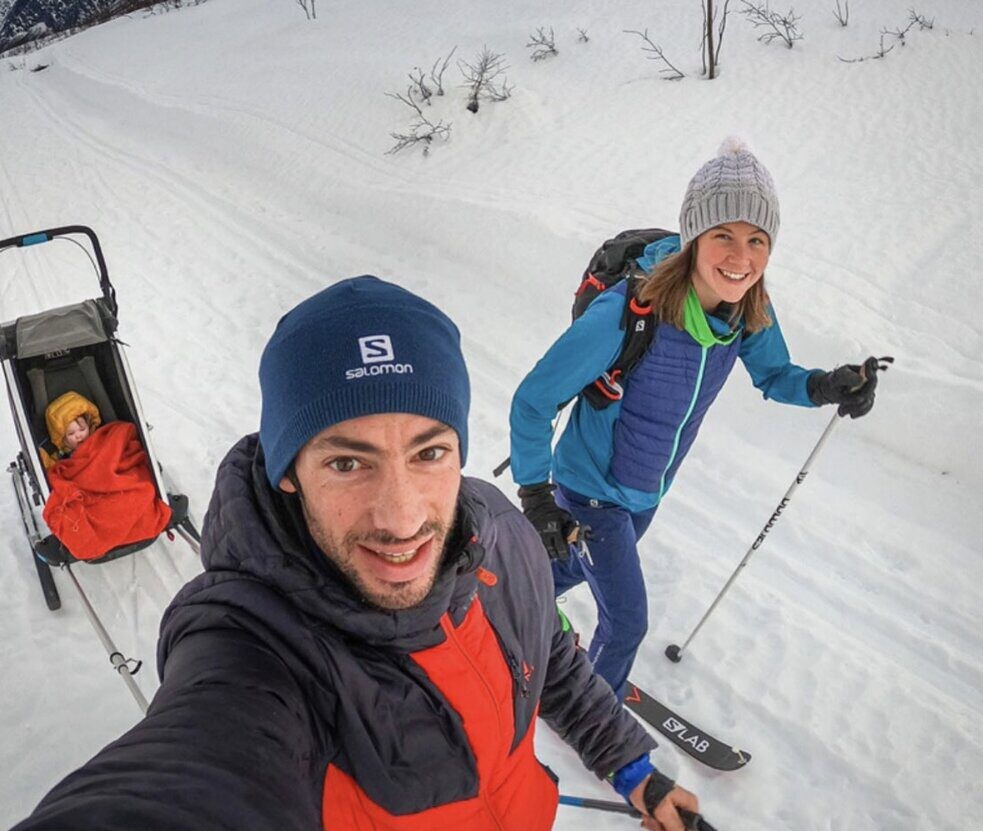
When I went through a stressful period, I had trouble focusing on anything other than the negative: I was fitting in less mileage and running more slowly than I had ever before. Reminding myself that running and moving my body in general (walking was good, too) helped me stay healthy mentally was a great way to adjust my focus, and I was able to move through that period without being too hard on myself.
Build endurance through adventure
Forsberg says she loves taking a day to run solo between huts in the mountains. While that might be a bit ambitious for most, you can adapt similar practices to incorporate fun adventures into training and keep it fresh. Heading to a new-to-you location to fit in a longer run, or exploring with friends, and pausing for a fun lunch can be great ways to keep your journey back to peak form gentle and enjoyable.
Forsberg also suggests building endurance through double sessions–but rather than doing double runs, she will ski for part of the day, then switch to running. “The body is already tired, but you end up using different muscles,” she explains. “The training is gentle as your body is tired, but not from running, so your running muscles are still fresh.
Alternate your training
Not feeling like getting out for your usual run? Forsberg says to skip it. “Do something else instead: yoga, aerobics, dance, ice skating, cycling, boxing–the list is endless.” Removing some of the pressure you put on yourself to follow your plan and moving your body in other ways will keep you feeling fresh and motivated.
Returning to running after some time off can be challenging, and navigating the challenges with a mindset focused on seeking joy, and accepting and having fun in the process will make the time fly by and bring healthy nuance to the way you view your training.
(11/28/2022) ⚡AMPby Keeley Milne


